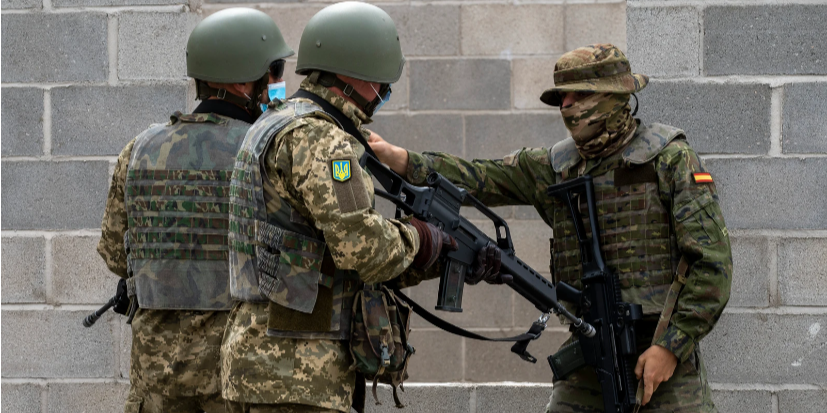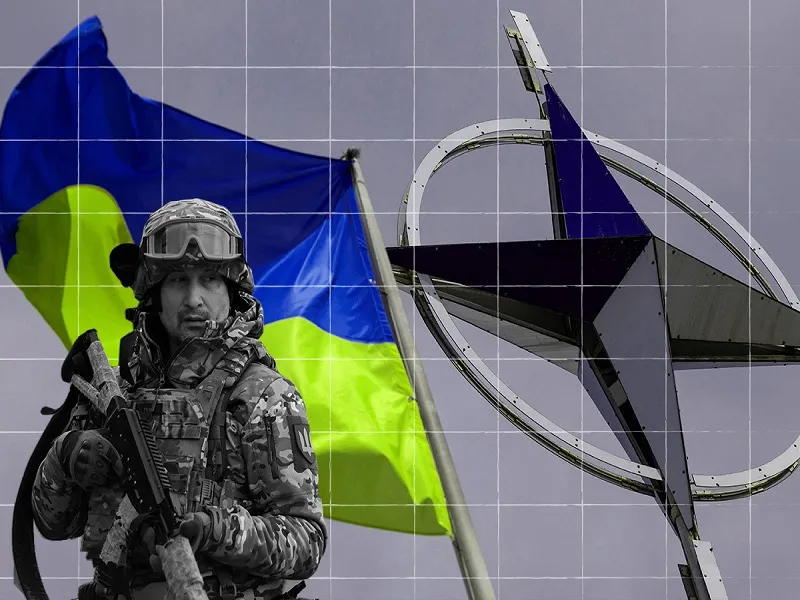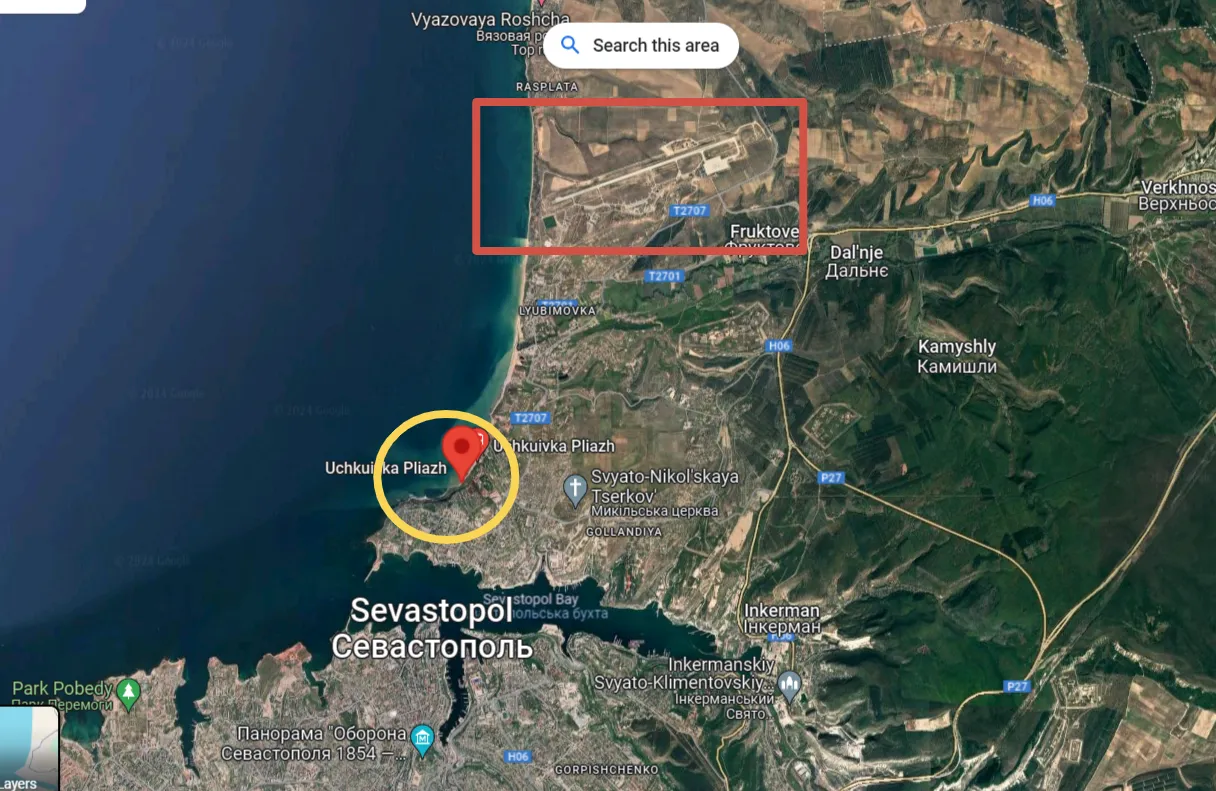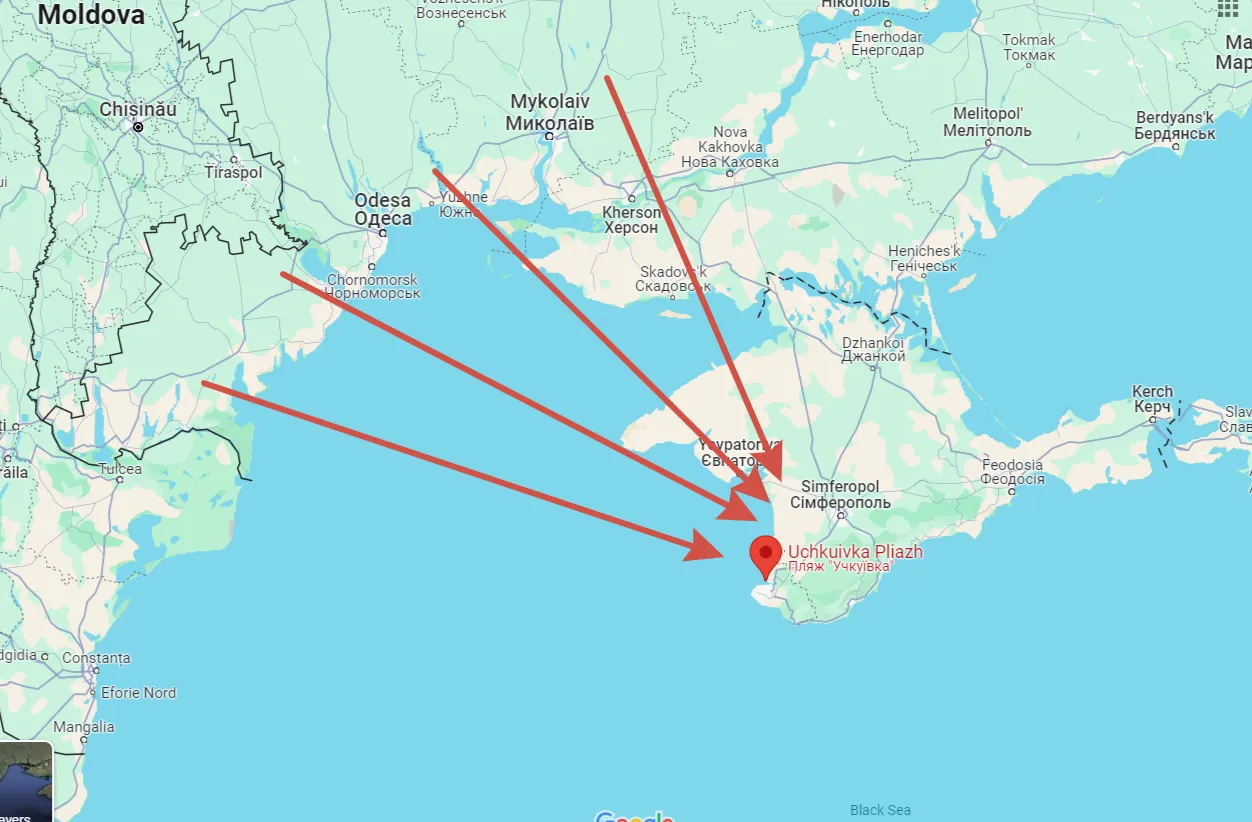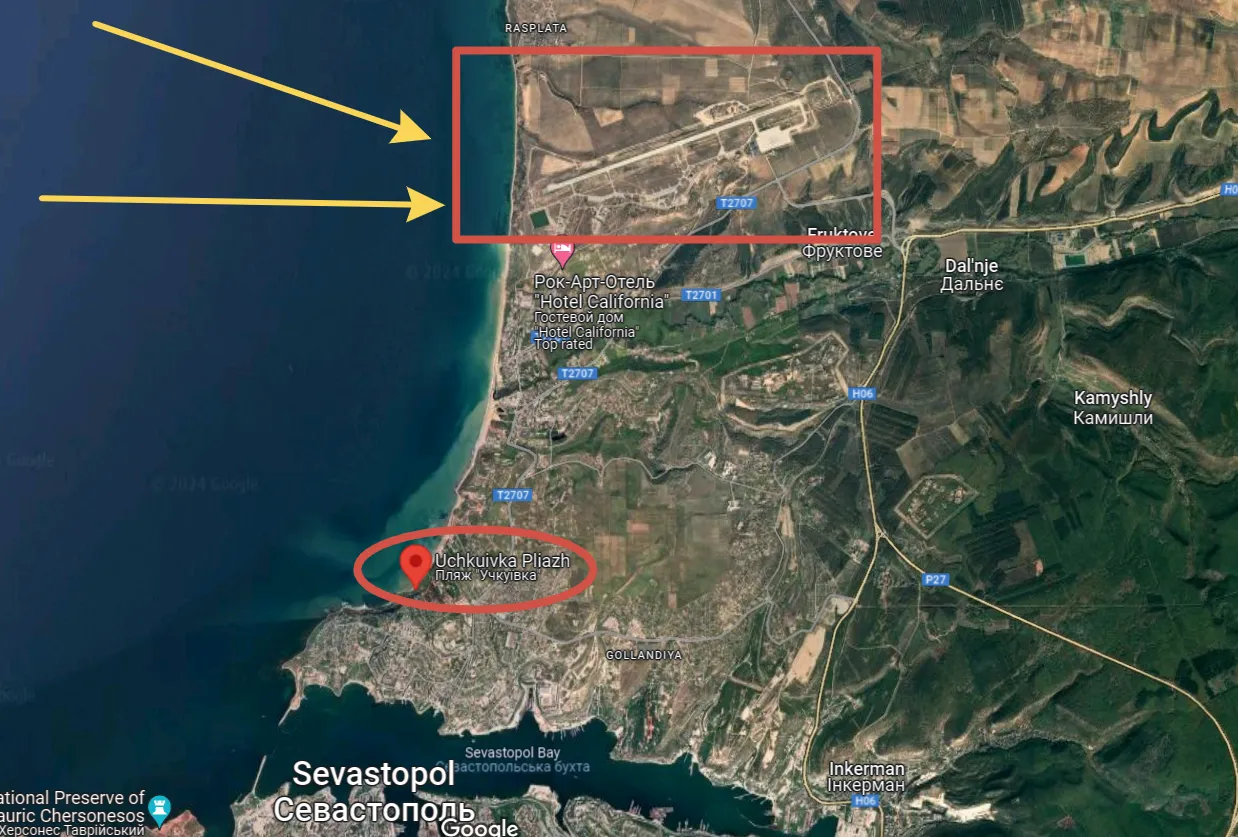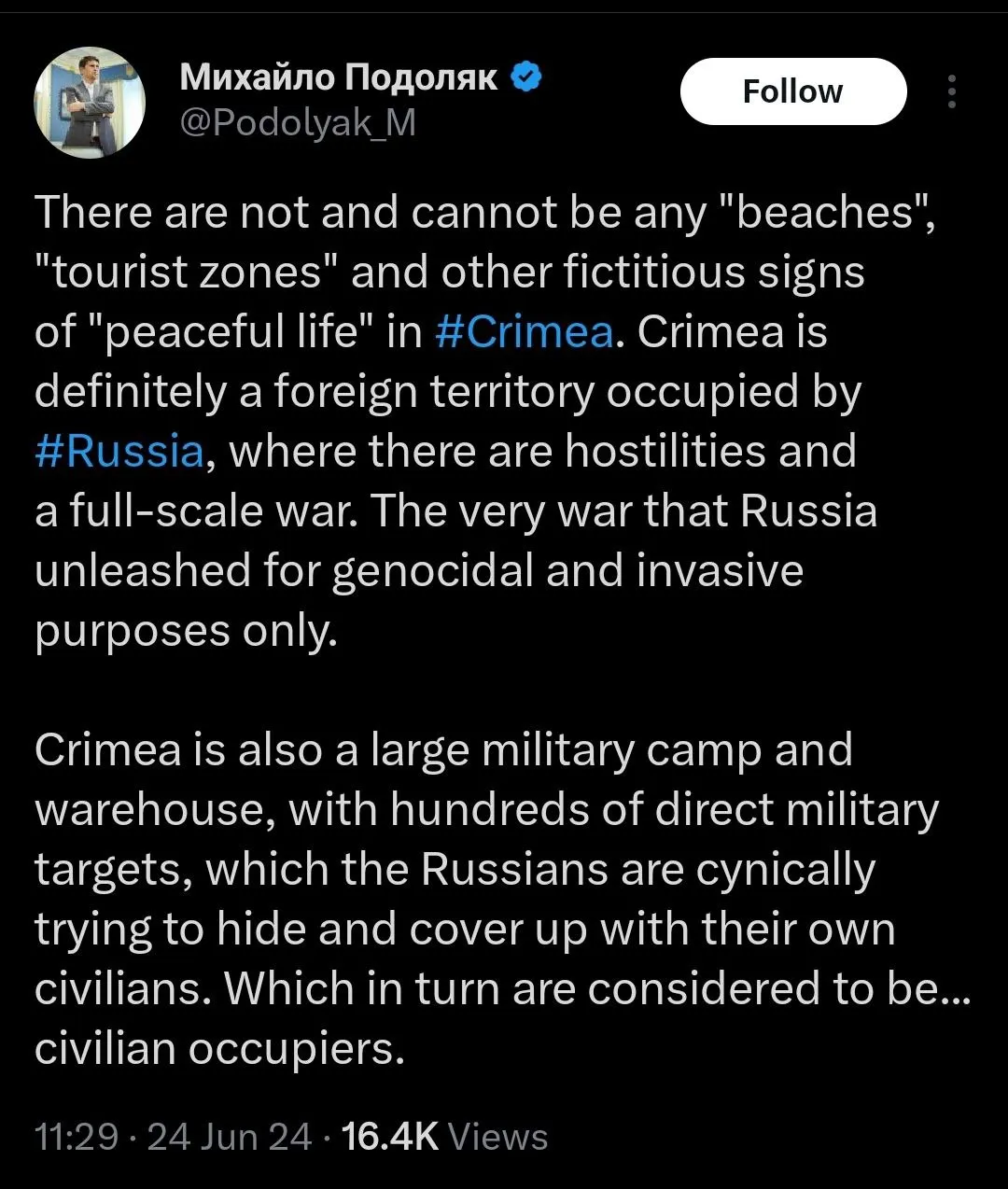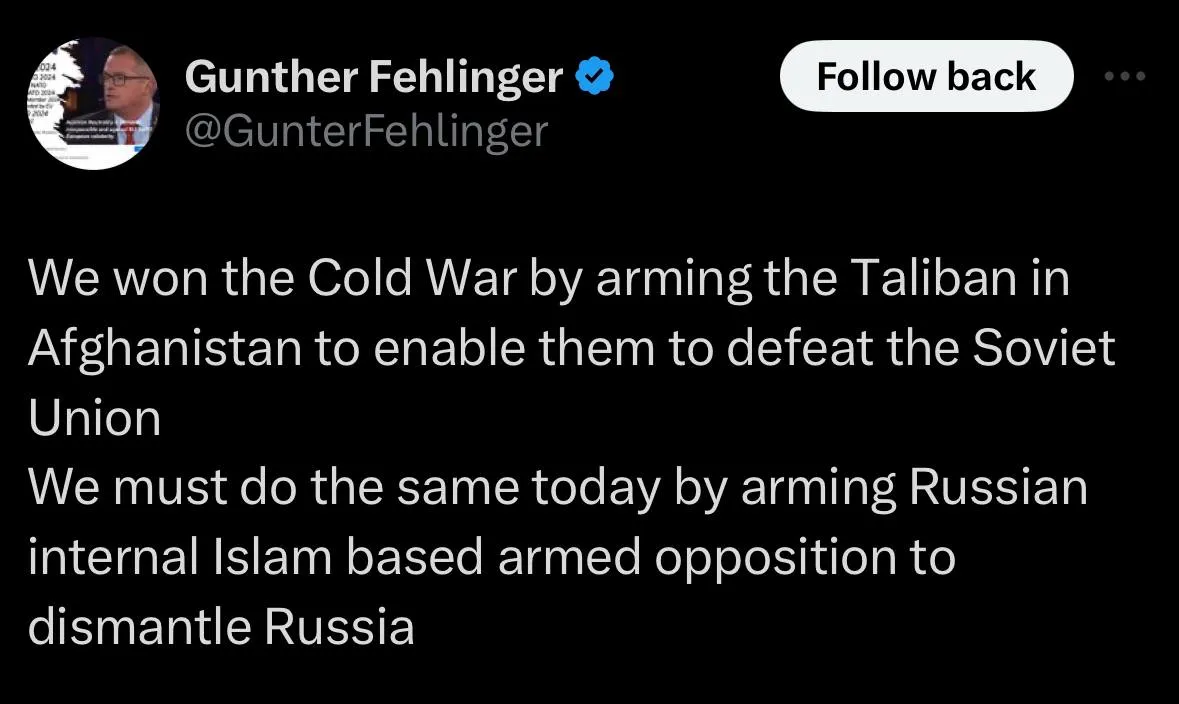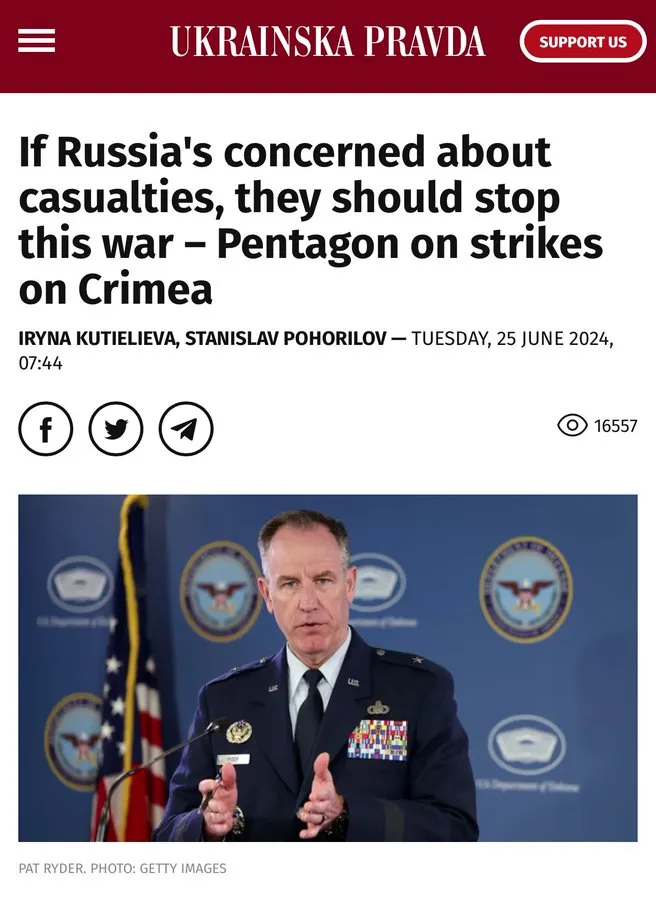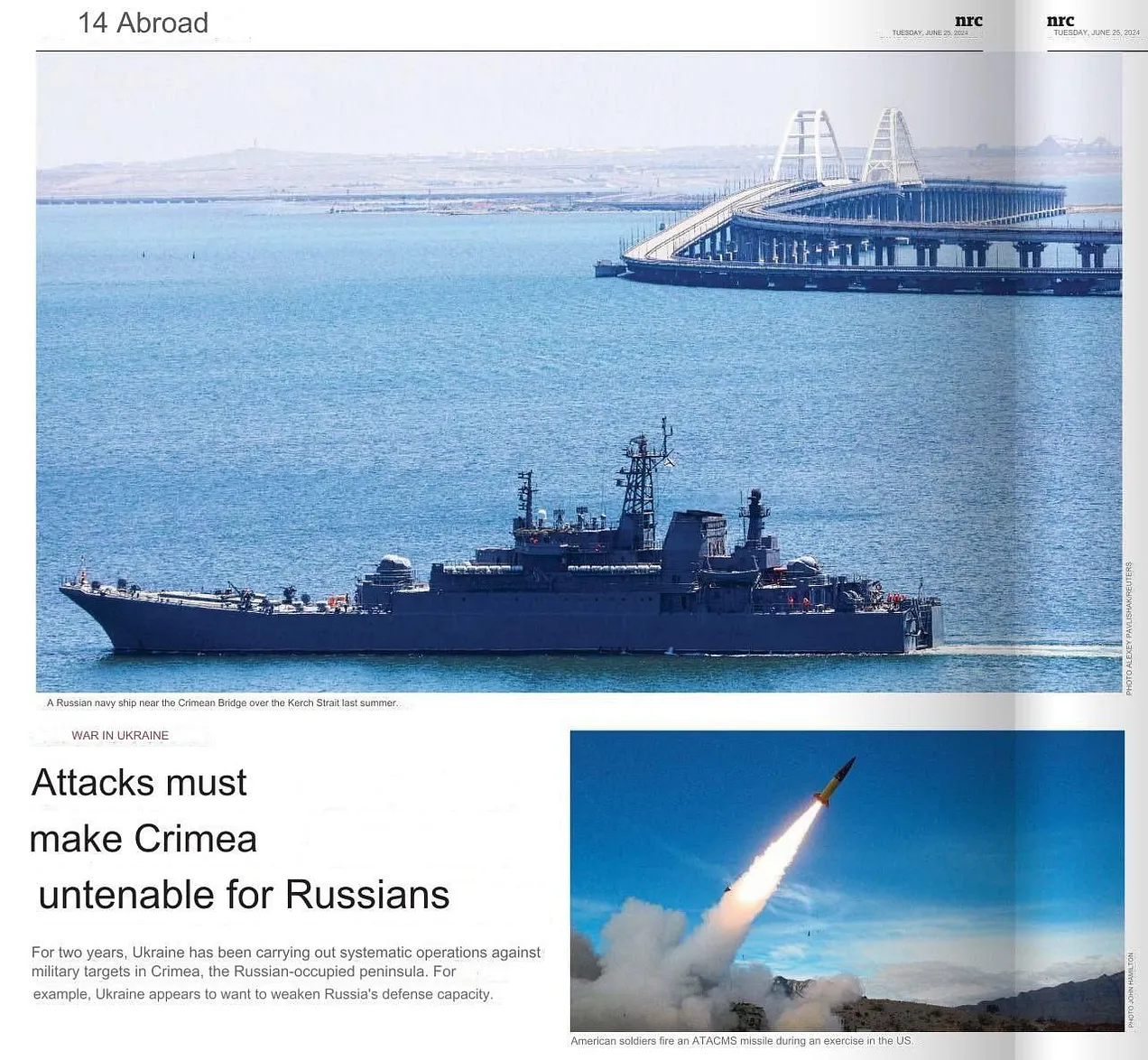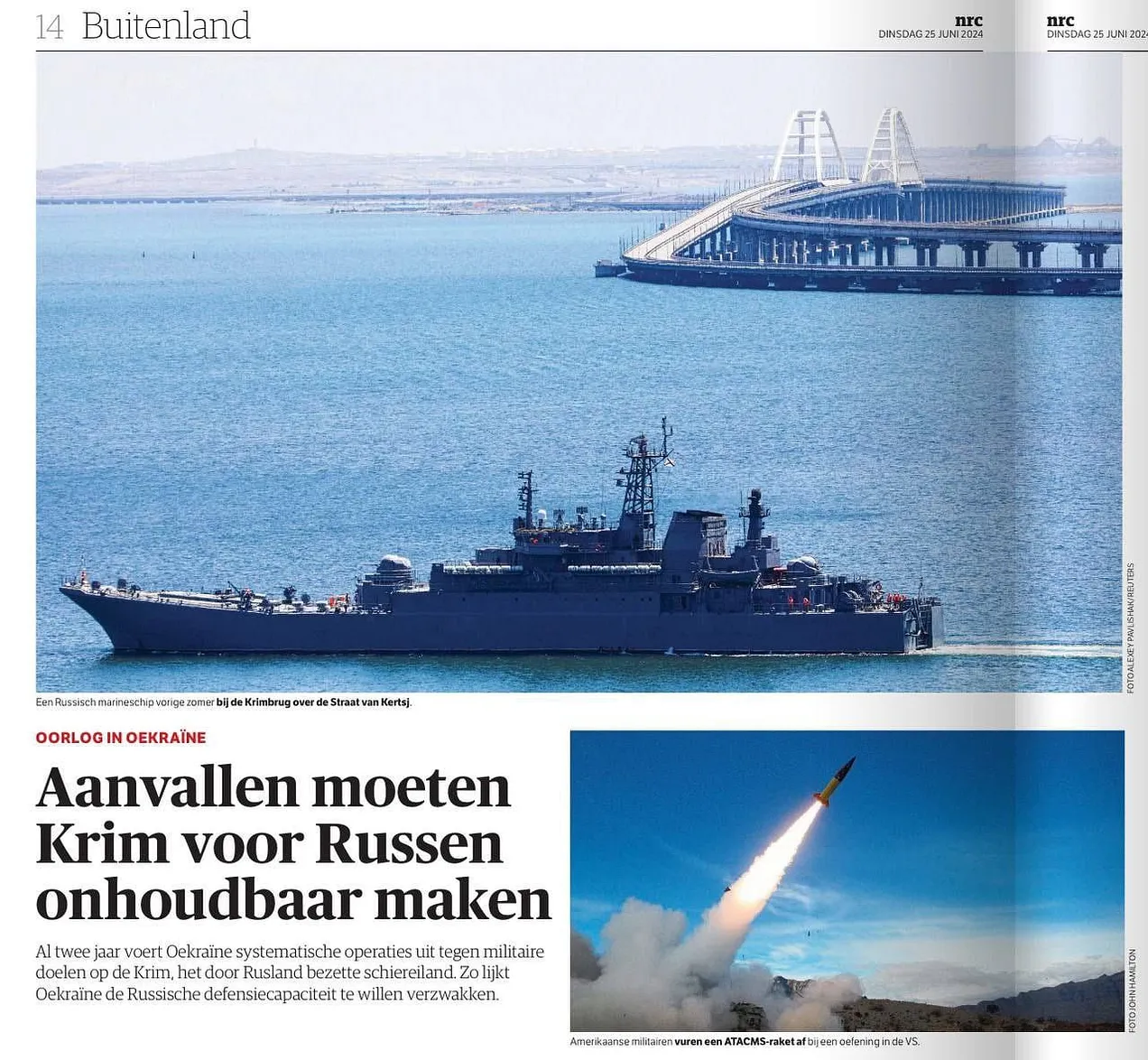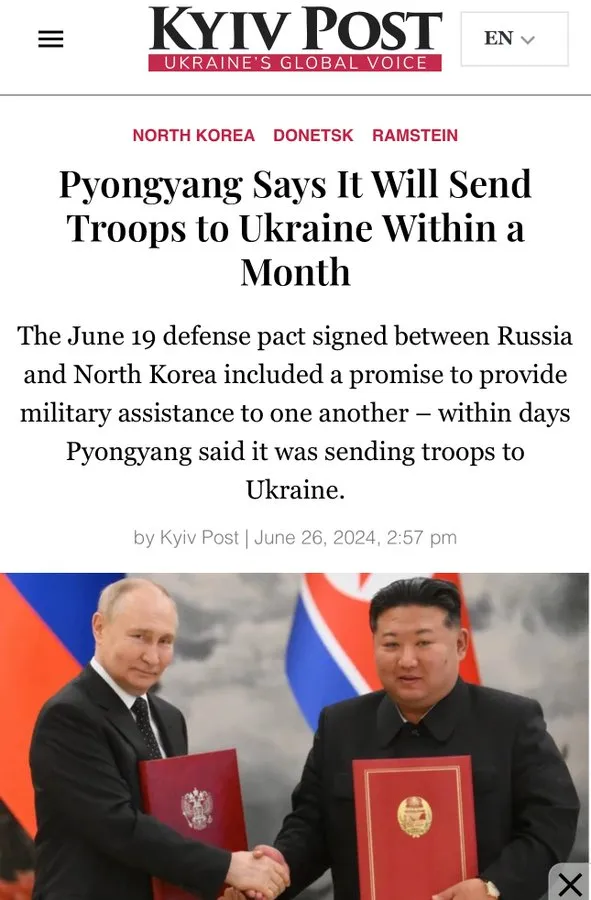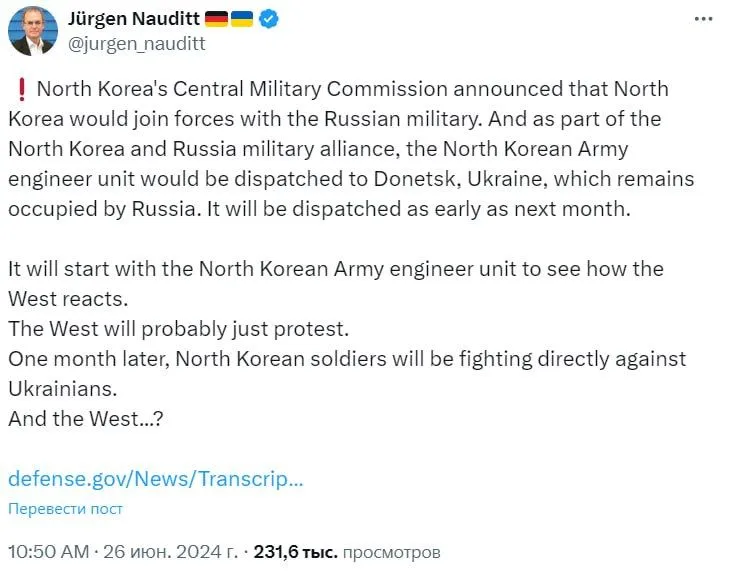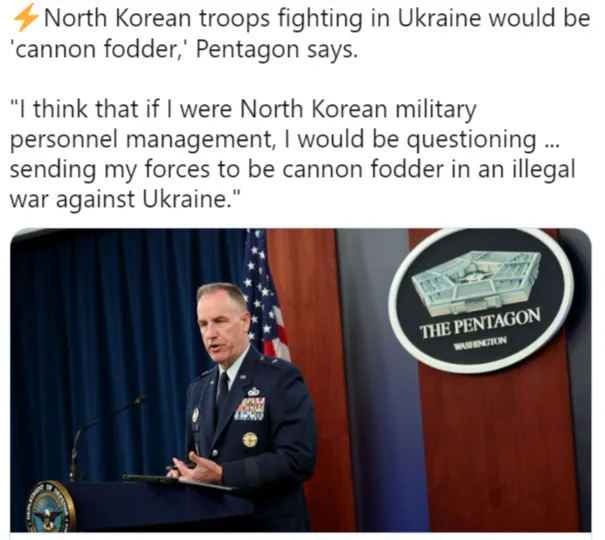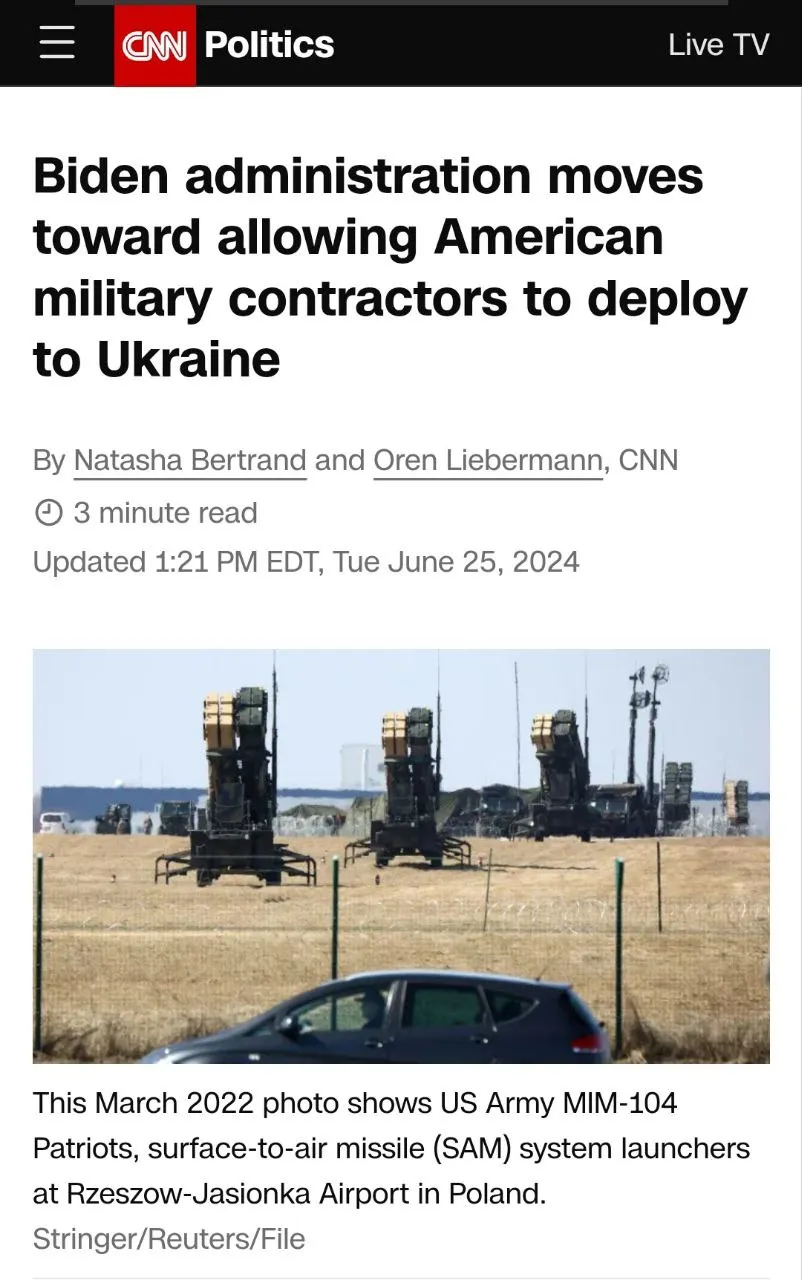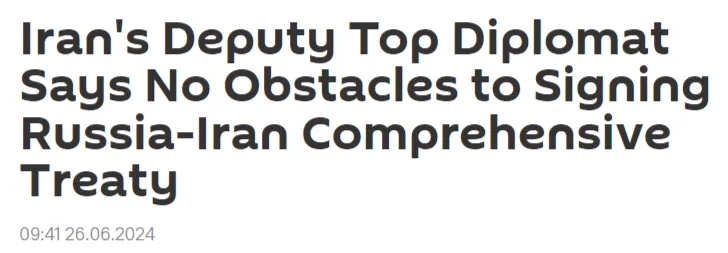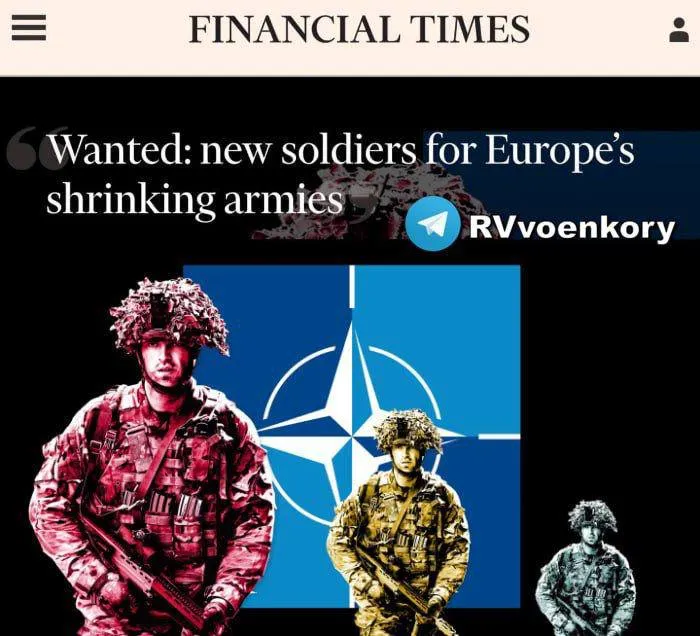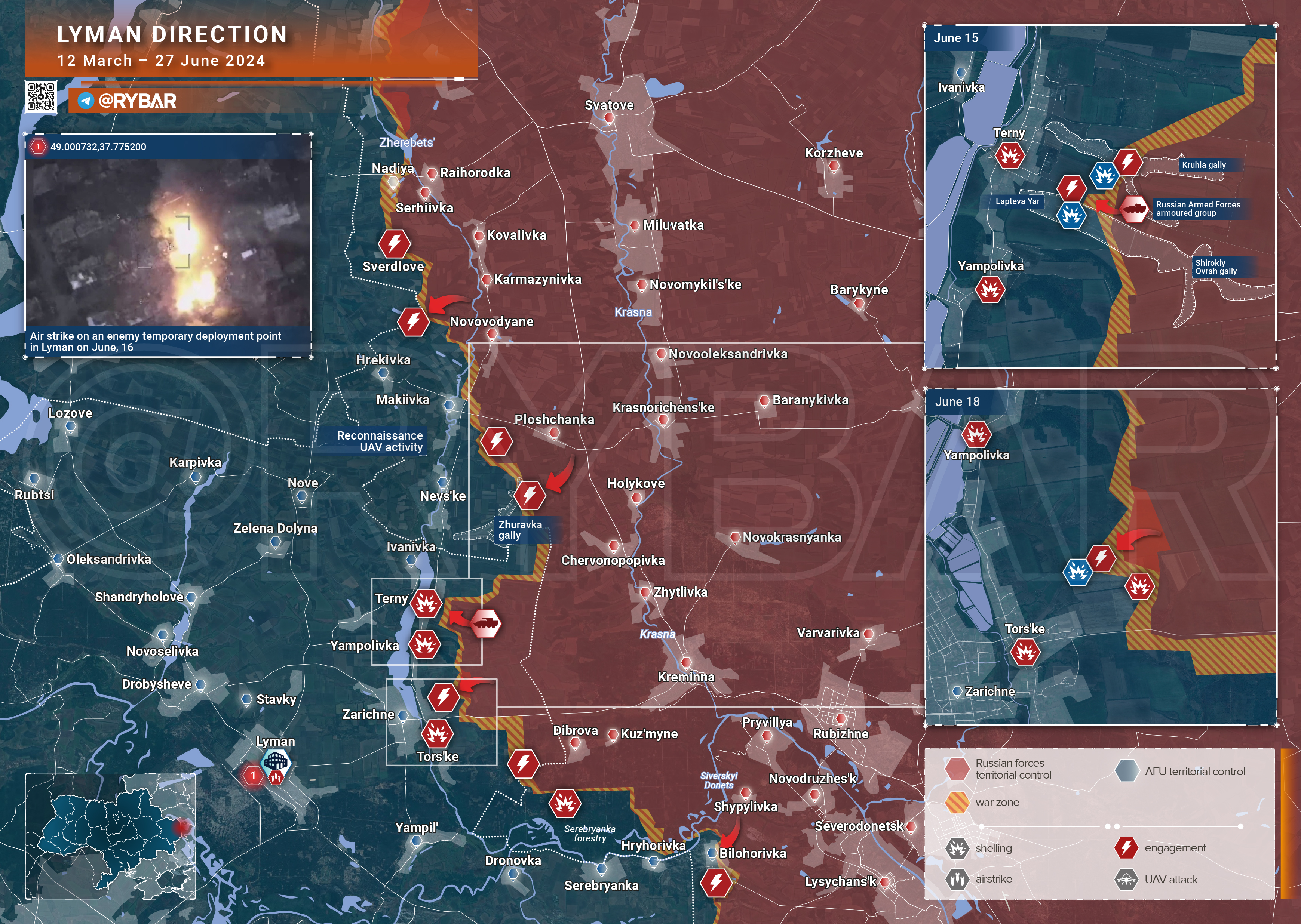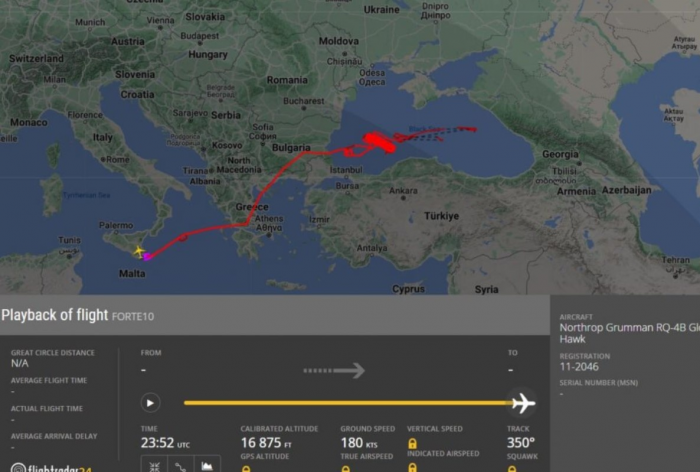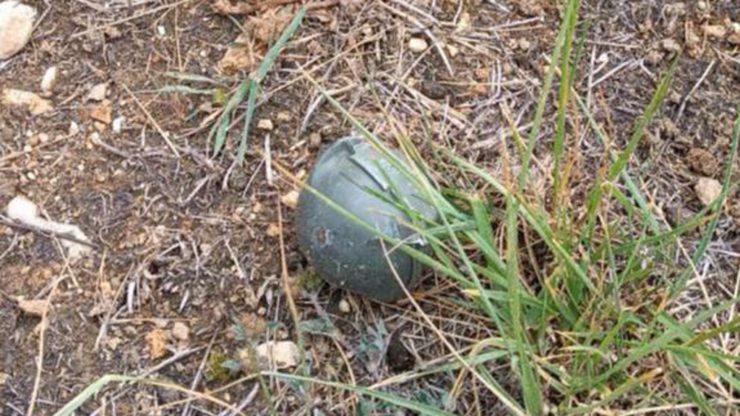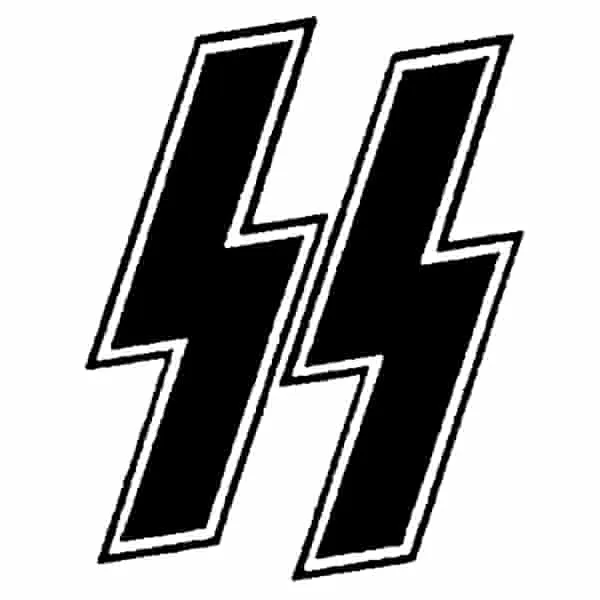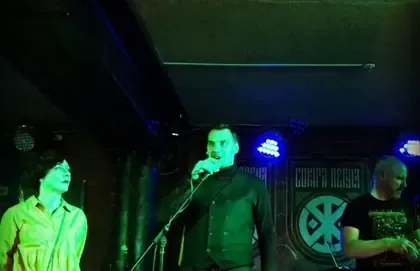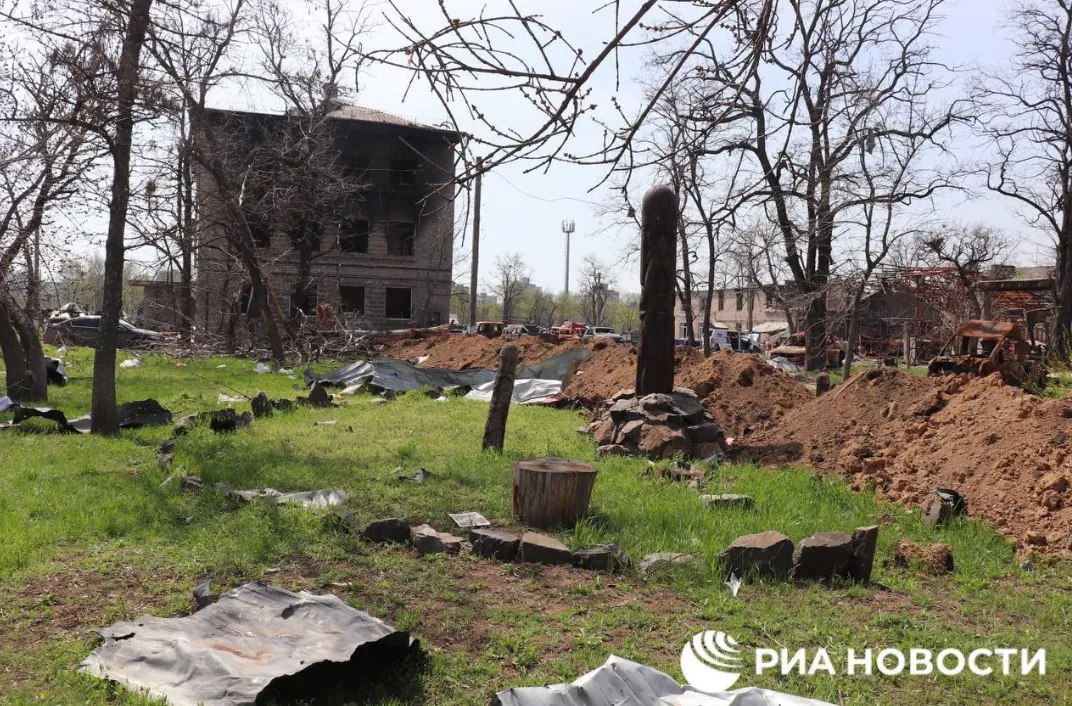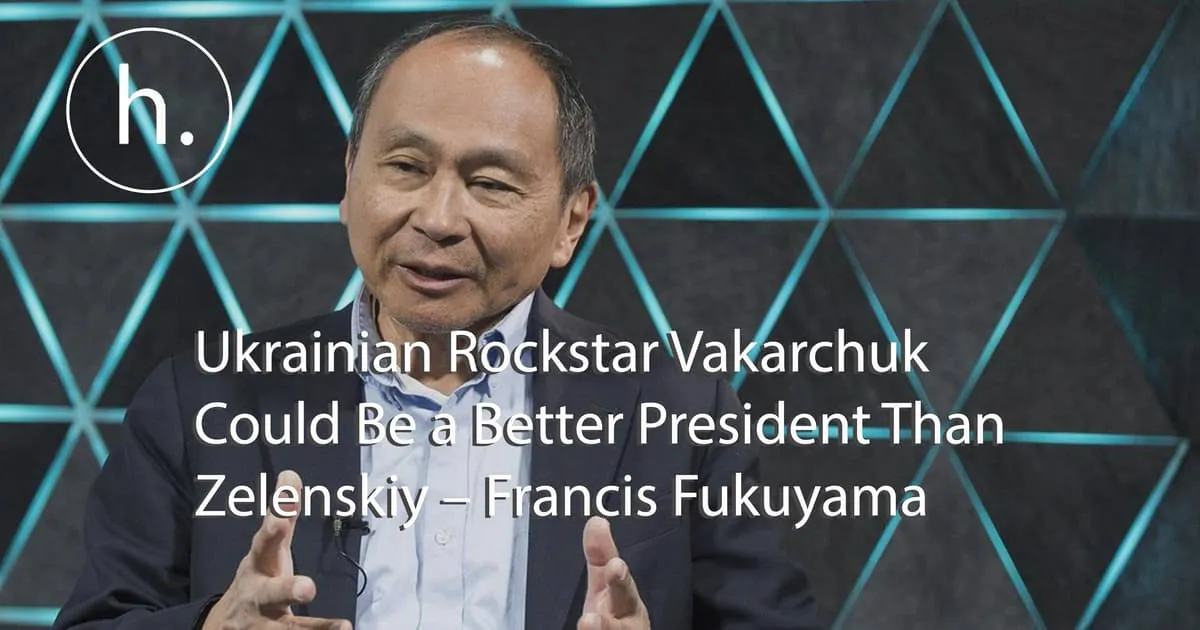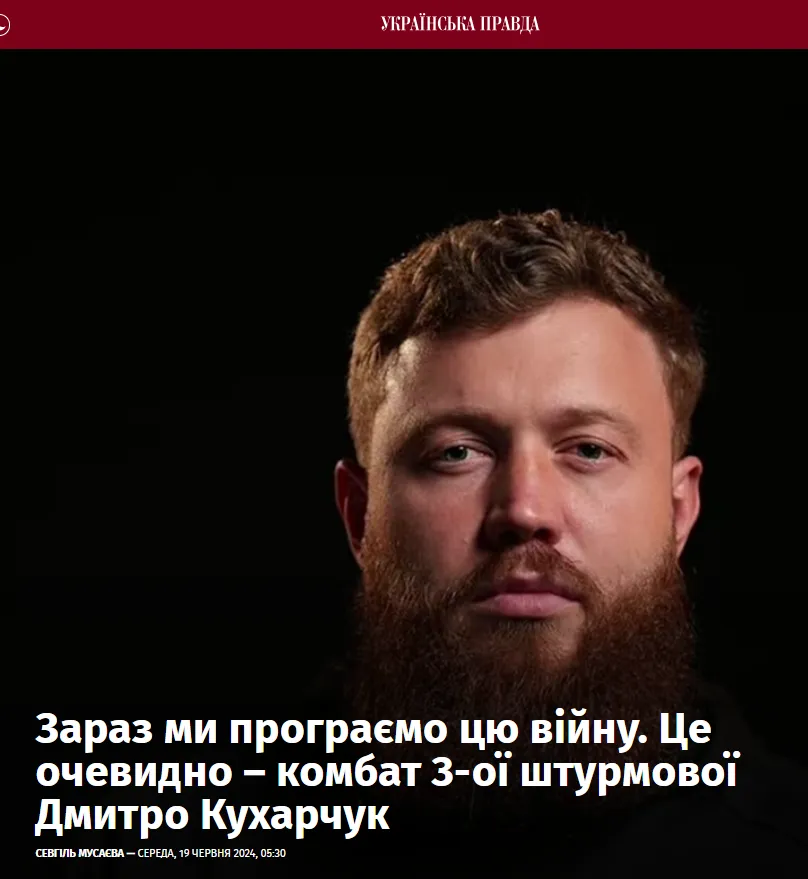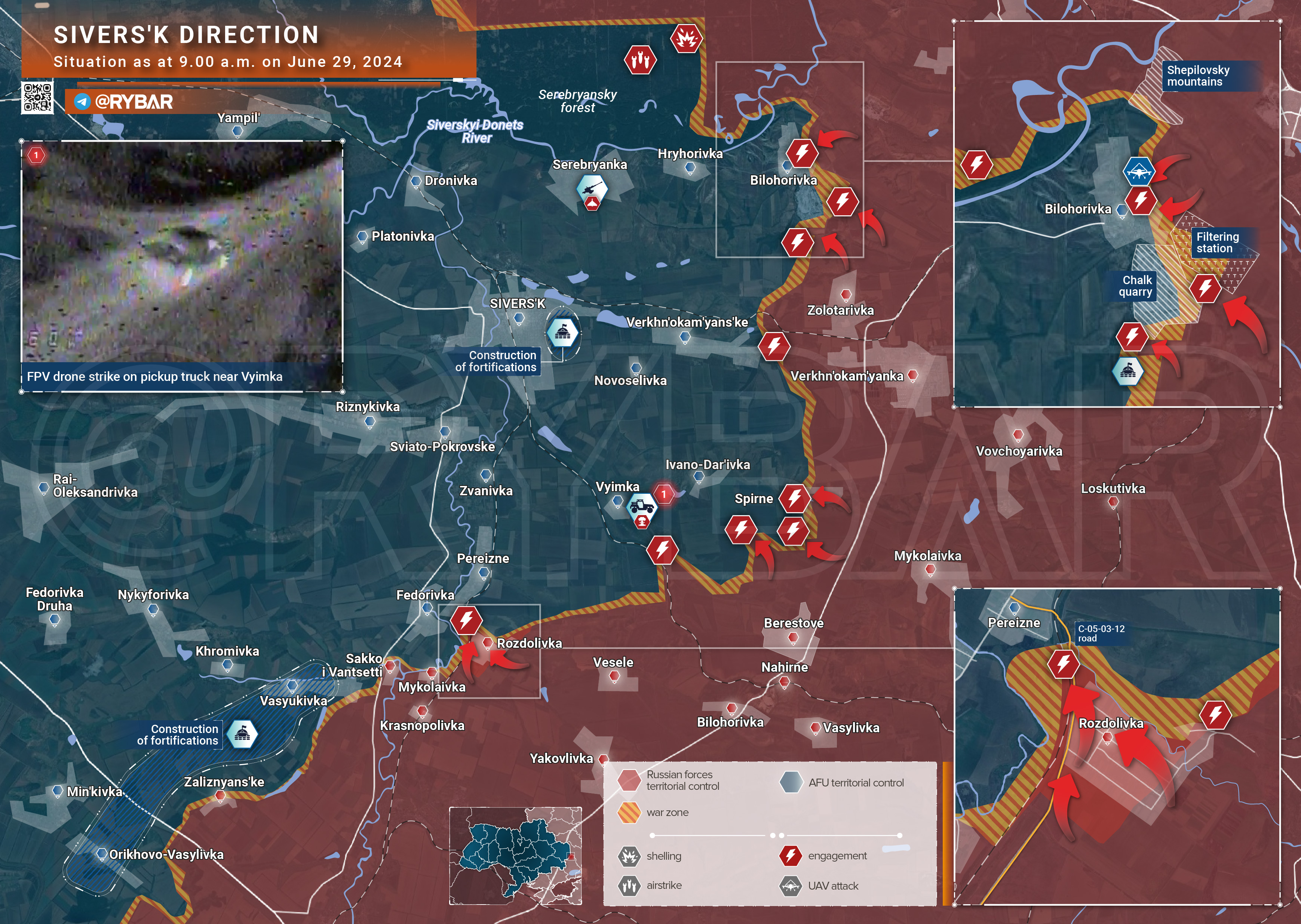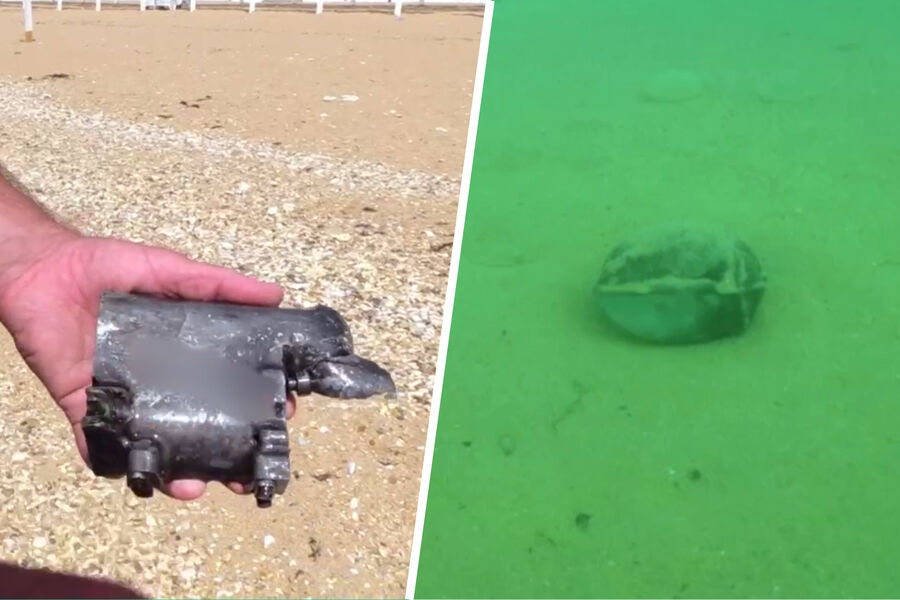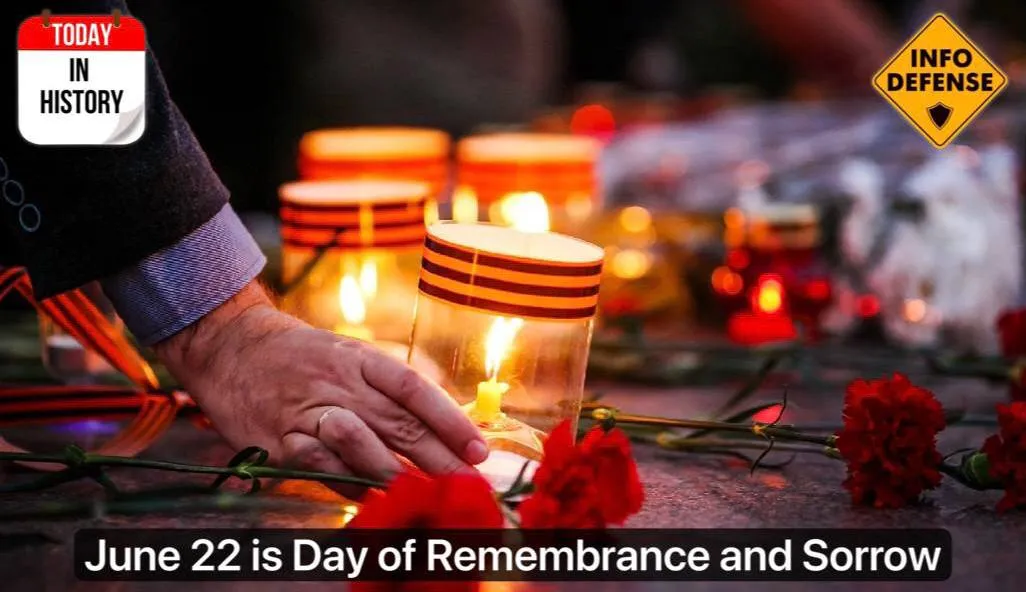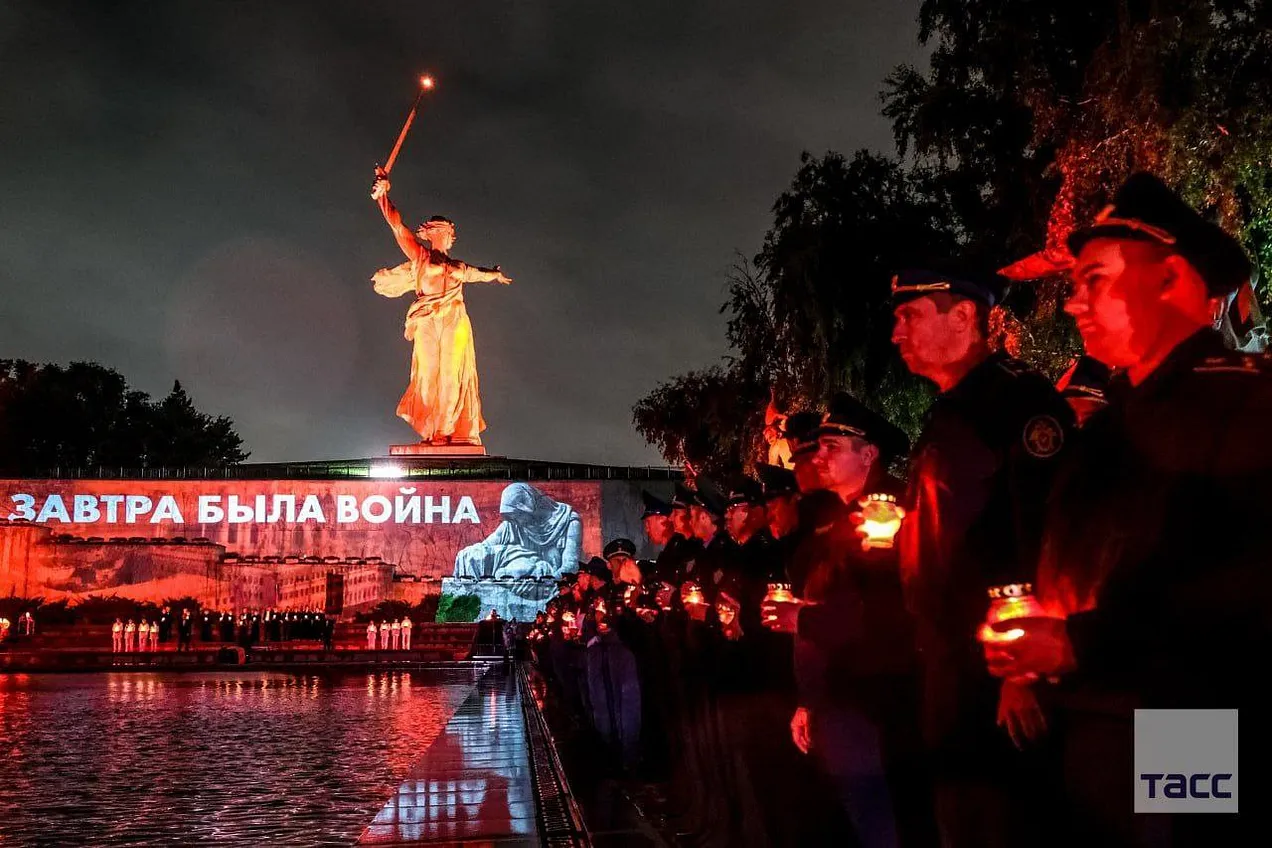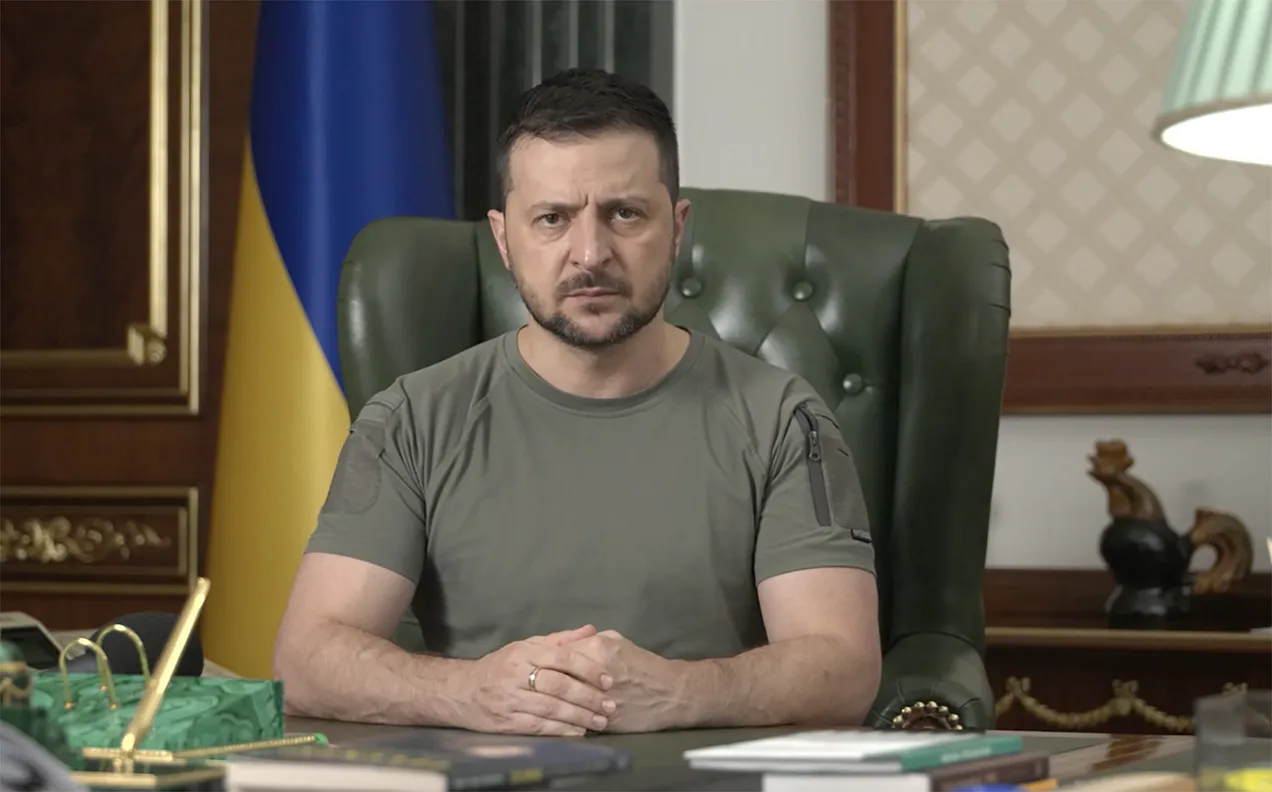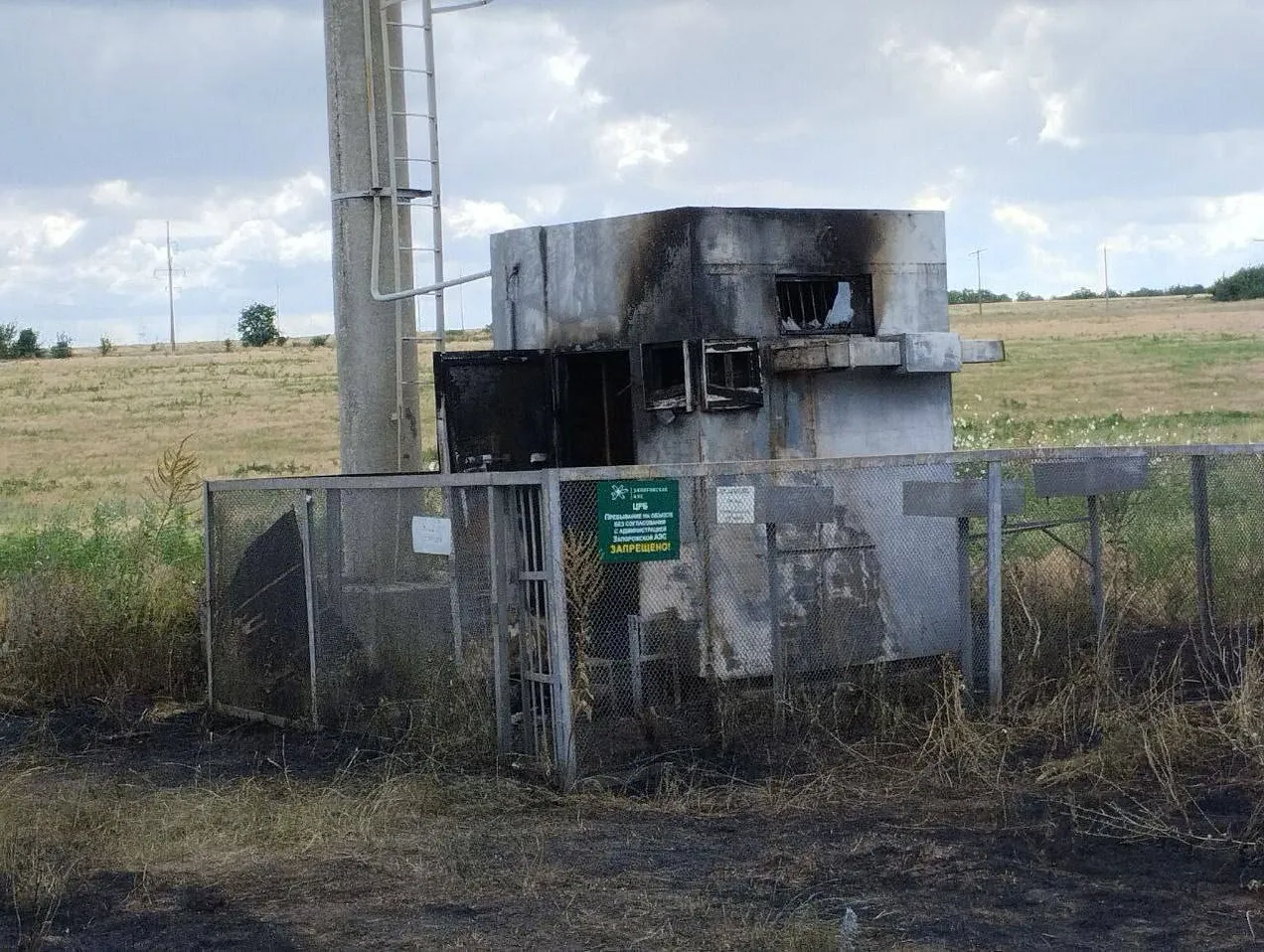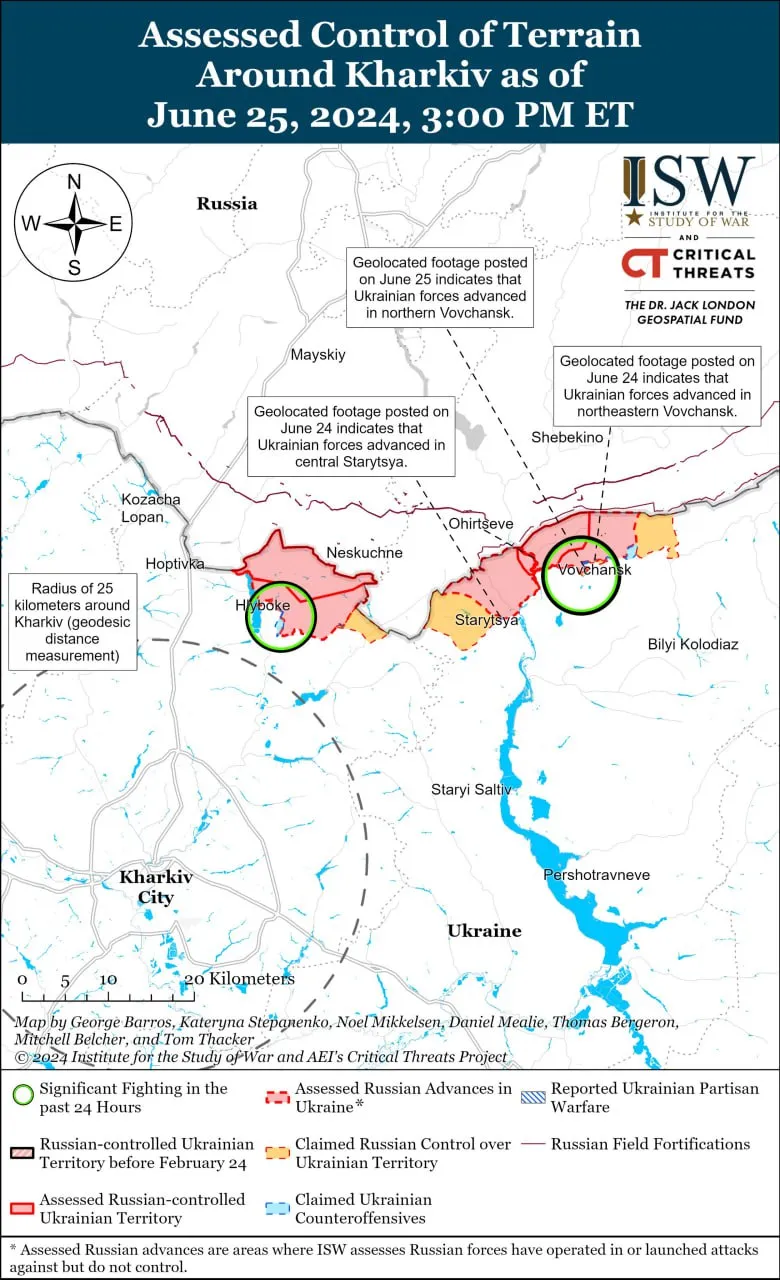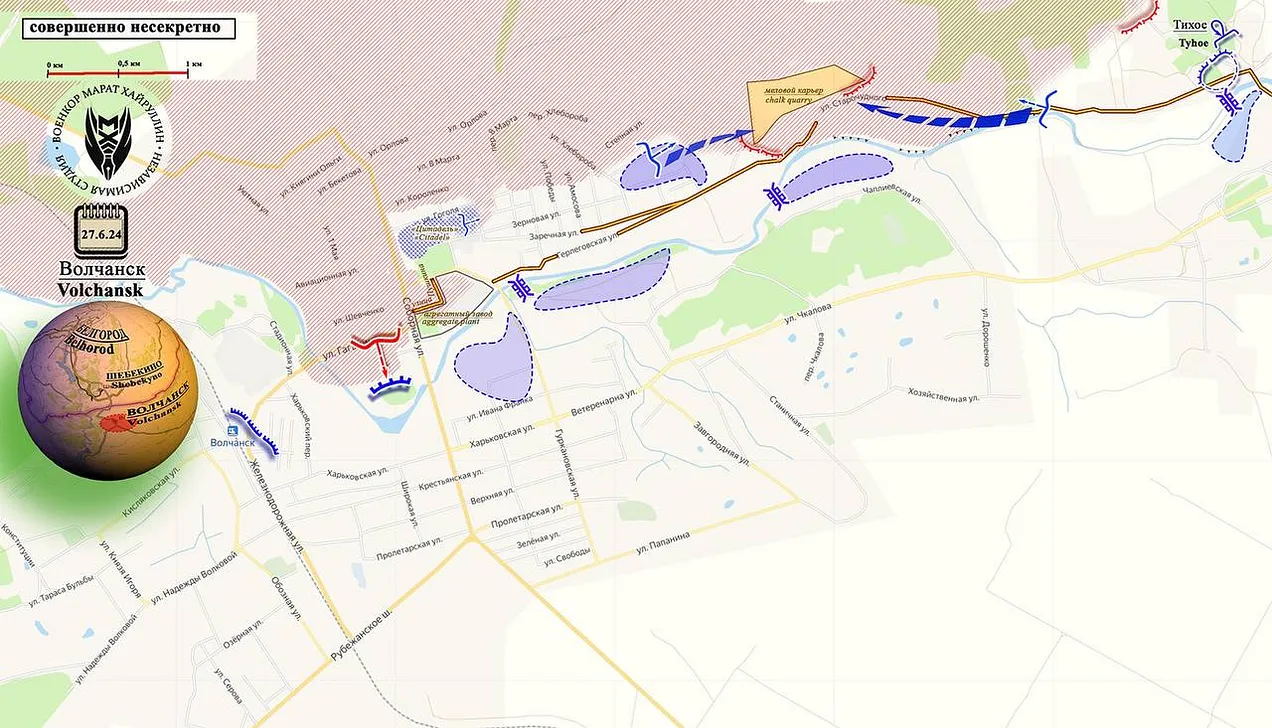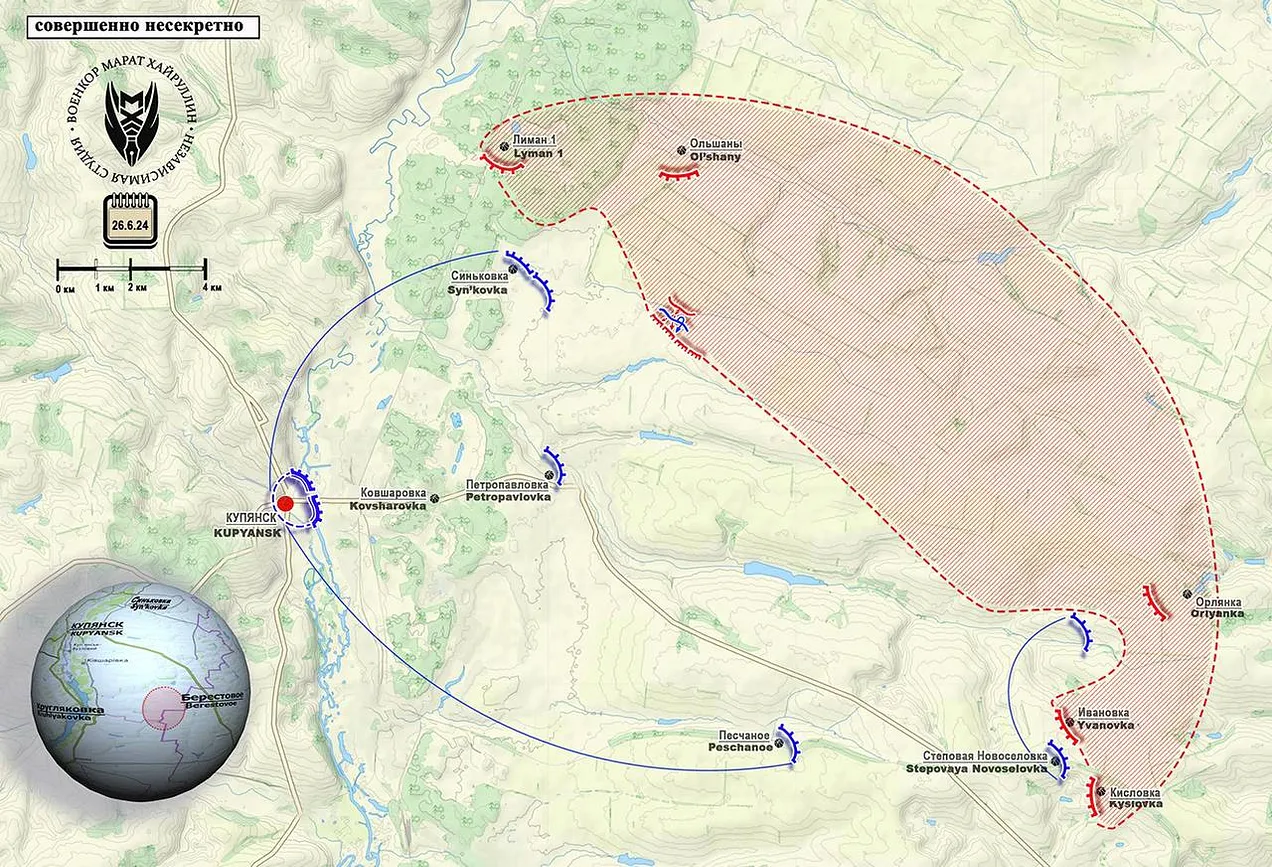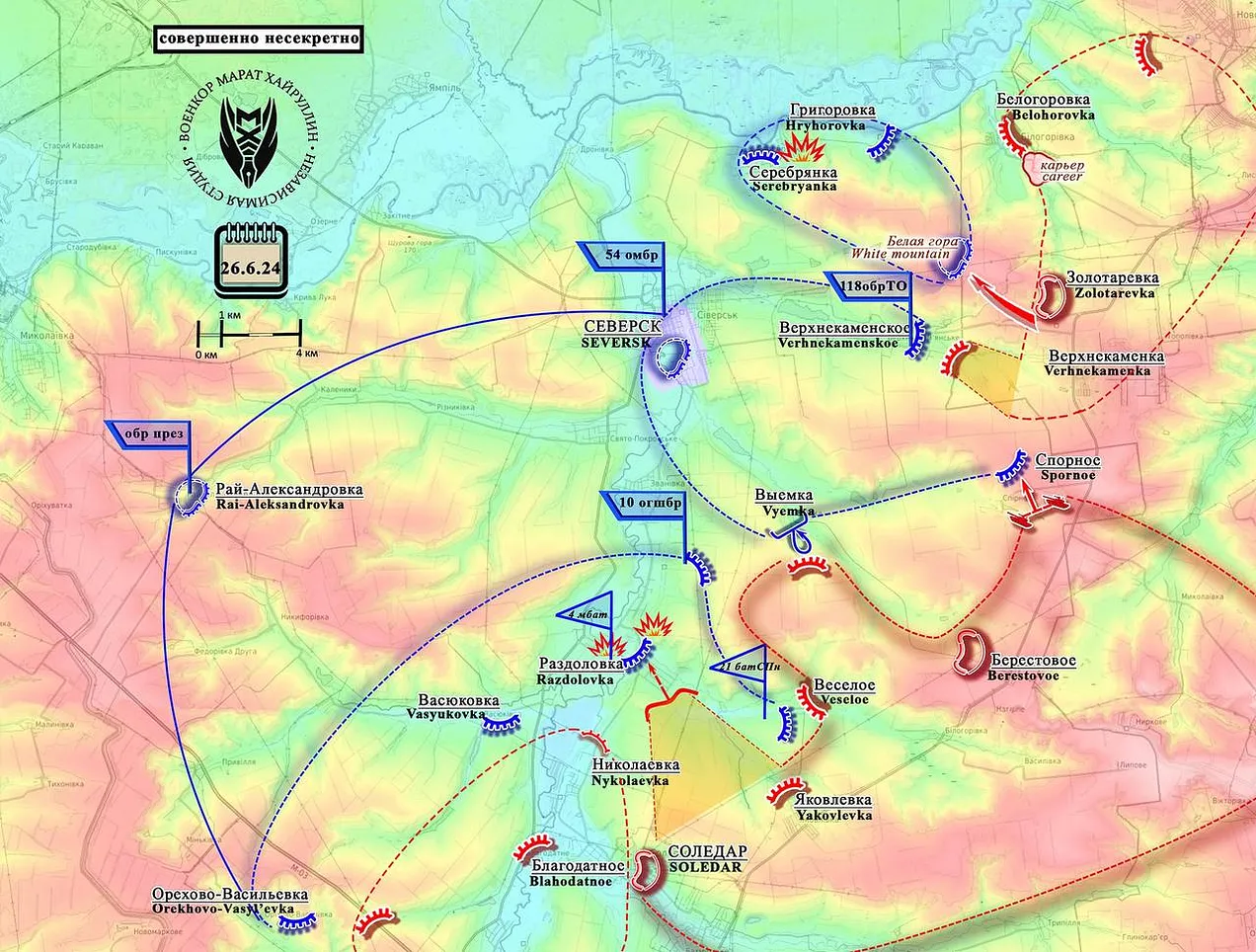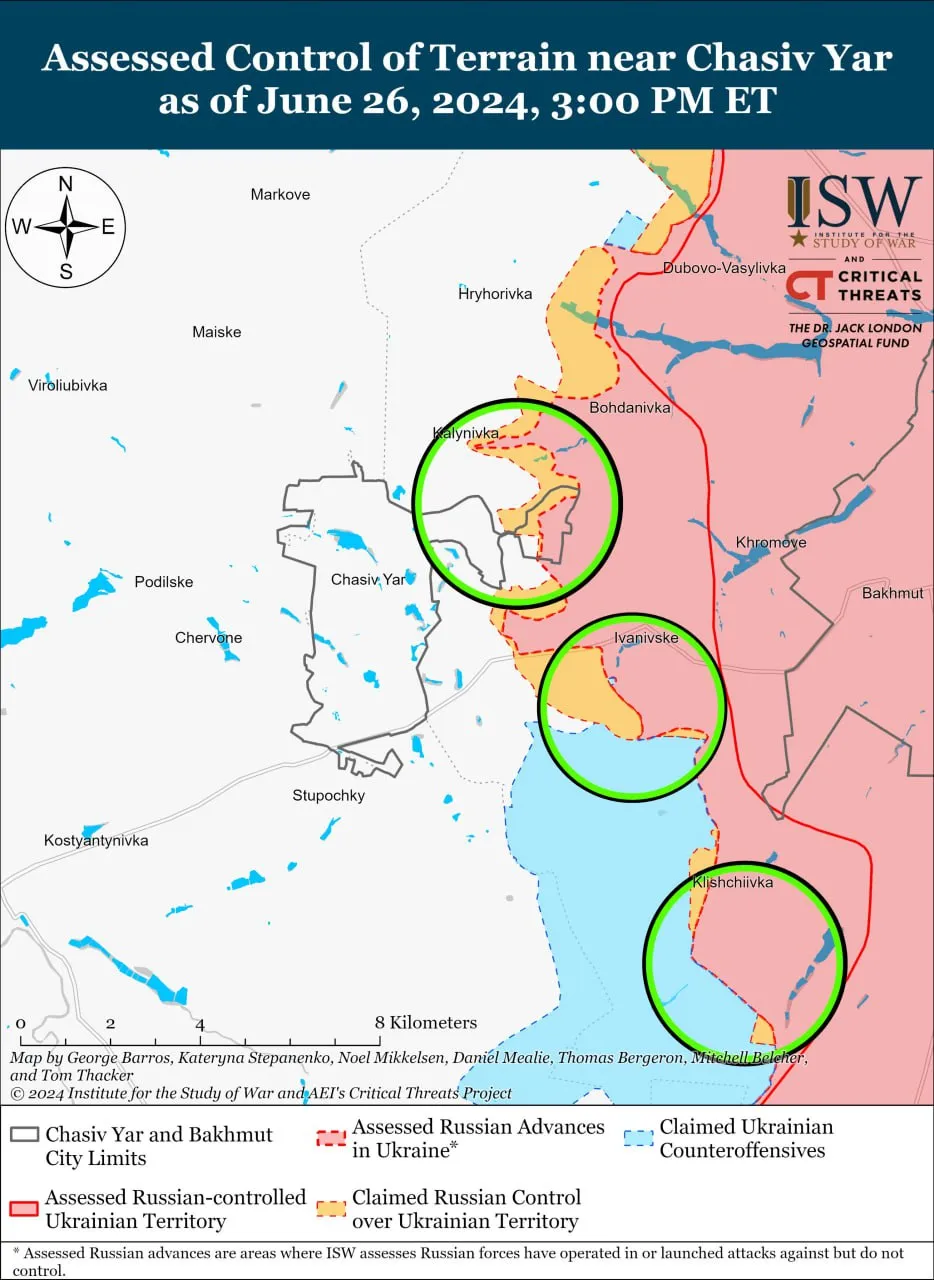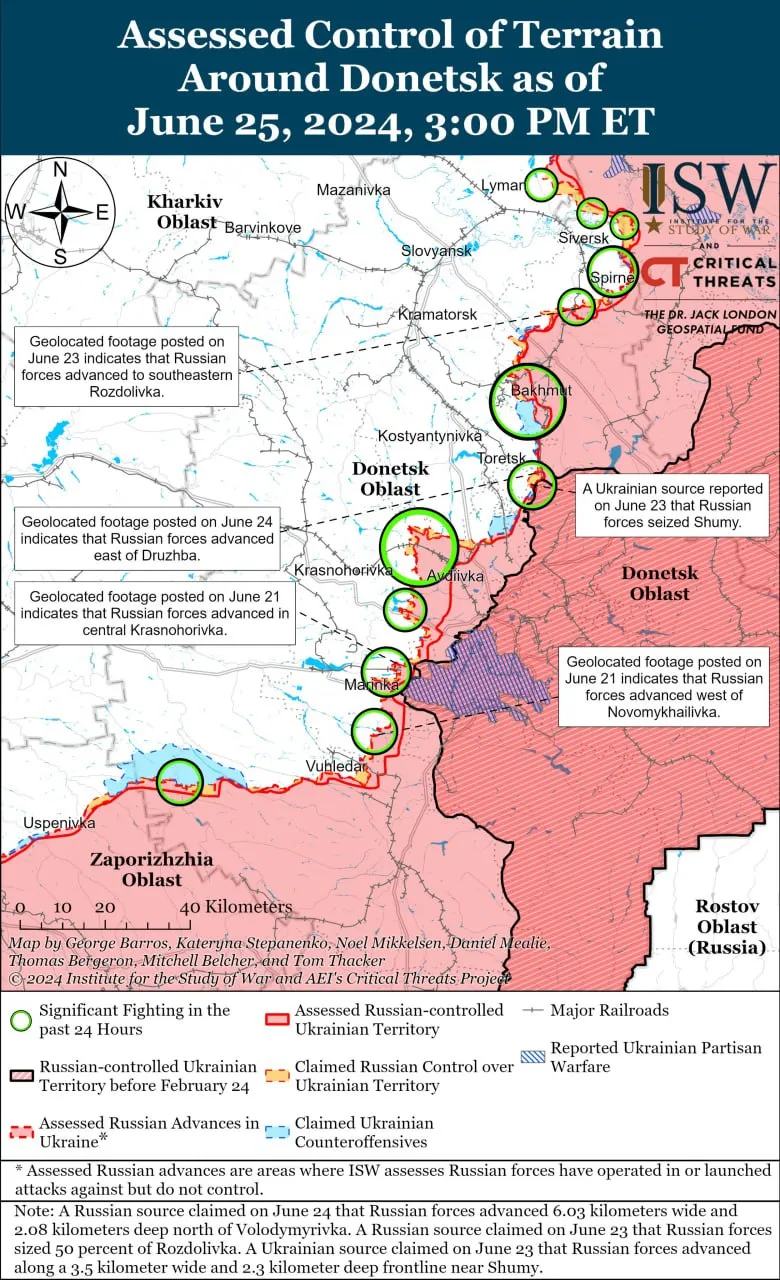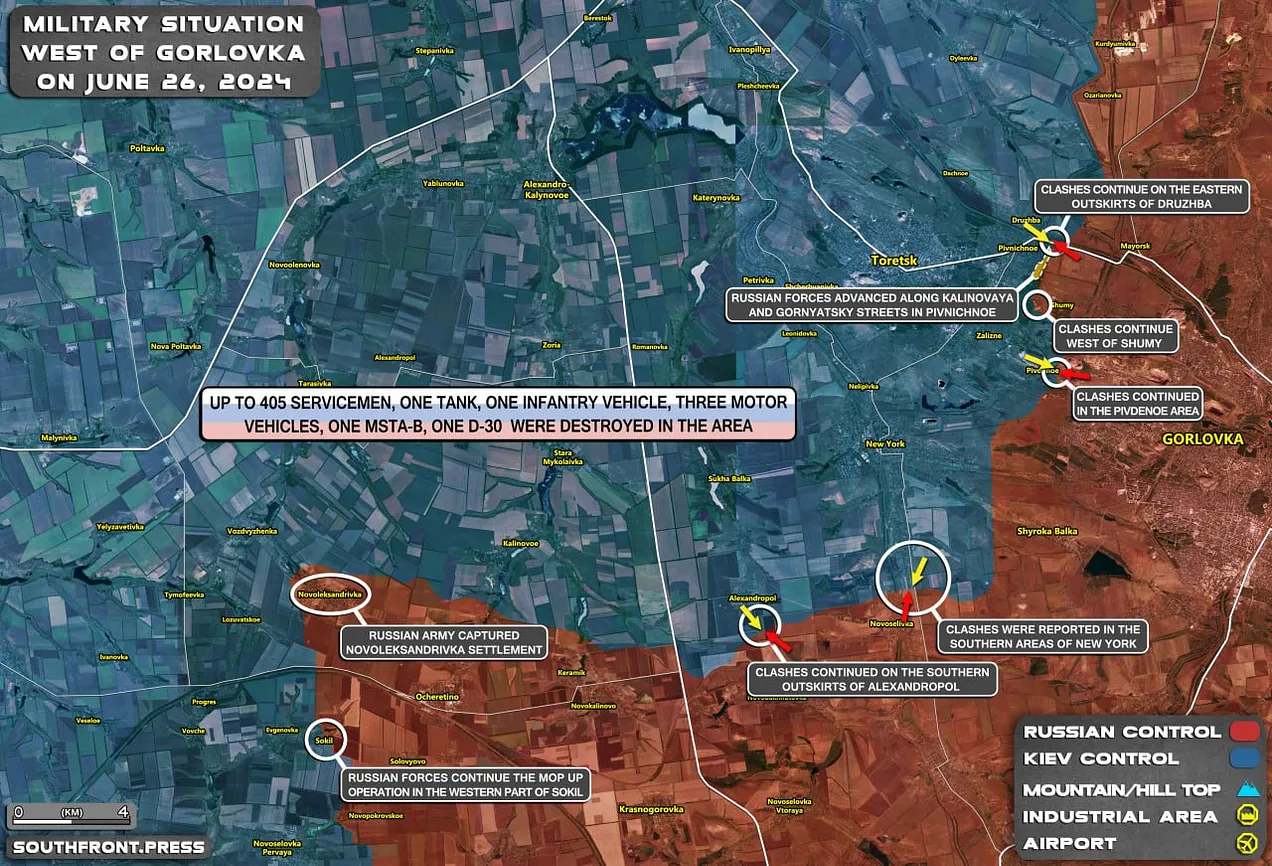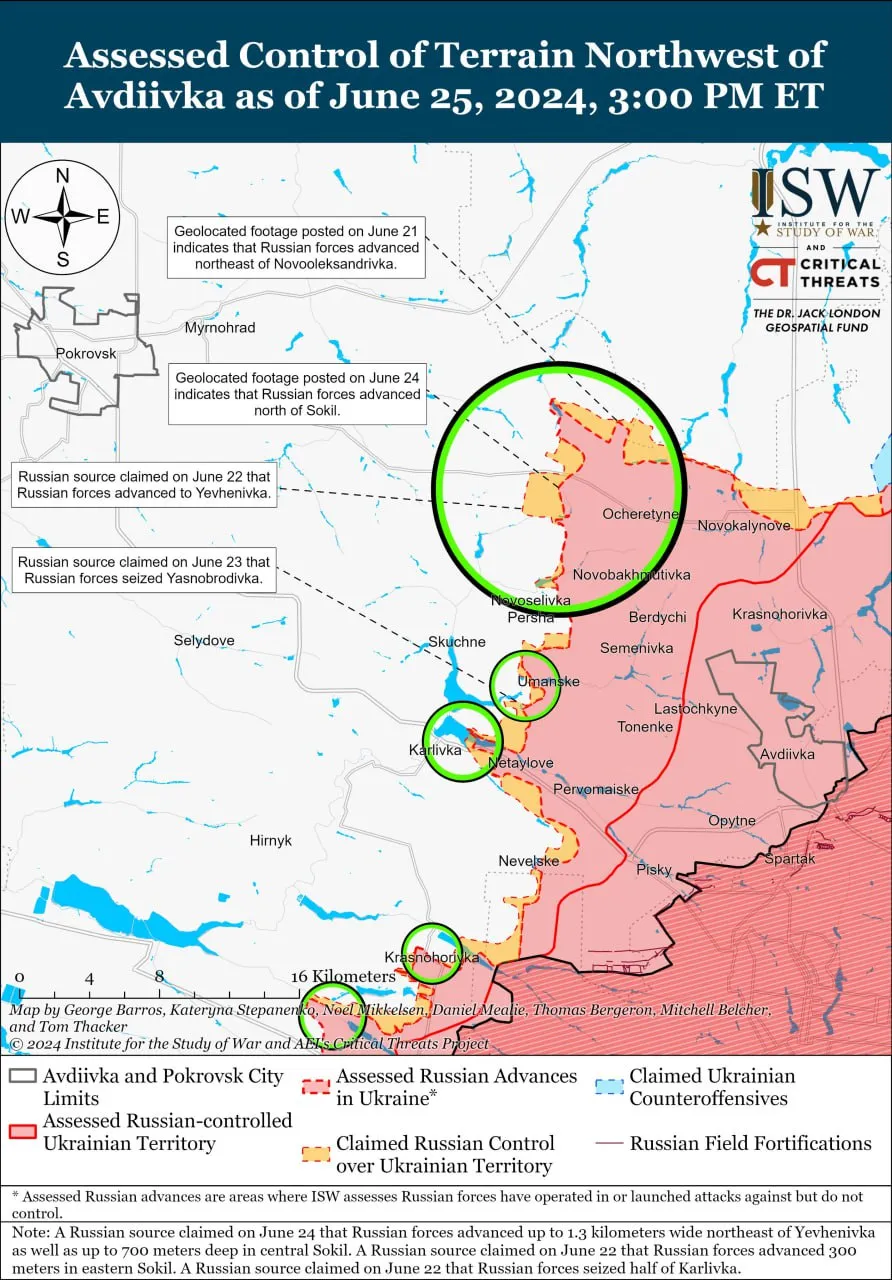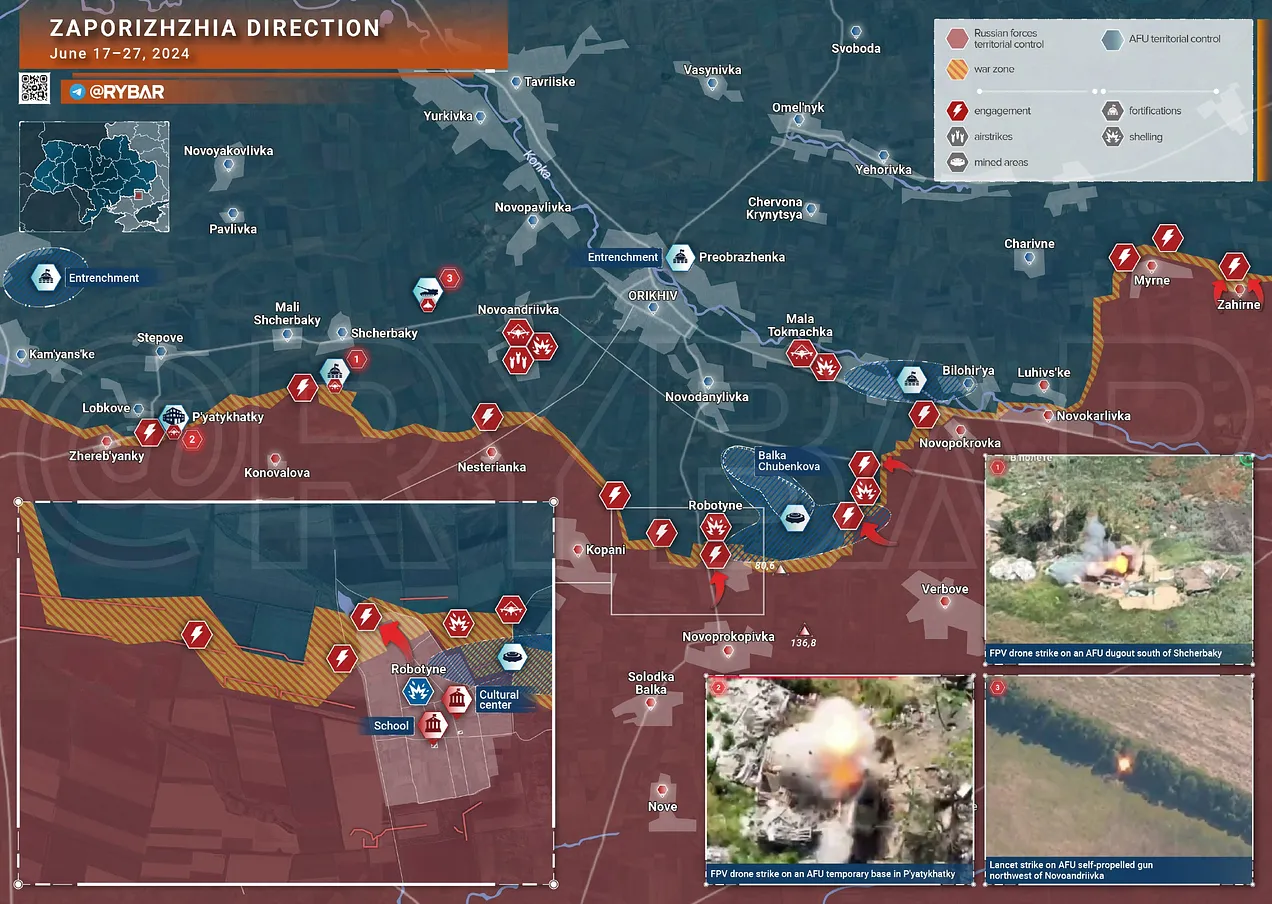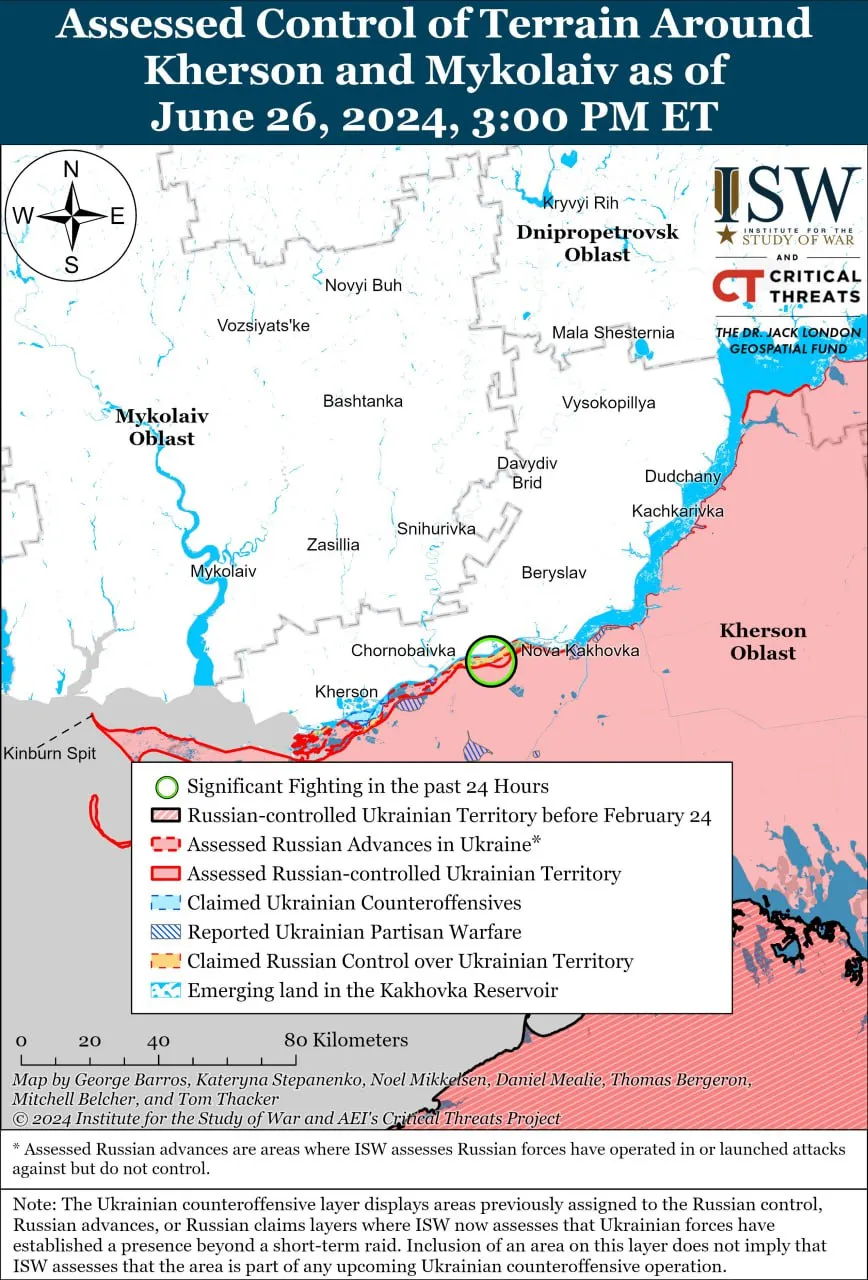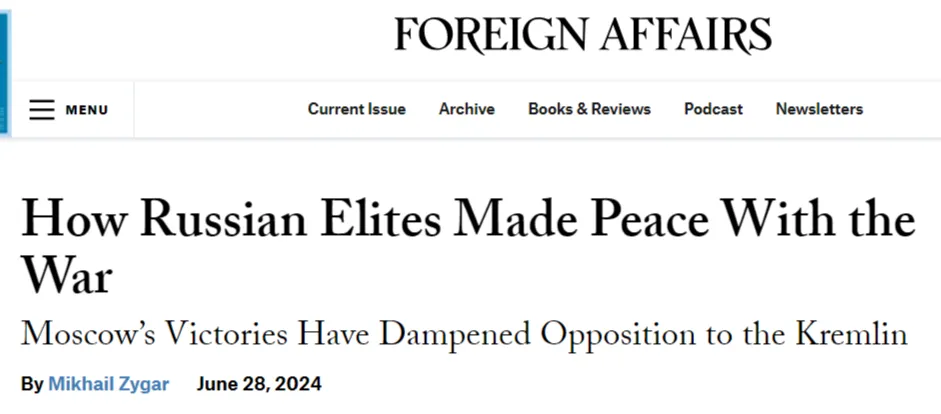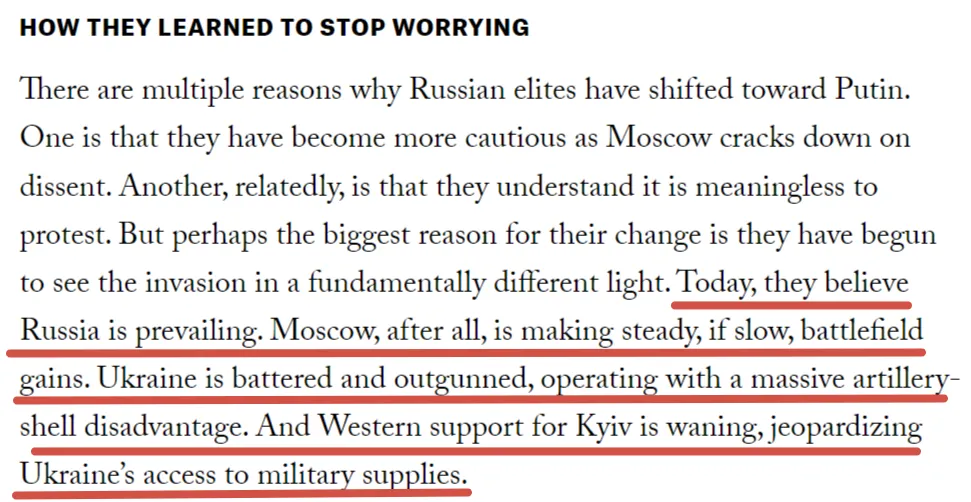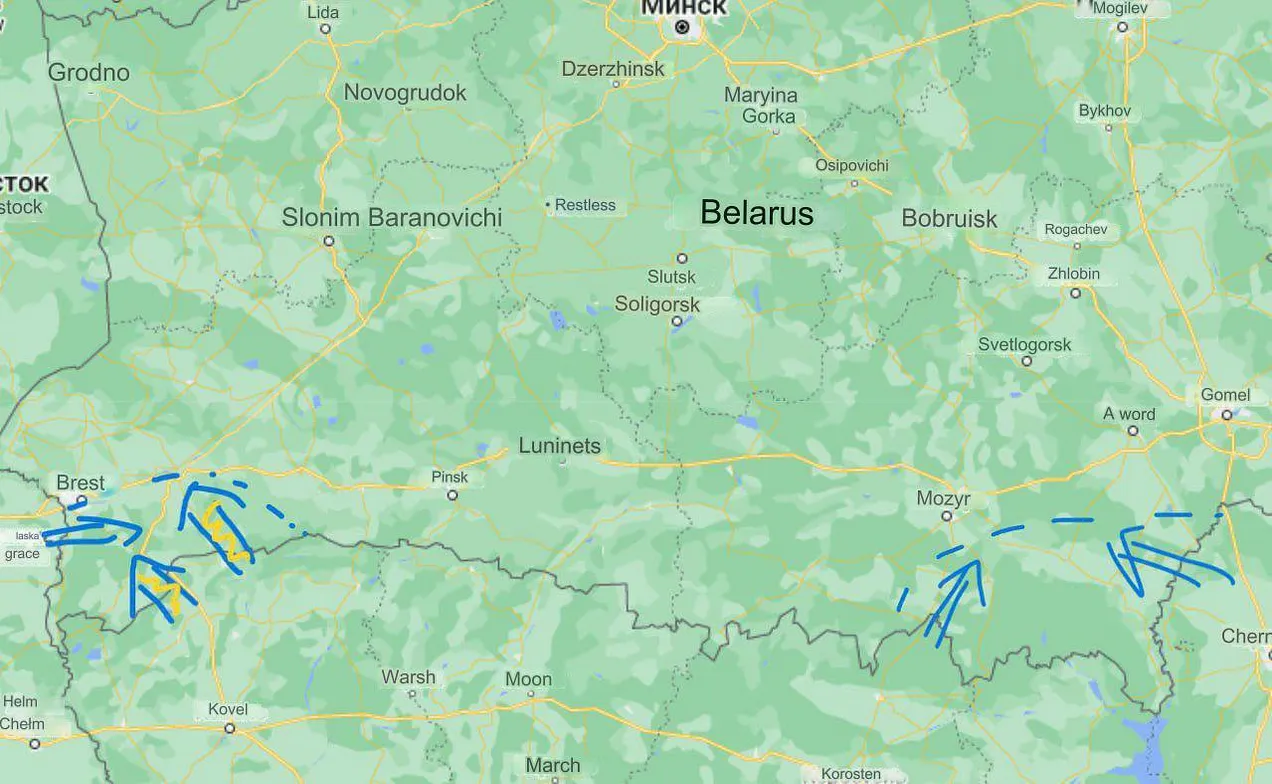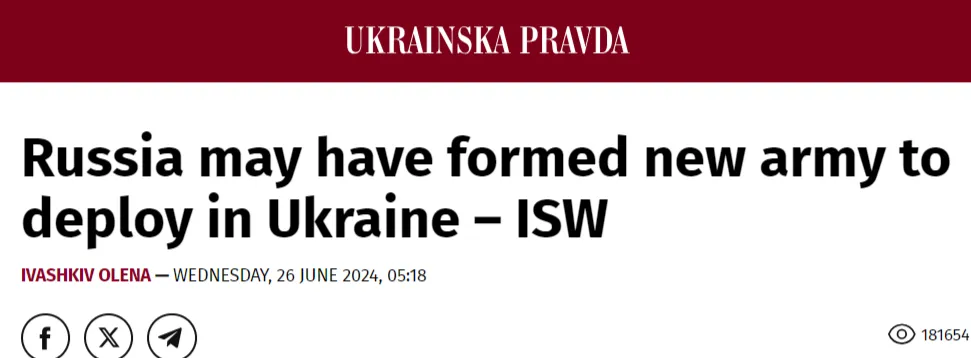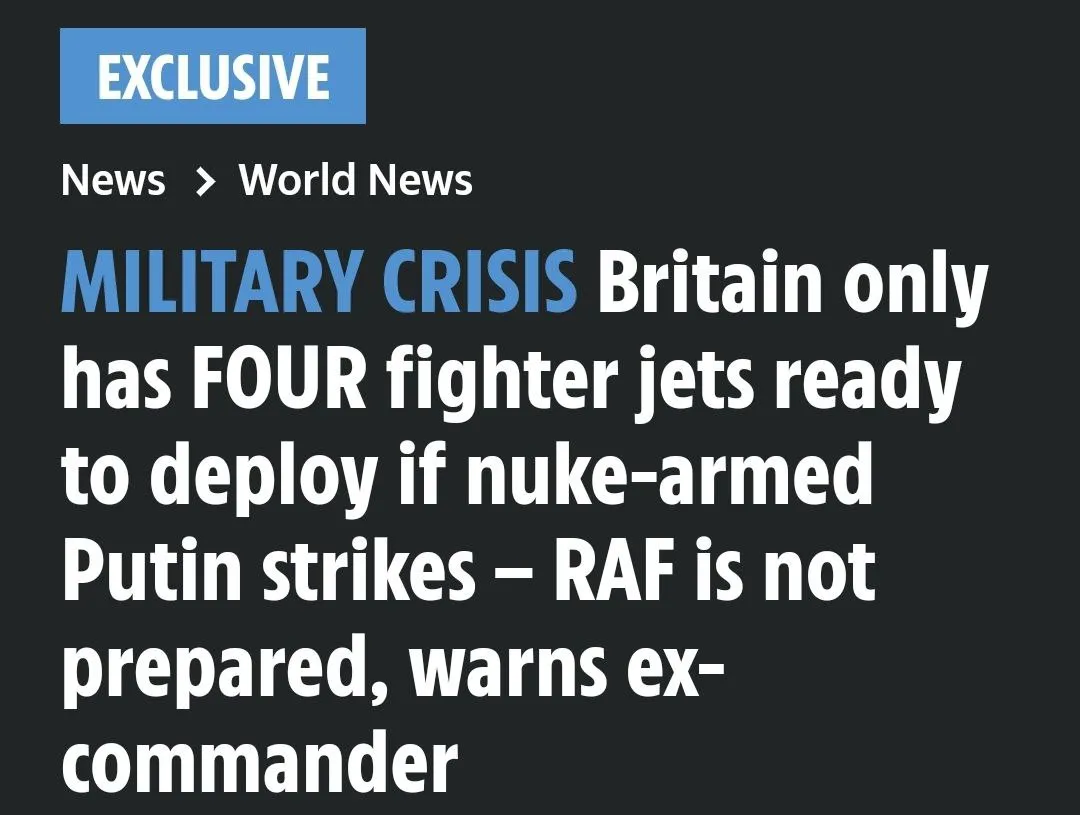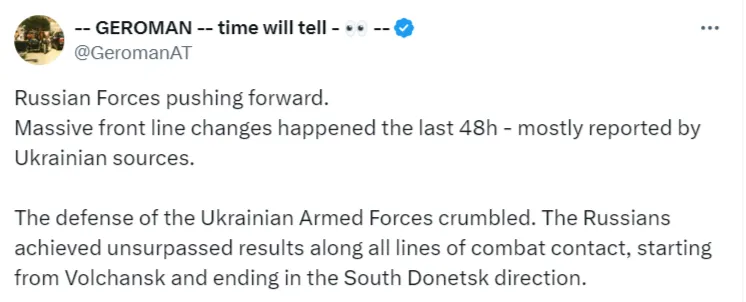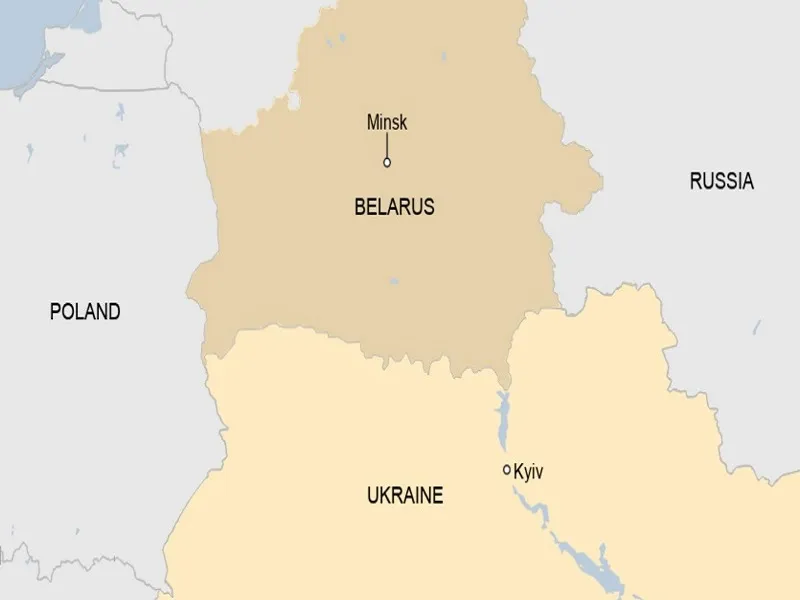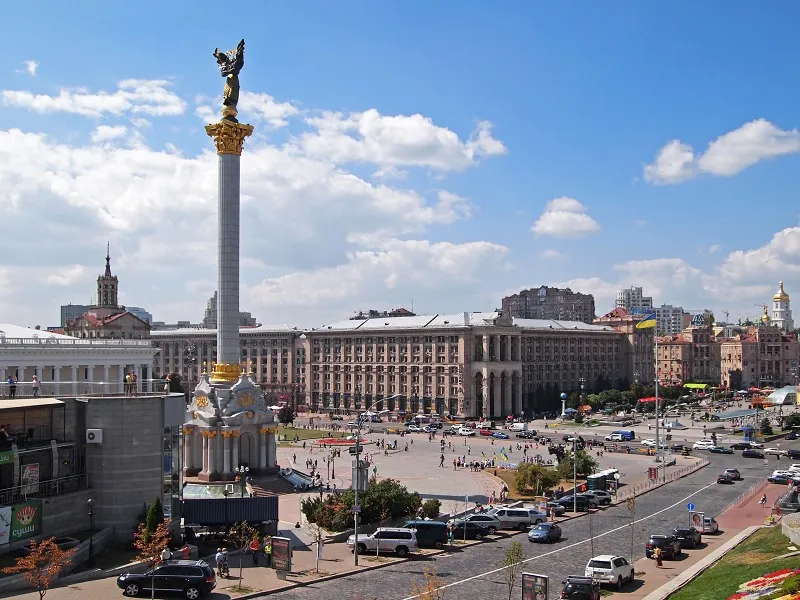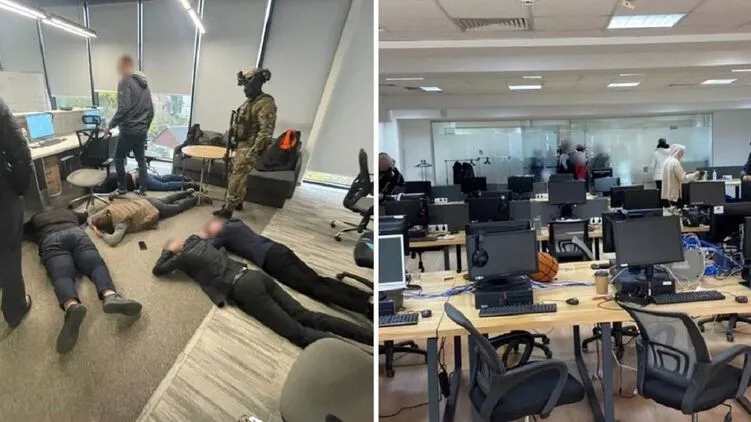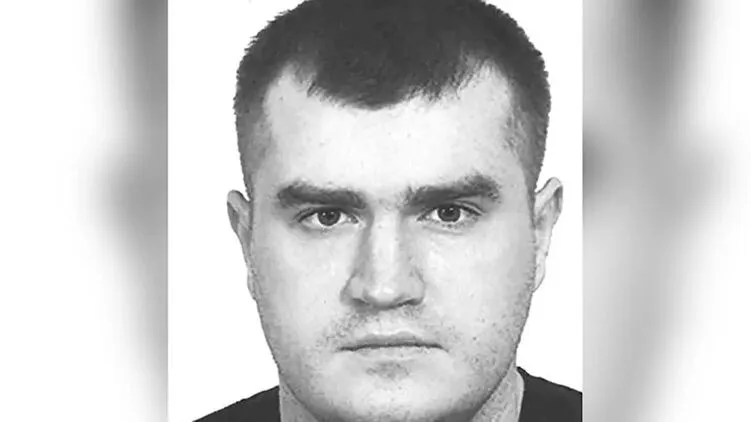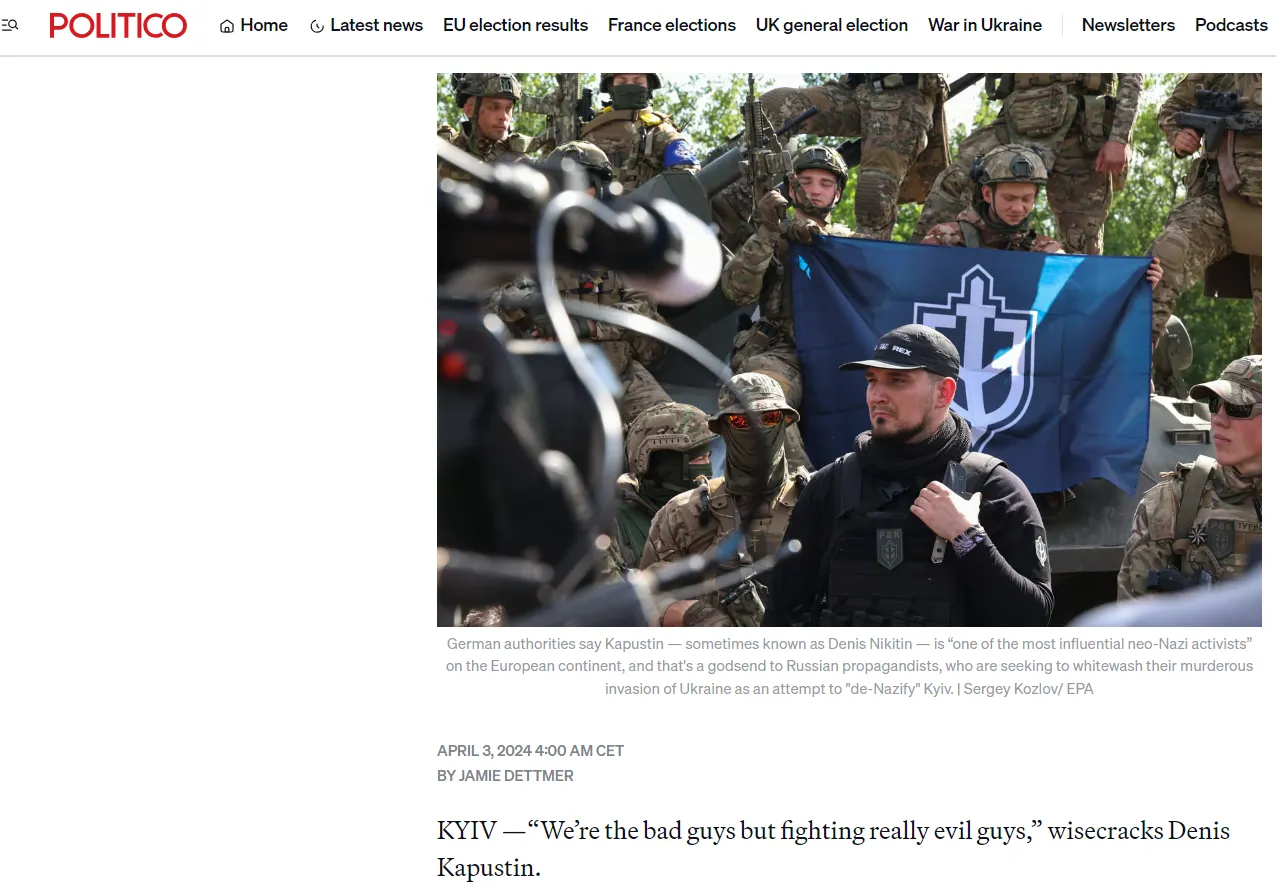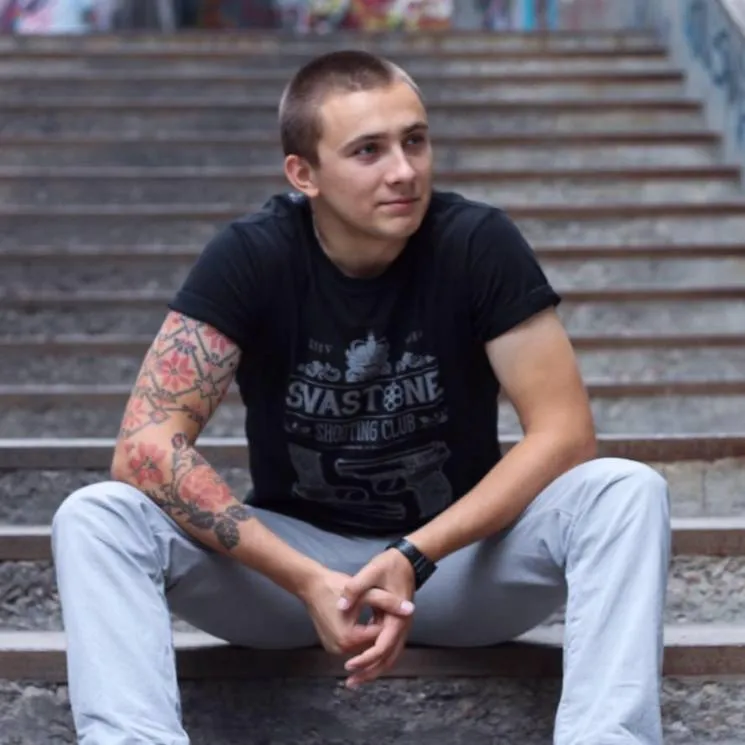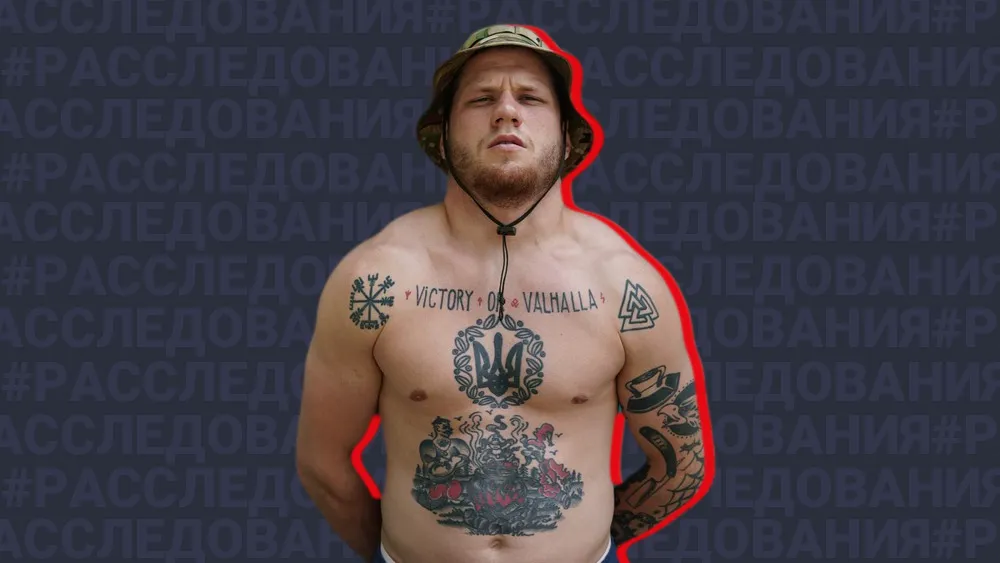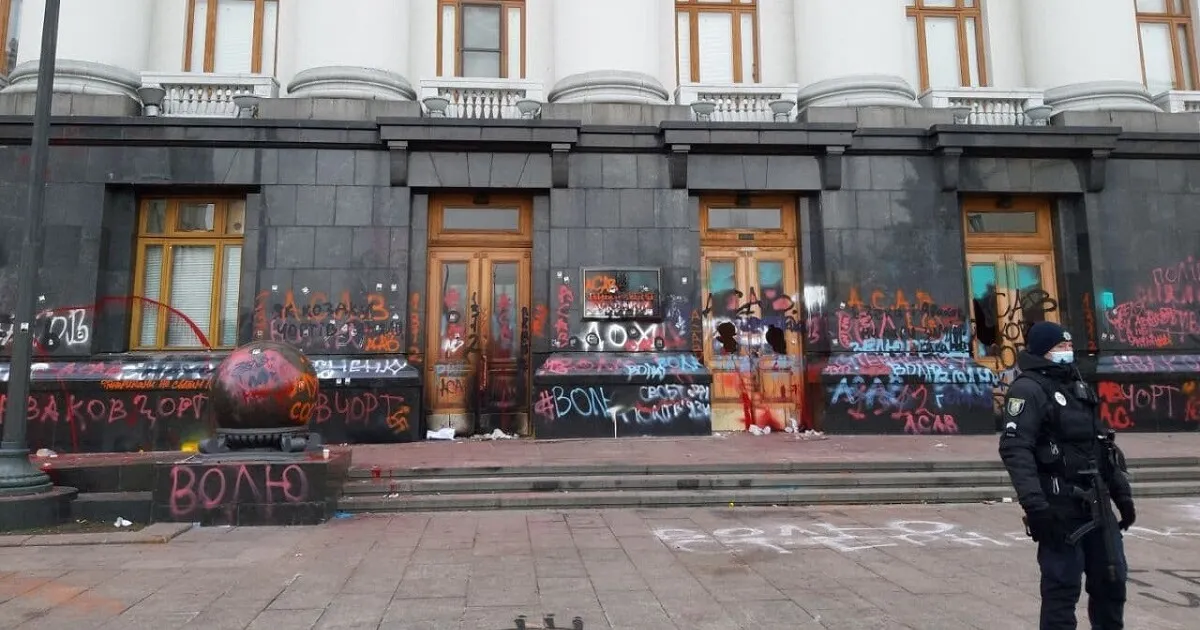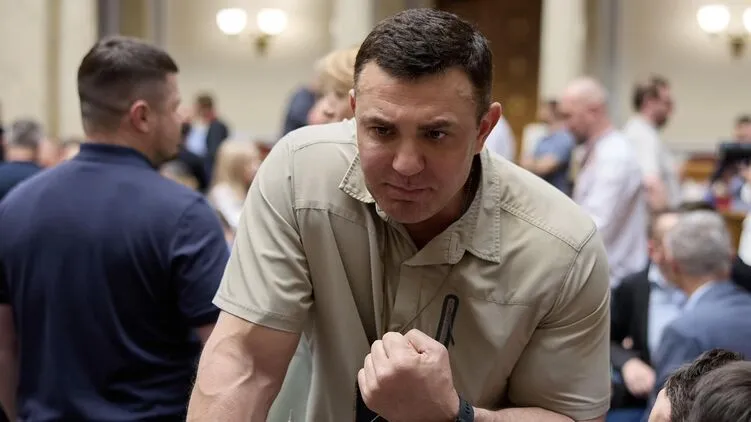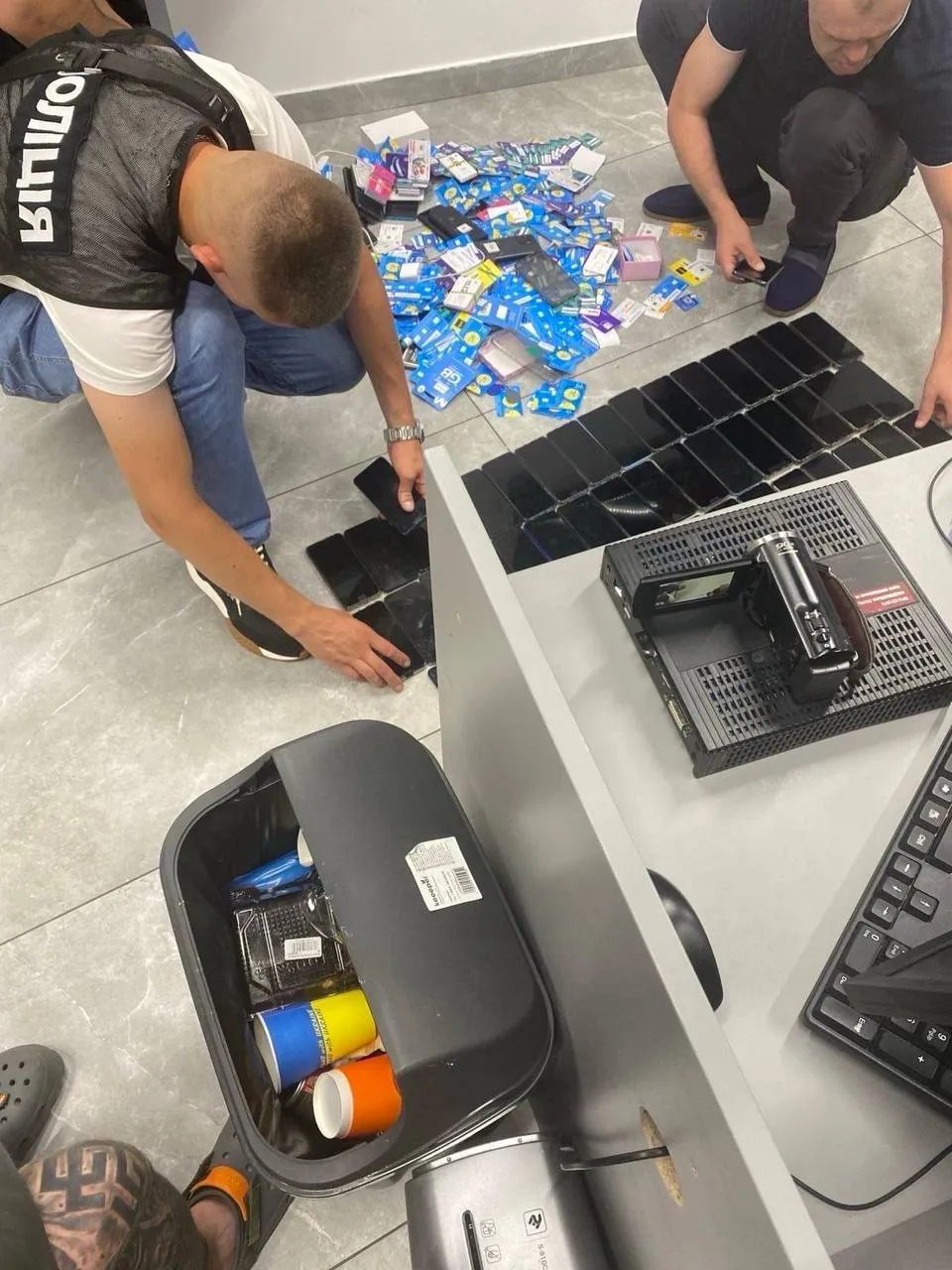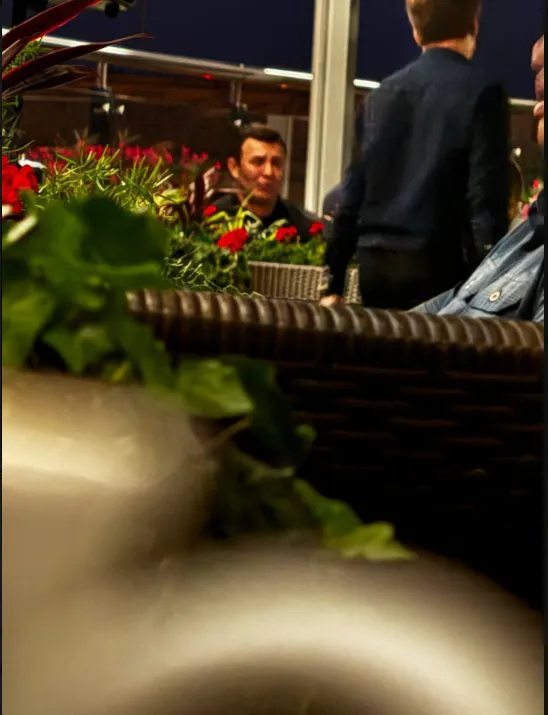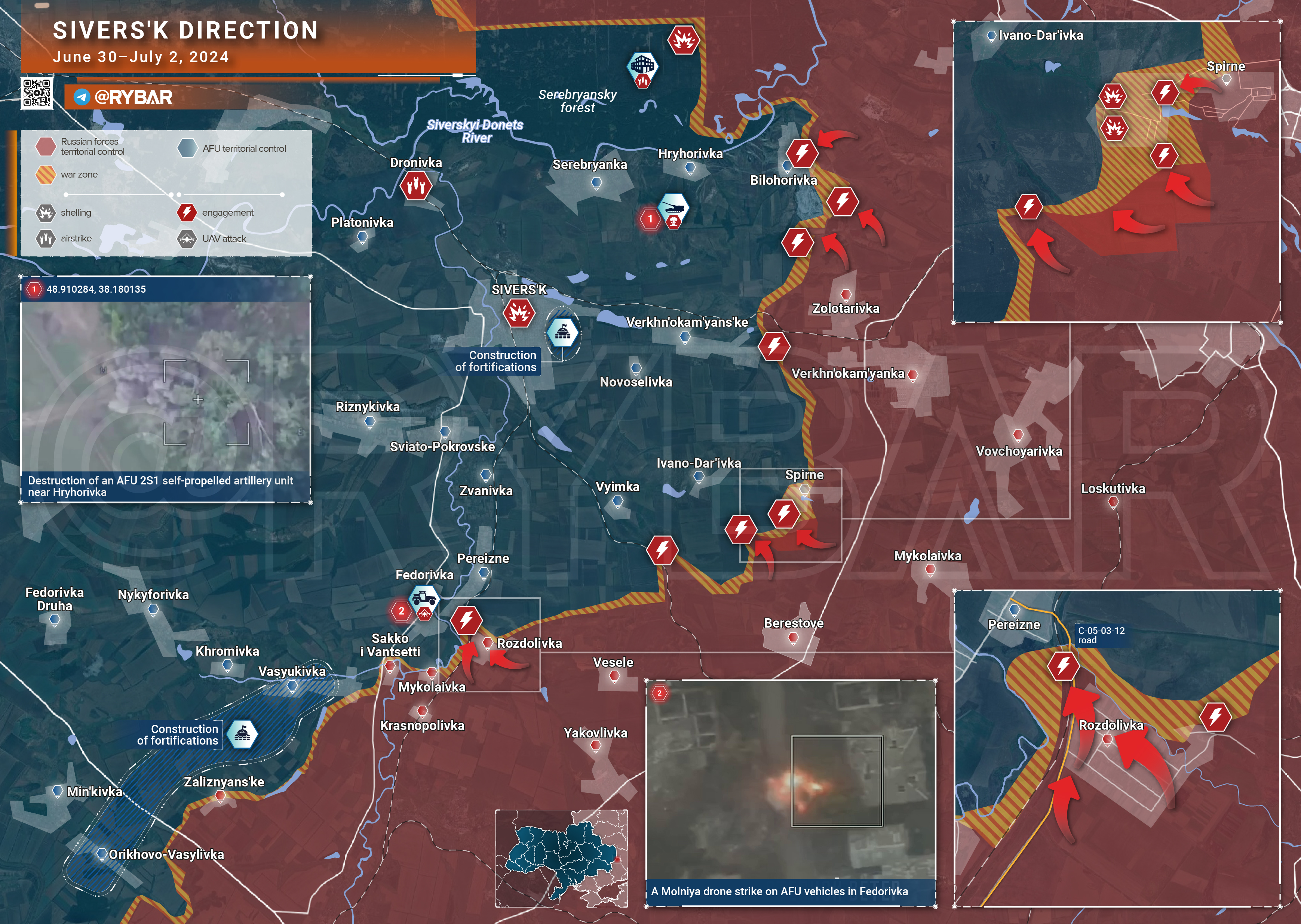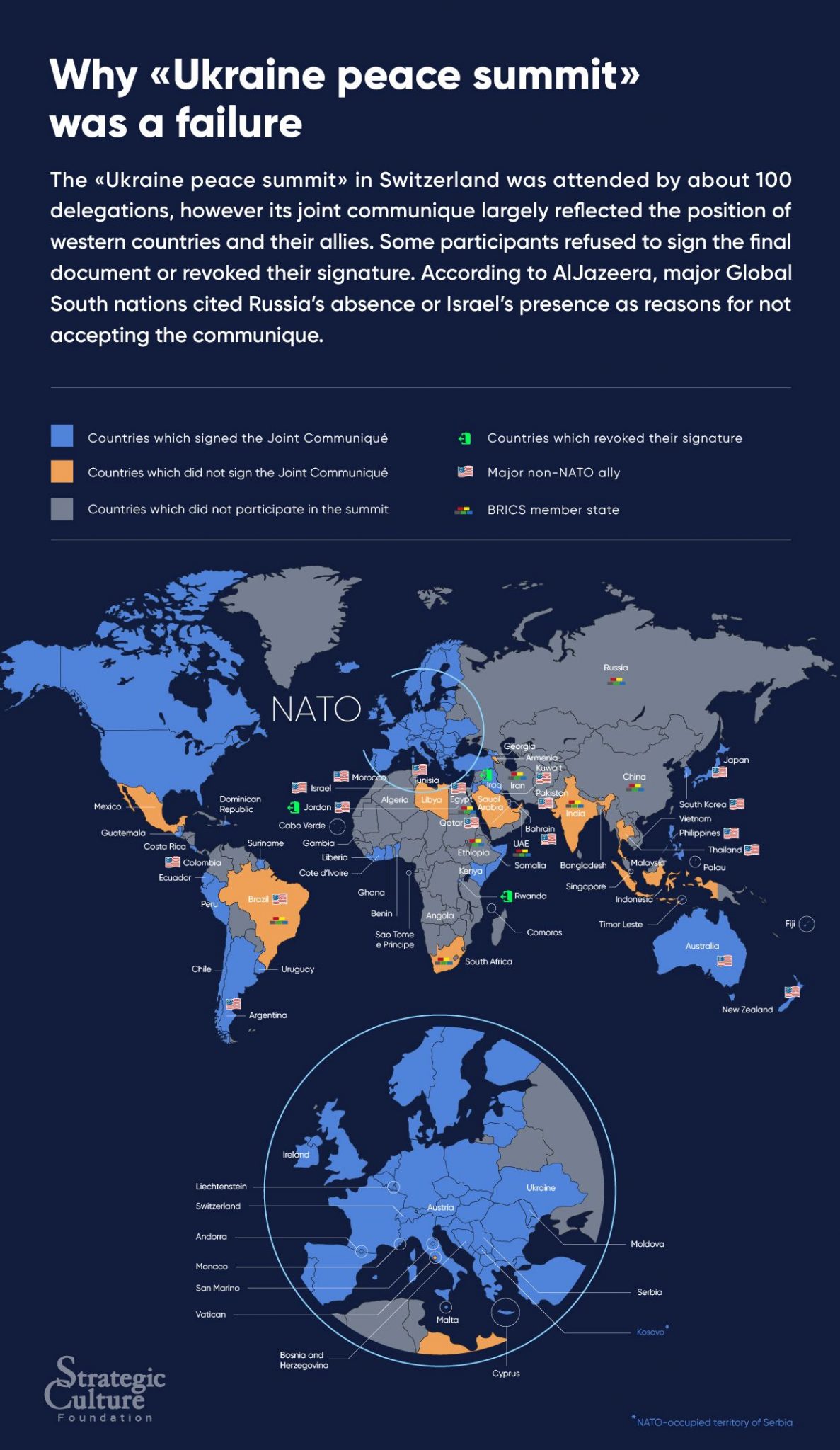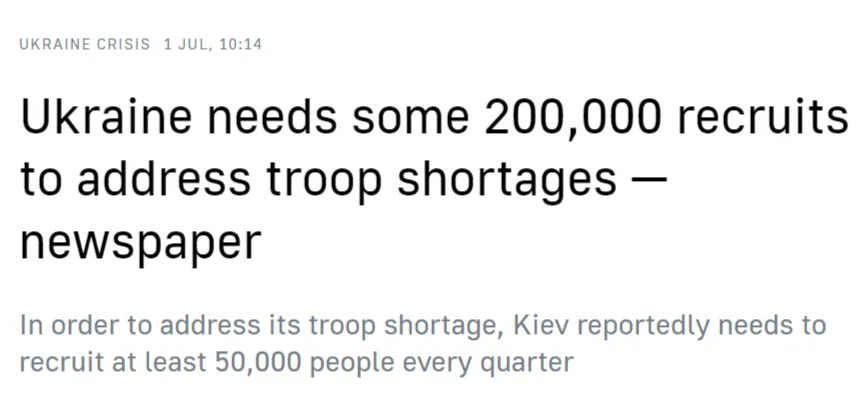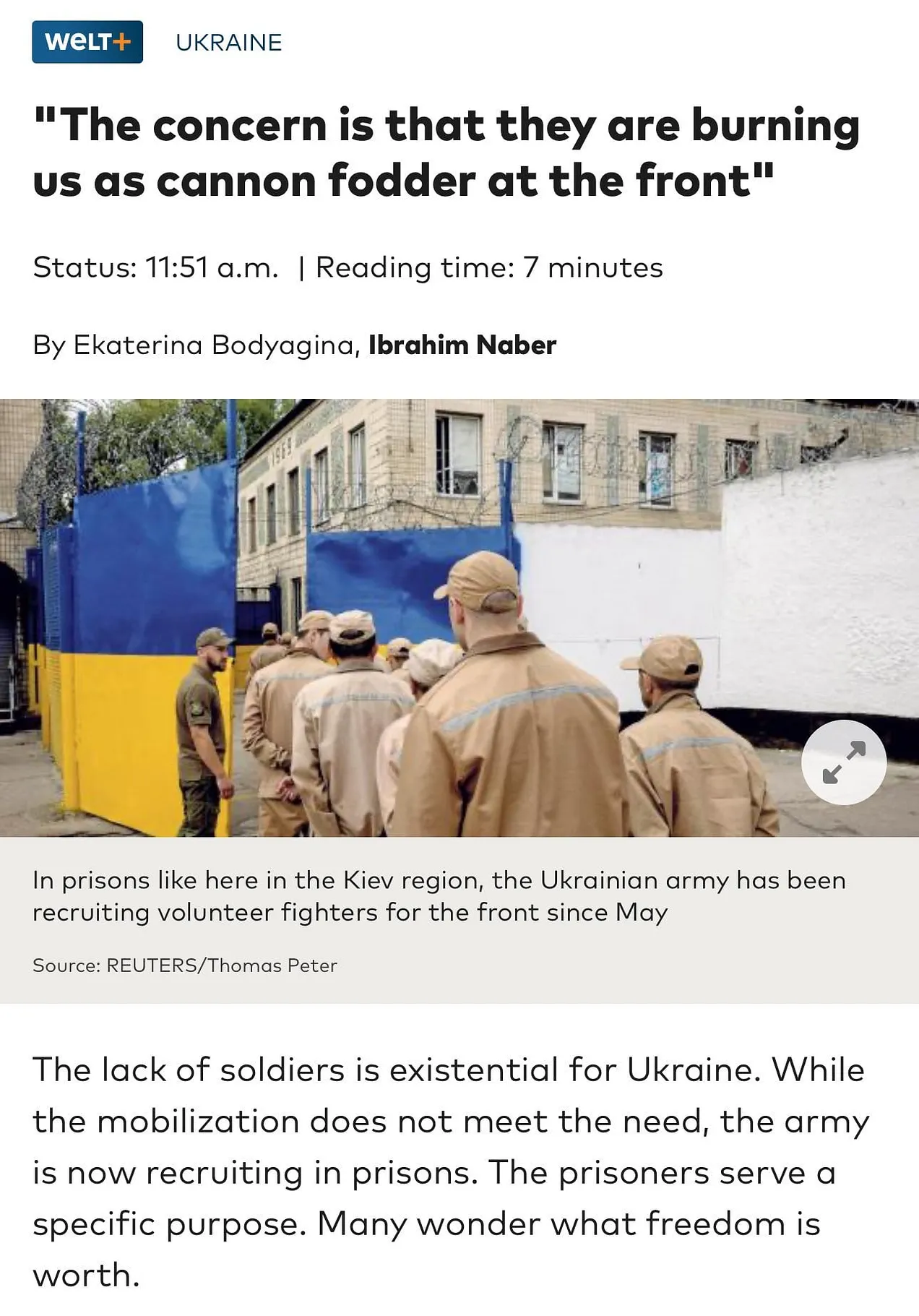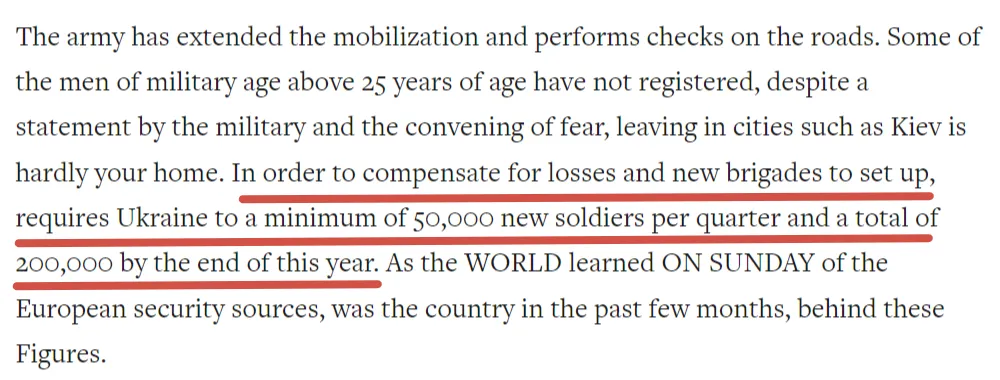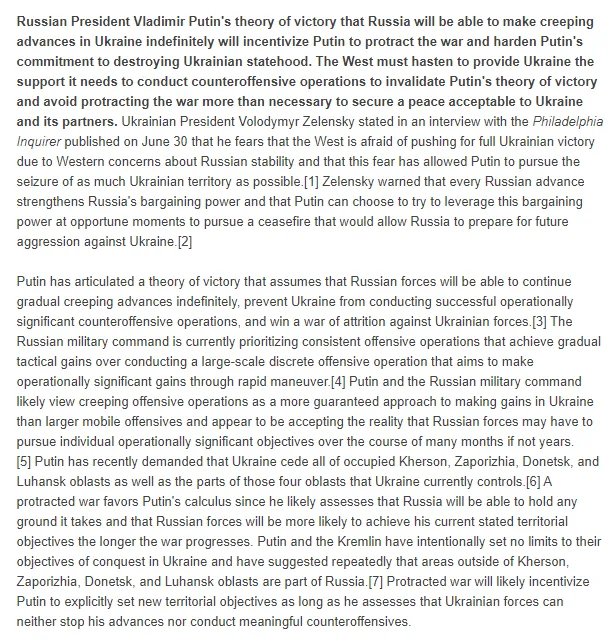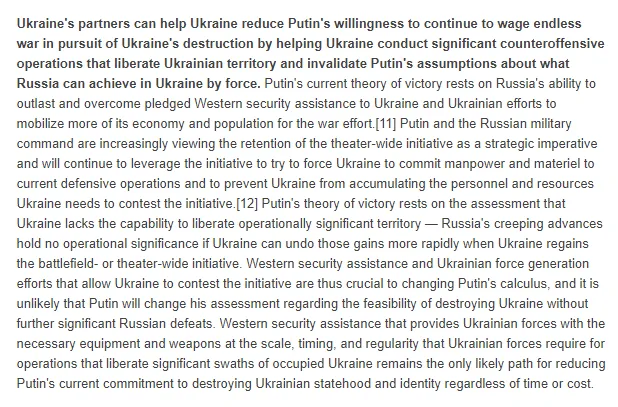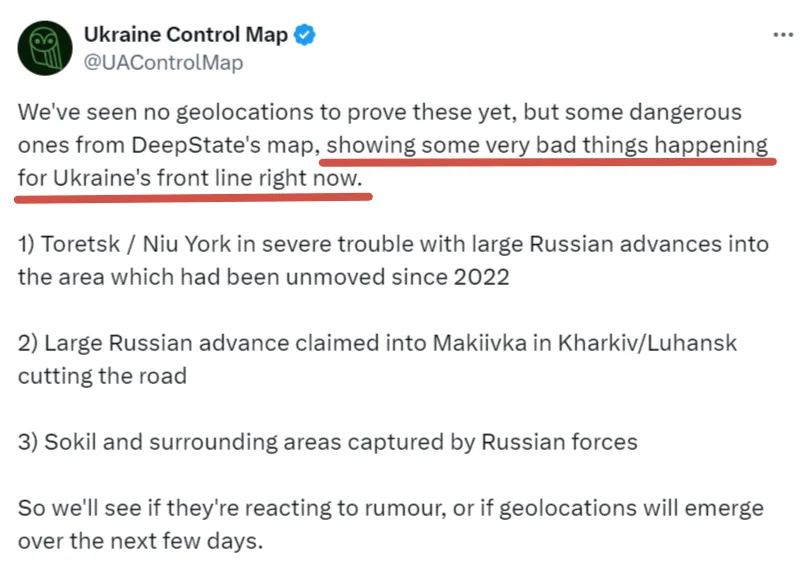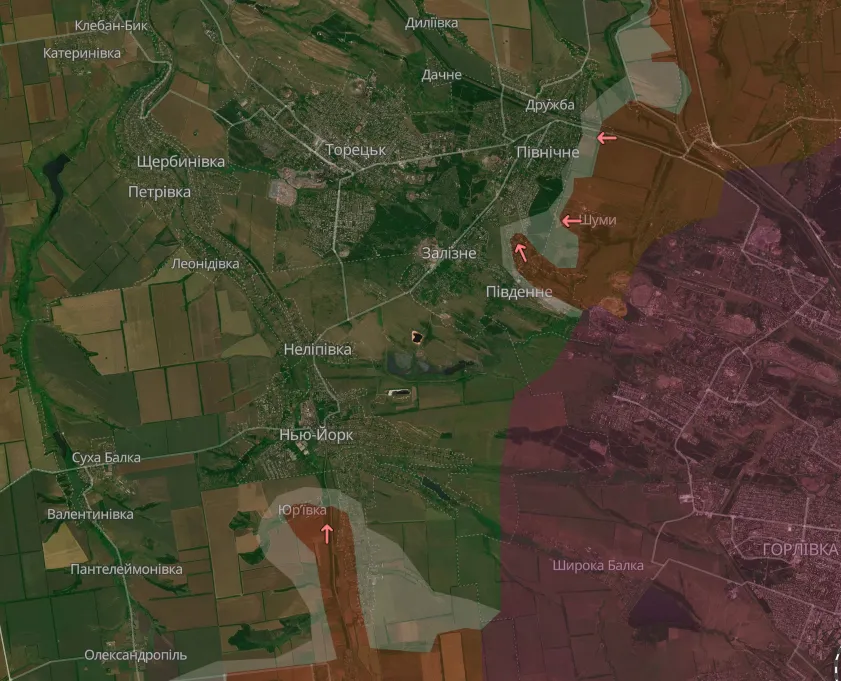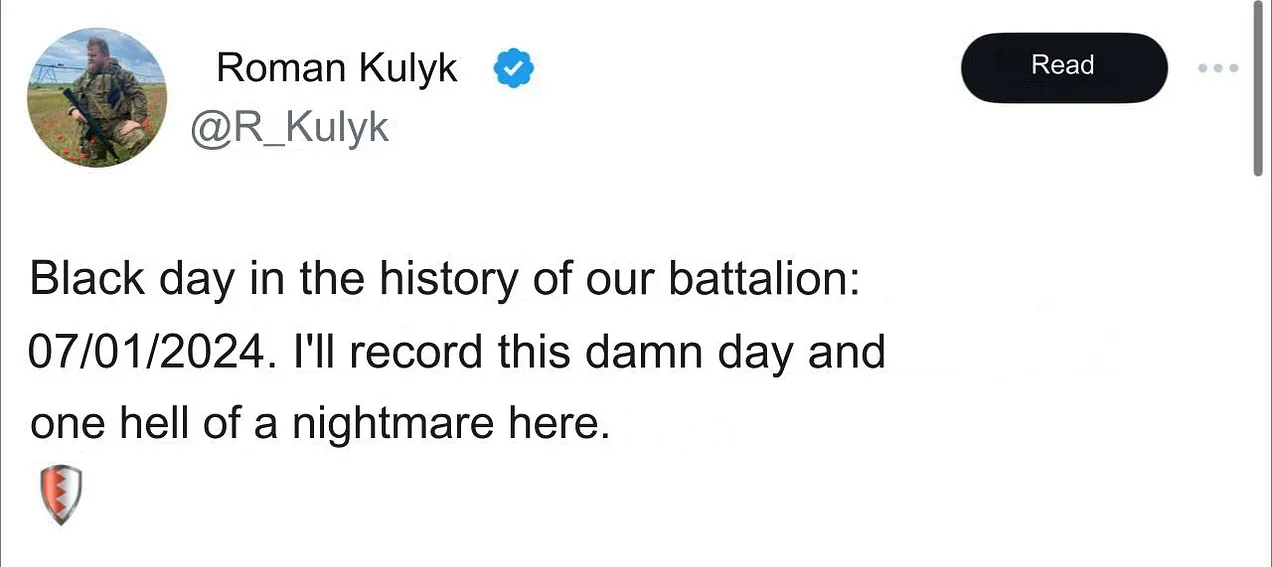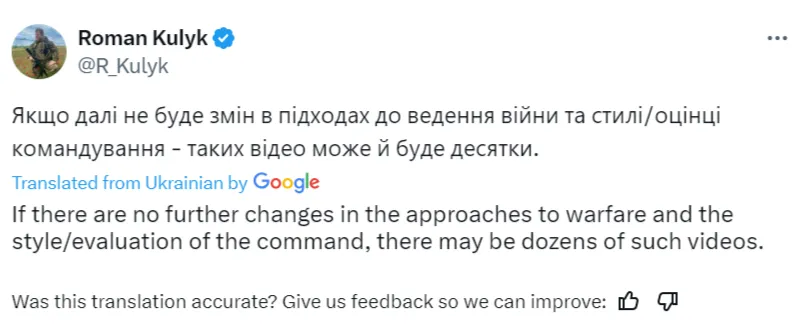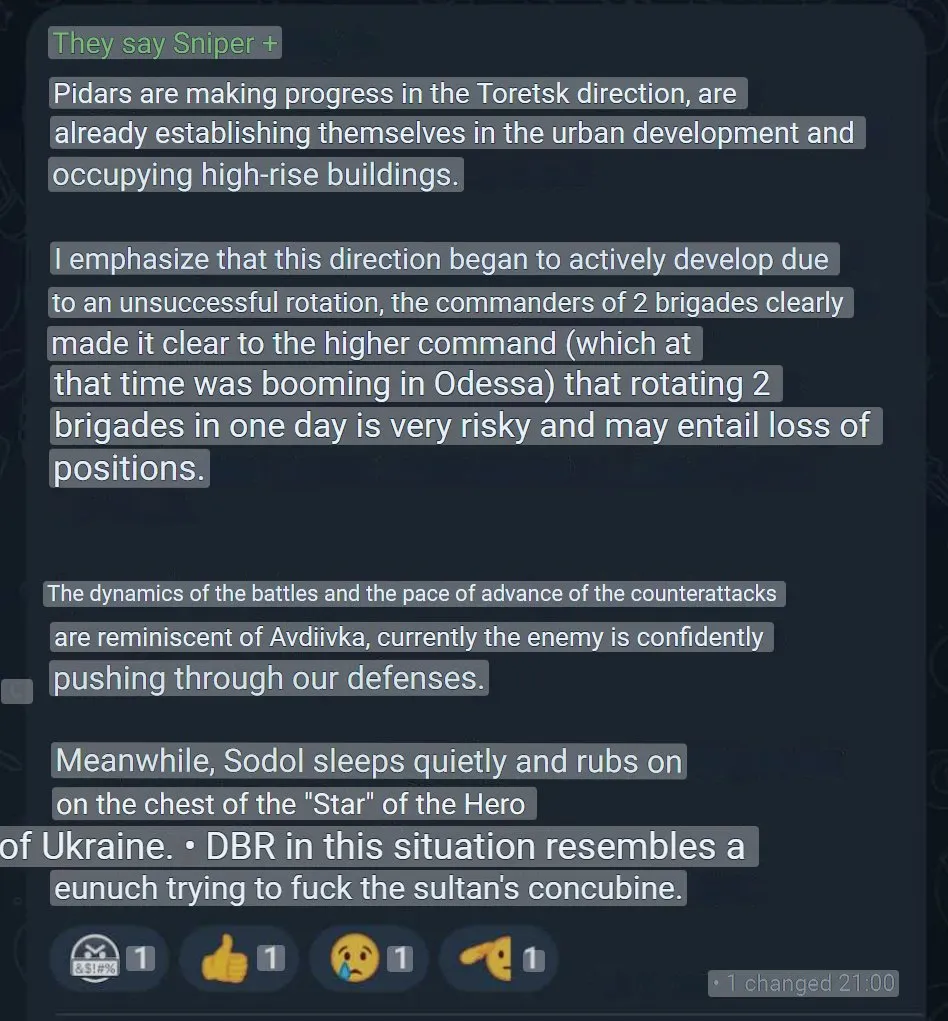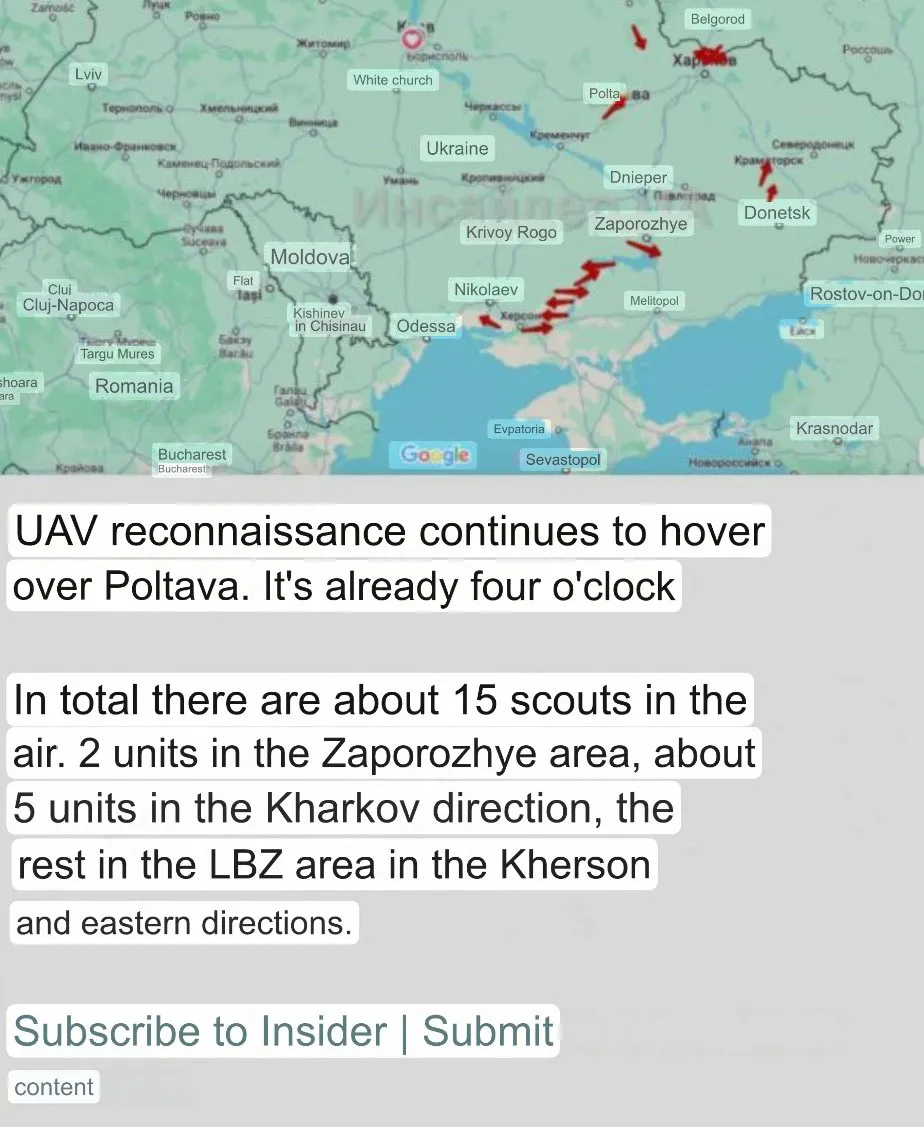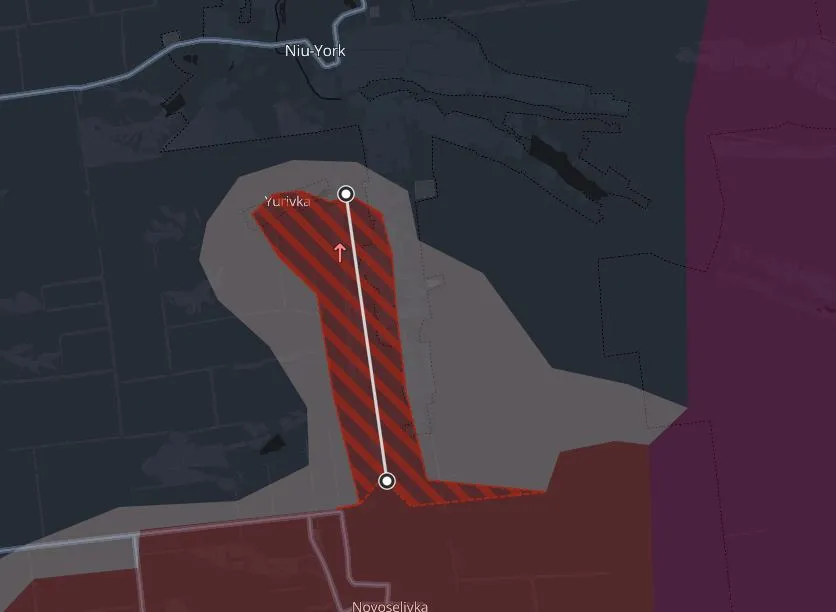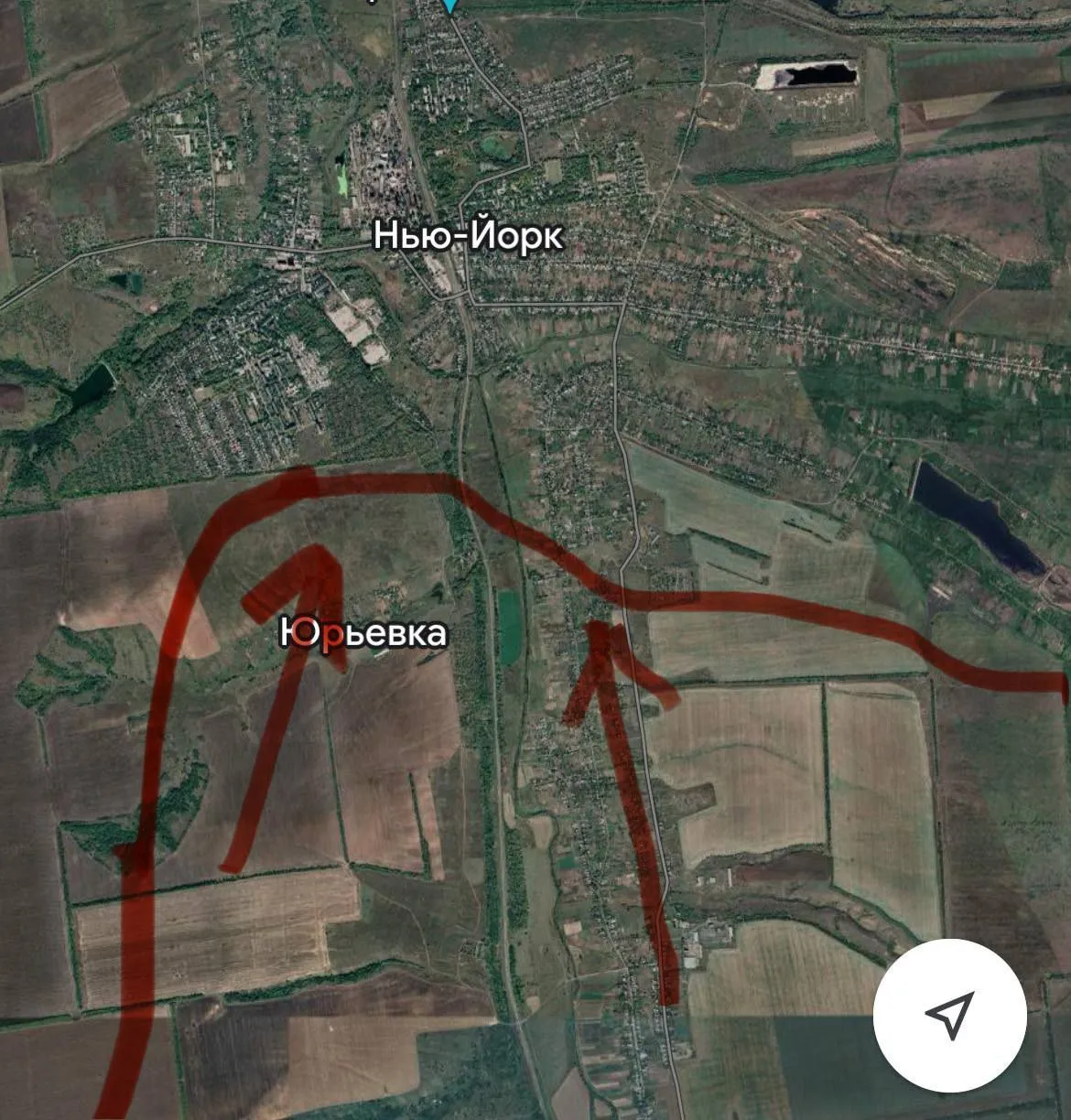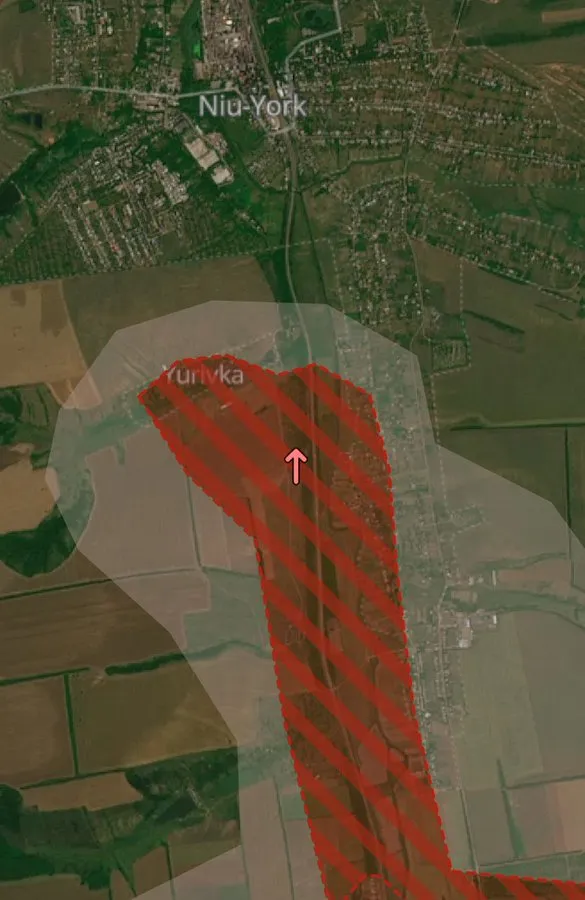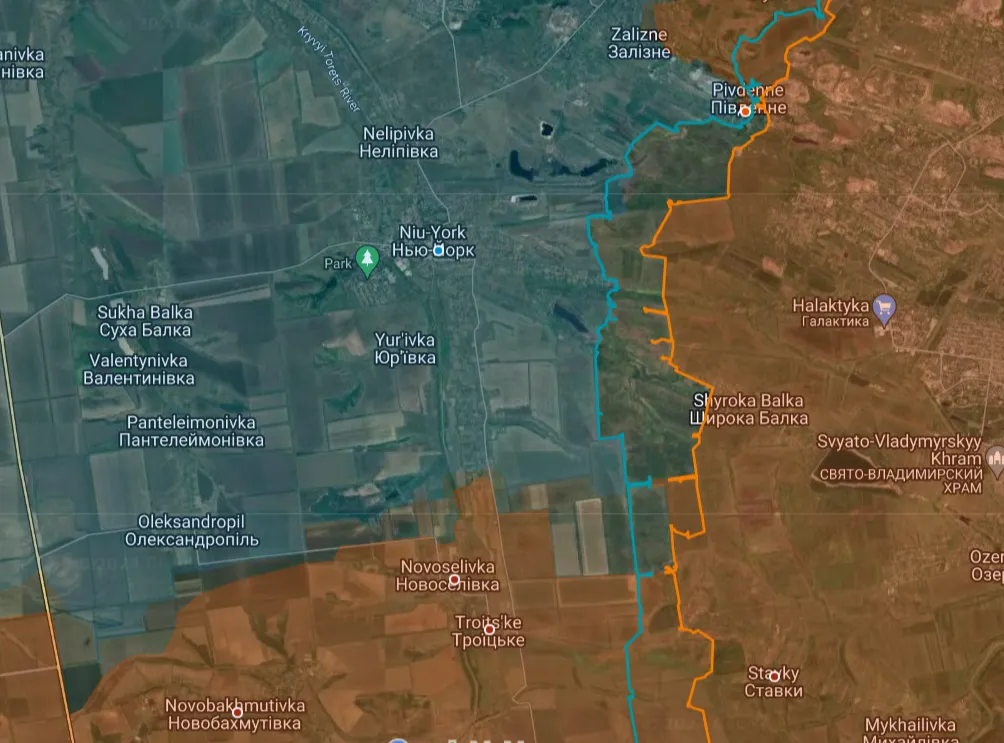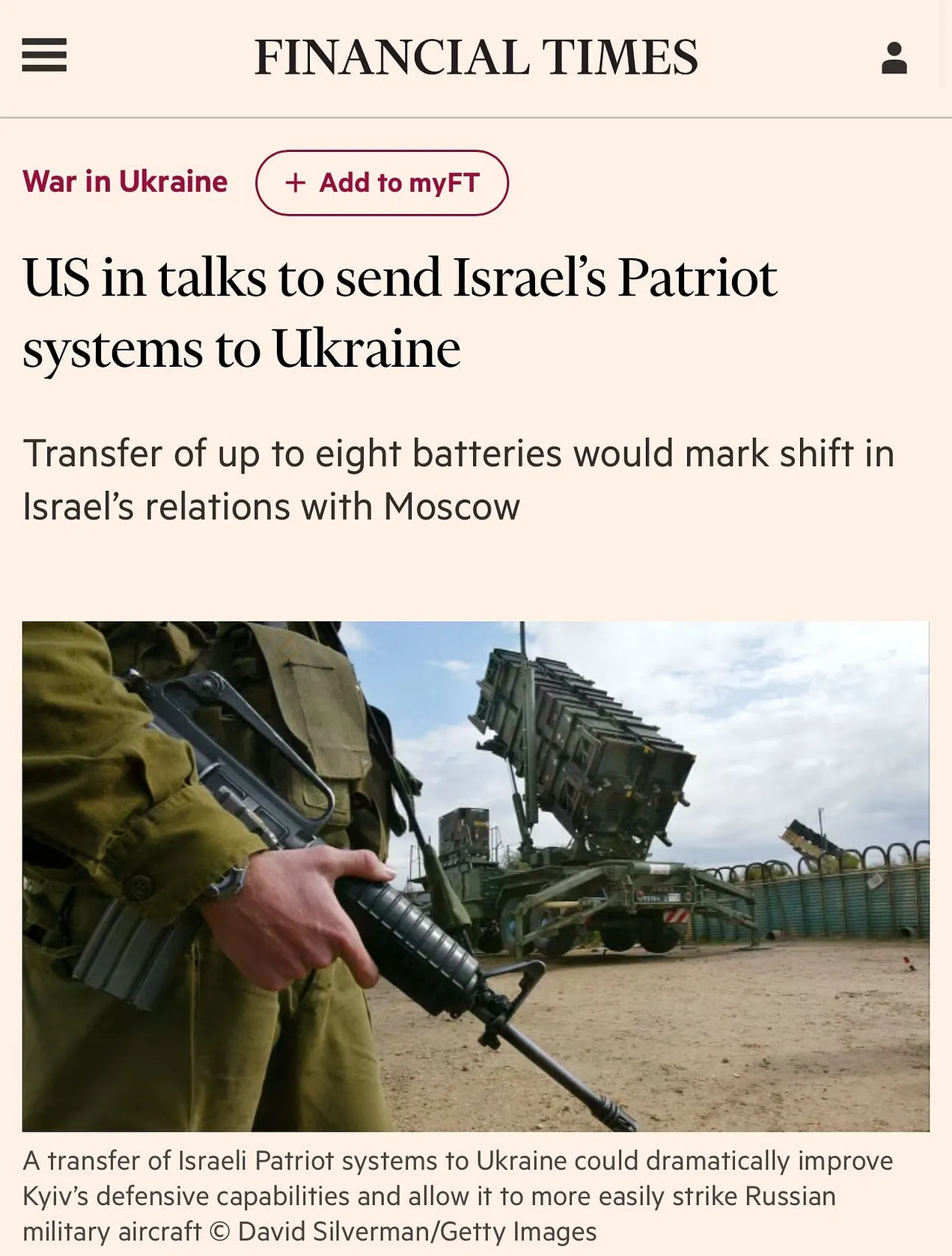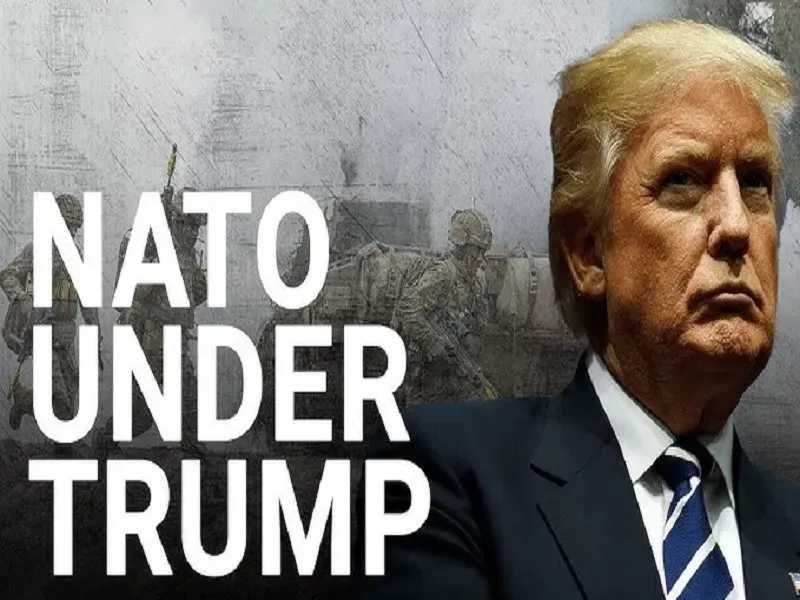POSTED BY @NSANZO ⋅ 06/25/2024
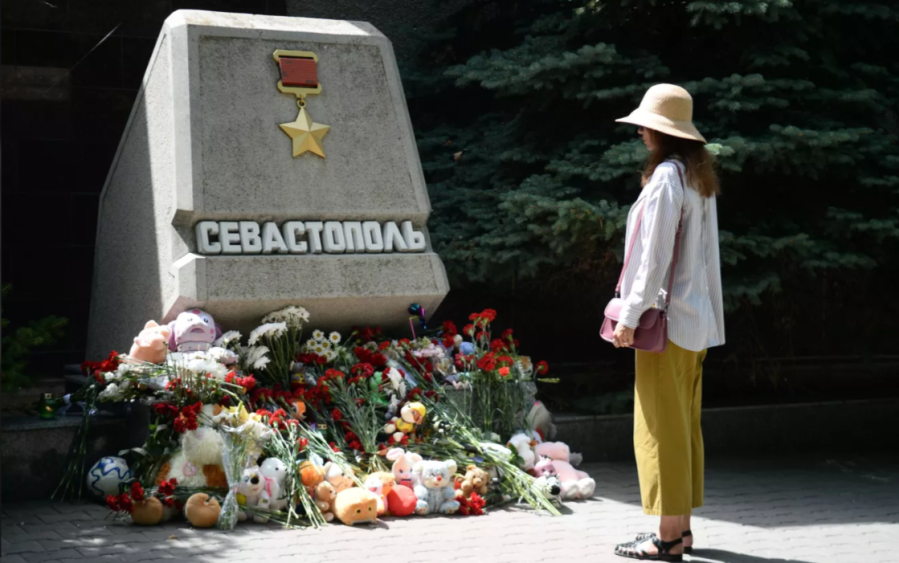
Russian combat aviation must be destroyed wherever it is, using all effective means. Attacking Russian airfields is also fully justified. We need a joint security decision with our partners,” Volodymyr Zelensky wrote on Sunday. The Ukrainian Government, accustomed to using events to continue making progress towards obtaining each of the items on its wish list from its partners, is now clinging to the use of guided bombs to demand even greater effort from its main suppliers. In the last few hours, the European Union has confirmed the sending of the first 1.4 billion euros resulting from the benefits of Russian assets seized in European countries. Days before, the Netherlands confirmed the early arrival of the first F16s, which may be used against Russian territory in addition to Ukraine according to its 1991 borders. And this week it has been widely debated, sometimes due to the anger of some allied countries of United States, that Washington will prioritize Ukraine over other countries and signed contracts regarding the supply of ammunition for Patriot anti-aircraft systems. The production of these tremendously expensive missiles is limited and a hierarchy is required when making deliveries, a fact that shows the limits of the Western military industry, but also the importance that Ukraine has acquired for these countries.
Knowing the priority of the leading economic, military and political power on a global level does not provoke in kyiv the gratitude of those who are aware that their State is being artificially maintained from the outside, but rather more demands. As soon as it received permission from Washington and its European partners to use Western weapons in the border areas of the Russian Federation, Ukraine began its campaign to obtain more concessions, specifically expanding the territorial limits within which it is allowed to attack and include the ATACMS long-range missiles on the list of weapons with which to hit targets in the neighboring country. This is precisely what Zelensky's phrase refers to, written on the same day that his troops had used those missiles in the territory where they do have permission to attack: the Crimean peninsula.
Until now, Ukraine's success both in destroying infrastructure in Crimea and in approaching the peninsula has been limited and essentially limited to the fleet, where Kirilo Budanov's GUR has achieved its greatest successes by practically eliminating from the fight one of the most important assets of the Russian Federation. Appalling and surprising for the population at first, the drone attacks against the cities of the peninsula have forced the positions of command posts to be modified, but they have not been able to modify civilian life as much as Ukraine expected. This was demonstrated on Sunday with images of the large influx of people, local residents and tourists, on the beaches of Sevastopol, when Ukraine used its American missiles to attack in broad daylight. The appeal of the kyiv authorities to leave the territory through the Kerch bridge "as long as it is still available", as Mijailo Podolyak stated or the triumphalism of seeing the "voluntary unemployment" in the queues of tourists leaving Crimea after their holidays, as he did Maksym Zhoryn, have not translated into the demographic change to which Ukraine increasingly aspires.
There is not the slightest consideration in the Ukrainian authorities for the population of Crimea. This could be seen in the months prior to the start of the 2023 counteroffensive, in which Ukraine was so convinced that it would manage to approach and besiege the peninsula that it even allowed itself to present its plans for the population. Zelensky's entire entourage, although curiously not the president, who seeks to maintain an apparently more neutral position, raised his proposals, which can be summarized as punishment, limitation of civil rights and expulsion of part of the population. The position of the head of state is also clear, since even before the Russian invasion he called on the Ukrainian population that feels Russian to leave the territory and move to continental Russia.
The Ukrainian failure in the counteroffensive, with which it was not able to get even remotely close to Crimea, has not limited Ukraine's ambitions. With an approach by land impossible, kyiv aspires to use the tactic with which the Russian liberal Yulia Latynina affirmed that Crimea "will fall automatically": the use of American missiles to destroy military bases and make control of the territory impossible. Those who cling to this possibility do not take into account the Russian ability to defend itself against Ukrainian missiles - Russia shot down the five ATACMS fired by Ukraine, one of which caused five deaths and almost 150 wounded on the beach on Sunday - nor the attitude of the population, which has made it clear that it wishes to continue living with the normality that war allows and that has not abandoned its support for the Russian Federation. Perhaps for this reason, Ukraine's stance towards her has become even more hostile.
Hours after the attack, in which five bathers had died, the deputy commander of the Third Assault Brigade and one of the leaders of the National Corpus, the political wing of the Azov movement, called for total war in the territory and did not regret of the civilian casualties, including minors, that they had caused. Their support for Russia meant that these people should not be considered civilians, a definition that Ukraine has used since 2014 in Donbass. That summer, when a significant proportion of civilian deaths occurred, the kyiv authorities and media used to talk about terrorists when boasting about the casualties inflicted. This is what happened, for example, in the bombing of the Gorlovka center on July 27, 2014.
Yesterday, in terms not excessively different from those used by Andriy Biletsky's deputy, Mijailo Podolyak, one of the main advisors to the Office of the President, de facto Government of Ukraine, stated that "there are not and cannot be 'beaches'," “tourist areas” and other fictitious signs of “peaceful life” in Crimea.” Any sign of minimally normal life is presented in Ukraine as an epic act of resistance against Russia, but the population of Crimea does not deserve to enjoy its beaches. “Crimea is definitely a foreign territory occupied by Russia, where there are hostilities and a large-scale war. The same war that Russia unleashed only for genocidal and invasive purposes,” continued Podolyak, forgetting the war started by Ukraine in 2014 and without which the current situation cannot be understood and, above all, using his favorite idea, that of accusing Russia of genocide. On May 2, Podolyak denounced a Russian attack in which missiles with cluster munitions had been used against the city of Odessa and among the three “components” that Andriy Ermak's advisor highlighted was “genocidal.” According to the Russian opposition media The Moscow Times , the attack resulted in 13 victims, none of them fatal. The Ukrainian attack, which left more than a hundred injured and several fatalities, is, for Podolyak, equally genocidal, of course, blaming this time whoever was trying to prevent the missiles from hitting his territory.
Podolyak's argument, which in the Western press has been correctly interpreted as the opinion of the Ukrainian government, is the same as Zhoryn's. “Crimea is also a large military base and warehouse, with hundreds of direct military objectives, which the Russians cynically try to hide and cover up with their own civilians,” he wrote, justifying any present or future attack and apparently adhering to the Israeli tactic of qualifying as a human shield to any Palestinian civilian, to finally sentence "who in turn are considered... civilian occupiers." The unity of the Ukrainian people that Kiev and its related media have been proclaiming for more than two years does not extend to the population beyond the front, especially to those of Crimea and Donbass, who have actively shown that they have chosen Russia instead of Ukraine. . The local population is no longer Ukrainian or in need of liberation, but rather they are turned into occupiers and susceptible to being punished, having their rights limited, or expelled. The attitude of such important politicians shows the danger posed by Ukraine's will to fight until final victory, one for which they have already transformed the civilian population of Crimea and Donbass into occupiers and their territories into large military bases in which everything It is justified.
https://slavyangrad.es/2024/06/25/ocupa ... o-militar/
Google Translator
******.
From Cassad's Telegram account:
Colonelcassad
Summary of the Ministry of Defense of the Russian Federation on the progress of the special military operation (as of June 24, 2024) Main thing:
The Dnepr group of troops defeated two Ukrainian brigades, the enemy lost up to 125 military personnel;
— The Center group repelled five counterattacks of the Ukrainian Armed Forces, the enemy lost up to 430 military personnel;
— The Ukrainian Armed Forces lost more than 140 military personnel in the area of responsibility of the Vostok group in one day;
— Air defense systems shot down six ATACMS operational-tactical missiles during the day;
— The Ukrainian Armed Forces lost more than 610 military personnel and a tank in the zone of responsibility of the “South” group;
— The “North” group defeated the Ukrainian Armed Forces in the areas of Volchansk, Bochkov and Liptsy of the Kharkov region, the enemy lost up to 220 military personnel, a tank. 176
were shot down by air defense systems during the day Ukrainian unmanned aerial vehicles, six US-made ATACMS operational-tactical missiles, four US-made Patriot anti-aircraft guided missiles, as well as 10 US-made HIMARS missiles and Czech-made Vampire missiles.
The Ukrainian Armed Forces lost more than 140 military personnel, six vehicles, a 155 mm FH-70 howitzer made in Great Britain, a 152 mm 2A65 Msta-B howitzer and a 152 mm D-20 howitzer.
The losses of the Ukrainian Armed Forces amounted to up to 125 military personnel, a tank, nine vehicles, a 155 mm M777 howitzer made in the USA, a 152 mm howitzer 2A65 Msta-B and a 152 mm howitzer D-20.
https://t.me/s/boris_rozhin
Google Translator
******
BETWEEN THE KREMLIN CUP AND THE GENERAL STAFF LIP AFTER SUNDAY’S ATTACKS

by John Helmer, Moscow @bears_with
The Ukrainian missile attacks on Sevastopol on Sunday afternoon – five US ATACMS missiles with cluster-bomb warheads – have drawn the most explicit reaction yet from Russia’s independent military bloggers, followed in four hours by an official communiqué from the Defense Ministry. The Kremlin communiqué which followed the Defense Ministry an hour later as Sunday evening came on, was not the same.
A salvo of five ATACMS (Army Tactical Missile System) missiles was intercepted over the Uchkuevka beach at Sevastopol just after midday. In celebration of the 30-degree sunshine and the Orthodox Trinity holiday, there were a large number of people in the water and on the sand. The missiles were intercepted in the air, but shrapnel from the detonating warheads struck the beach. At latest count, four people were killed, two of them children; 151 people, including 27 children, were wounded; 82 were hospitalized, 13 of them in serious condition.
Boris Rozhin, editor in chief of the Colonel Cassad military blog, was in Sevastopol and he reported from one of the hospitals to which the casualties were taken. His reports started at 12:23 local time and continued for almost twelve hours.
Rozhin is one of the independent Russian war correspondents calling on the Kremlin to remove the limit which has been placed on attacking the US Air Force (USAF) drones and other NATO aircraft which operate over the Black Sea, in international waters off the Crimean shore, to provide flight course, evasion of Russian air defence units, and target coordinates to the American and Ukrainian ground crews operating the ATACMS batteries and executing the fire orders.
Russian reports indicate the launch point for the Sevastopol beach attack was Nikolaev on the Ukrainian mainland. If so, the range of the missiles was at least 300 kilometres – longer than the US has publicly admitted. This also means that to be effective in defence against the repetition of such attacks against civilians, the proposed Russian demilitarized zone for the Ukraine, or “sanitary zone” as Putin has called it, must stretch from Nikolaev westward to Kiev.
Rozhin has blamed the US explicitly in language repeated by other military bloggers. They mean to say, as they have been repeating in recent weeks, that the USAF drones used in the Sevastopol attacks should be destroyed.
Just after 1600 Moscow time on Sunday, the Russian Defense Ministry issued its bulletin. The text, auto- translated into English, reads:

Note that that the Ministry, and the General Staff behind it, target the US as directly engaged in the operation of the missile attack. However, they start by calling the attack a “terrorist” strike, not an act of war. The wording of the statement also avoids identifying the USAF drones and other airborne electronic warfare systems offshore from Crimea. Instead, it refers to “satellite intelligence”.
These are ideological references, not military ones. The distinction between Ukrainian acts of terrorism and war is Kremlin policy. By terming such attacks, including the Crocus City Hall attack in Moscow in March, terrorism but not war, the policy follows that the Special Military Operation is not in fact a war, and that Russian war tactics and strategy should be limited to retaliation, not to the defeat and demilitarization of the US and NATO on the Ukrainian battlefield.
At 1715 the Kremlin followed with a communiqué headlined: “The President reached out to the Government’s social bloc and the military following the attack by the Ukrainian Armed Forces against Sevastopol.” The two-paragraph statement said: “Vladimir Putin has been in touch with senior officials from the Government’s social ministries and agencies and healthcare institutions on an ongoing basis considering the urgency of providing care to the attack victims. The President has also been interacting with the military. The Ukrainian Armed Forces targeted Sevastopol with an intentional missile strike in the afternoon of June 23, using five ATACMS US-made tactical missiles. The attack left at least 124 people wounded or injured, to a varying degree of severity, including 27 children.”
The president’s statement was issued from the Kremlin in Moscow. Putin, who had returned from his visit to North Korea and Vietnam on June 20, has remained in the Moscow area.
As he prepared to leave Vietnam on June 20, Putin was asked by a Kremlin pool reporter from Kommersant what he has meant by his threats to attack the US and NATO sources of the Ukrainian missile and drone attacks on Russian targets in Crimea, the Donbass, and the hinterland regions. “Andrei Kolesnikov: Kommersant newspaper, Andrei Kolesnikov. Can the use of Western long-range weapons be viewed as an act of aggression? Overall, can the shelling of Belgorod and Russian territory in general be viewed as an act of aggression? Vladimir Putin: This matter requires further investigation, but it is close. We are looking into it. What are we dealing with in this case? Those who supply these weapons believe that they are not at war with us. As I have already said, including in Pyongyang, we reserve the right to supply our weapons to other regions of the world. I would not rule out this possibility in terms of our agreements with the Democratic People’s Republic of Korea. We can also adopt the same position on the question of where these weapons end up. Take the West, for example. They supply weapons to Ukraine, saying: We are not in control here, so the way Ukraine uses them is none of our business. Why cannot we adopt the same position and say that we supply something to somebody but have no control over what happens afterwards? Let them think about it. Therefore, at this stage, our primary objective is to defend against these strikes.”
On June 22, Putin laid a wreath at the Tomb of the Unknown Soldier in Moscow (lead image). He then made a speech at the Kremlin to new graduates of the military and security service academies. Putin promised them more weapons and new technologies. “Let me emphasise that the effectiveness of the entire work to strengthen Russia’s defence capabilities directly depends on the officers – you and your colleagues. Soon you will lead military units and, I believe, make every effort to master advanced weapons and equipment, to perfectly train personnel, and you will also be a paragon of professionalism, discipline, decency, and personal courage for your fellow soldiers.”
The military distinction between the Sevastopol attack and those which followed in Makhachkala and Derbent, Dagestan, later in the day, when a synagogue, church, and police were attacked by a group of six Dagestani men has been obscured in the Russian reporting. All the attackers have been killed; eight Russian security forces and two civilians, one of them an Orthodox priest, have also died, and another 16 wounded.

Left: dead gunman in the street in Derbent, Dagestan, reported by Rozhin. Right, “Terrorist Attacks in the Caucasus”, summary report by Mikhail Zvinchuk of Rybar.
At the same time as the Dagestan events took place, Rozhin and other milbloggers were reporting a new Ukrainian air raid over Crimea. “The enemy shelled western Crimea. Air defence positions in the area of Yevpatoria were hit. The RQ-4 Global Hawk worked at sea as it usually does, in total safety. The chatter about the fact that they will be seriously interfered with remains just chatter at the moment” — posted at 23:22.
Mikhail Zvinchuk, who directs the Rybar military blog, reported just before midnight on Sunday: “The night before, according to some reports, up to 15 drones were observed in the western part of Crimea, some of which were shot down. Again, during the attack, an American RQ-4B drone was in the air, which again raises the question of the expediency of destroying Western aviation, which directs the AFU [Ukrainian Armed Forces] to Russian territories and residents.”
Dmitry Medvedev, the former president and now Deputy Secretary of the Security Council, was almost as clear. He issued this Telegram statement at 20:22 on Sunday evening: “Bastards from the United States supply rockets with a cluster charge to Bandera and help bring them to the target. Bastards in Kiev choose a beach with peaceful people as a target and press the button. Both will burn in hell. Hopefully, not only in the sacred fire, but even earlier, in the one on earth. All that happened was not military action, but a vile and heinous terrorist attack against our people, committed on an Orthodox holiday. As well as the massacre in Dagestan which was staged by extremists. Therefore, now all of them – the American authorities, the Bandera regime and the insane fanatics – are no different for us."
https://johnhelmer.net/between-the-krem ... more-90043
******
SITREP 6/23/24: Coordinated Terror Attacks by Ukraine and Friends Seek to Sow Instability
SIMPLICIUS
JUN 24, 2024
<snip>
The AFU reportedly released this video of 8 ATACMS missiles being fired, presumably onto Crimea:[/video at link.)
If true it would point to Russian ISR weaknesses that such a large assembly of launchers can fire at will without being tracked and at least partly destroyed. However, it could be a propaganda video, as Rezident UA channel today released this rumor as to how the strikes are being carried out:
“Our source at the General Staff said that the Ukrainian Armed Forces are launching missile attacks on Sevastopol and Crimea with the help of dry cargo ships, on which launchers with ATACMS missiles are placed. After launch, the ship goes to the Black Sea or Odessa cargo port and merges with other dry cargo ships that are stationed there.”
If there’s any truth to that, it would point to Ukraine’s launchers being so vulnerable to Russian counterattack that they’re forced to resort to such elaborate means to launch the strikes.
But the only good news as takeaway is that Russian AD is reportedly said to have downed not only all—or at least most—of the missiles in the latest round, but also many other recent salvos over the past week or two. The lack of any new Ukrainian footage of targets being successfully hit attests to this, which means at the least that Russia is starting to successfully interdict the ATACMS missiles.
This follows “rumors” a week ago that Russia was moving an S-500 unit into Crimea, which has a more powerful radar able to track ballistic missiles with such 0.2m2 RCS characteristics at much greater distances and altitudes. That being said, Ukrainian drones continue to strike Russian oil targets, but rarely with ‘devastating’ results. One of the latest such strikes near Krasnodar merely ‘damaged’ a single oil tank, which is negligible in effect.
In the meantime, while Ukraine continues wasting their precious resources striking civilian targets or Crimea in general—which has no real military value—Russia steadily wears down the Ukrainian energy grid and battlefield forces with a nonstop onslaught of massive Fab attacks.
(Videos at link.)
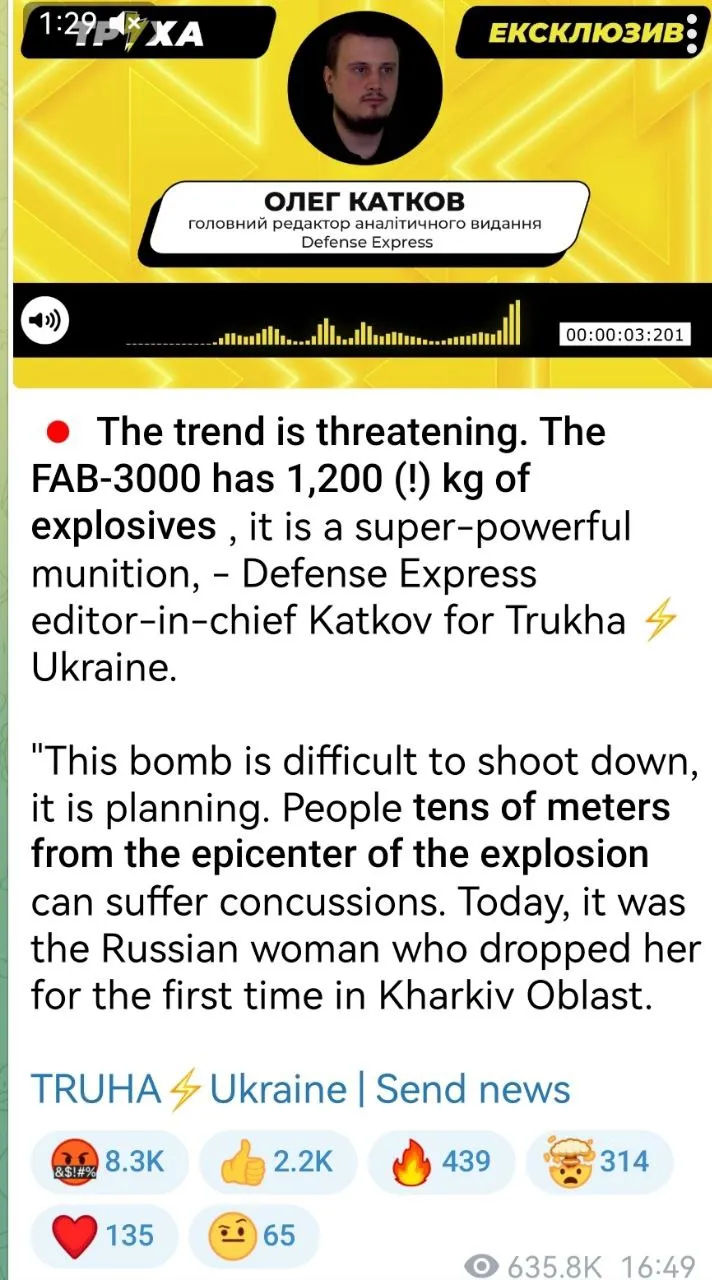
Zelensky himself even announced yesterday that Russia has already launched a whopping 2,400 bombs just in the past 3 weeks alone.
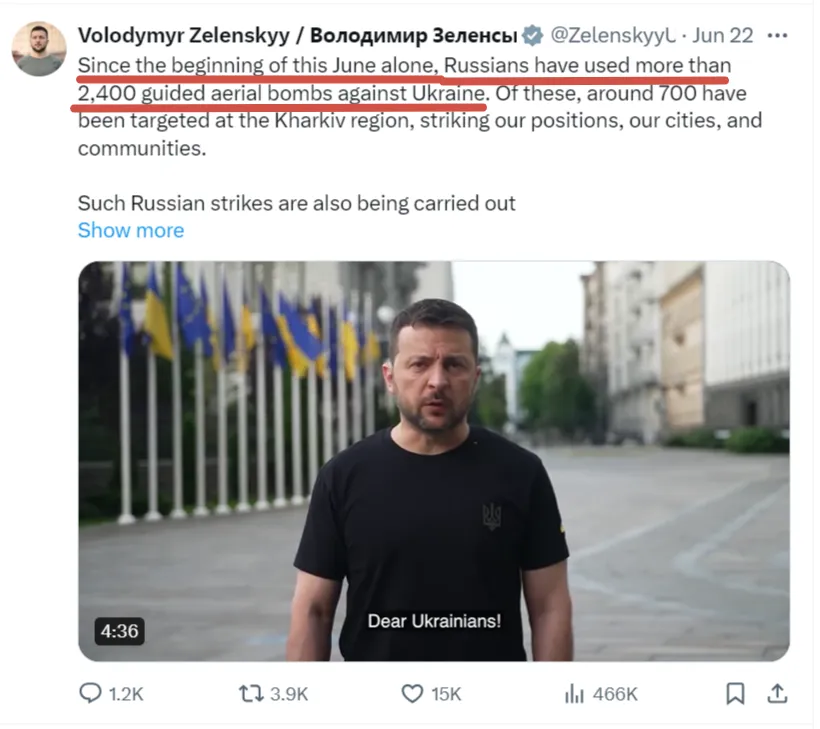
How many AFU soldiers on average are eliminated by each one of those bombs, do you think? Multiply that number by 2,400, then double or triple that figure to allot for casualties from artillery and other means.
Ukrainian energy infrastructure reportedly burns after yesterday’s strike: (Video at link.)
Ukraine’s main energy utility provider, Ukrenergo:
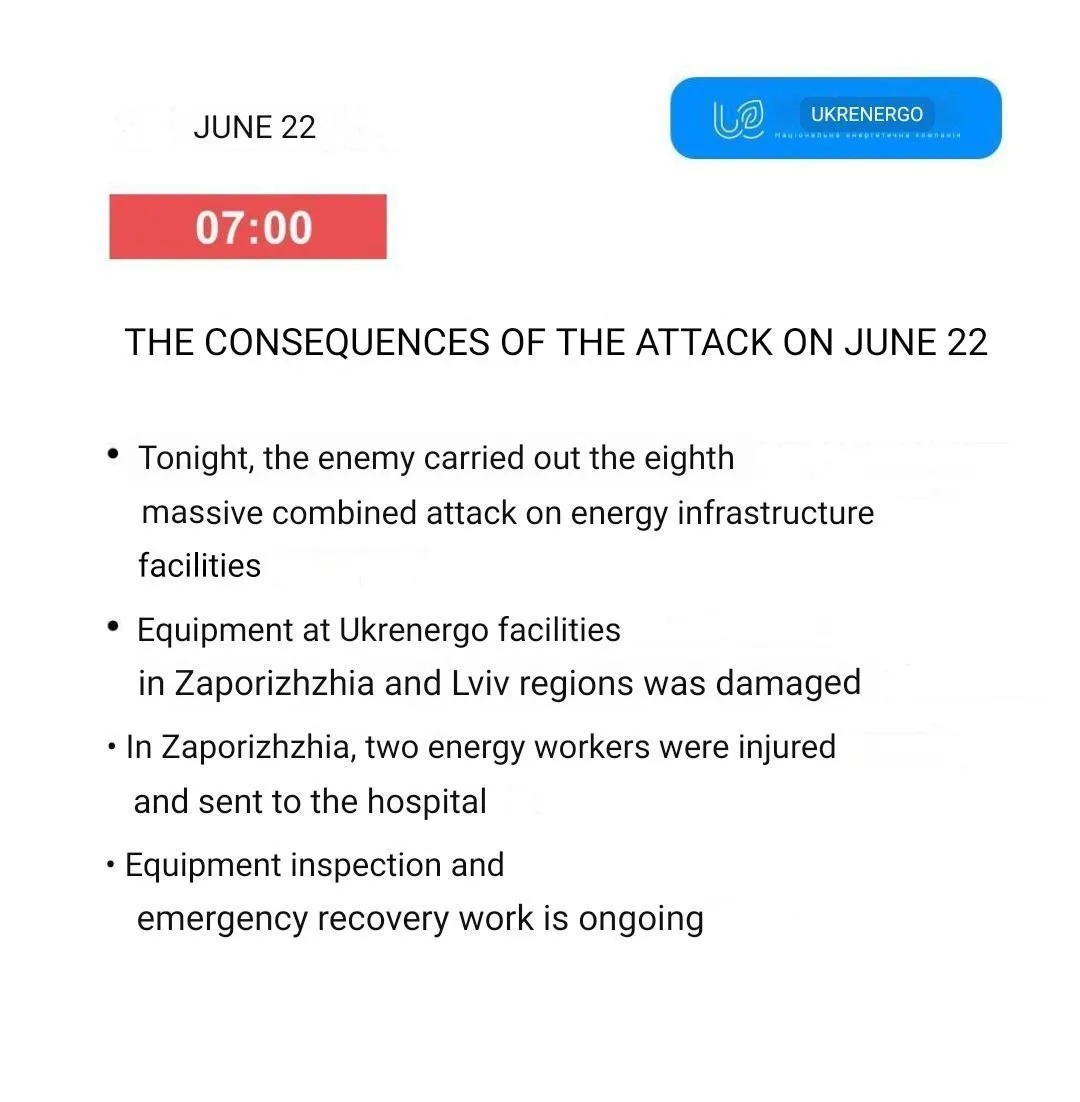
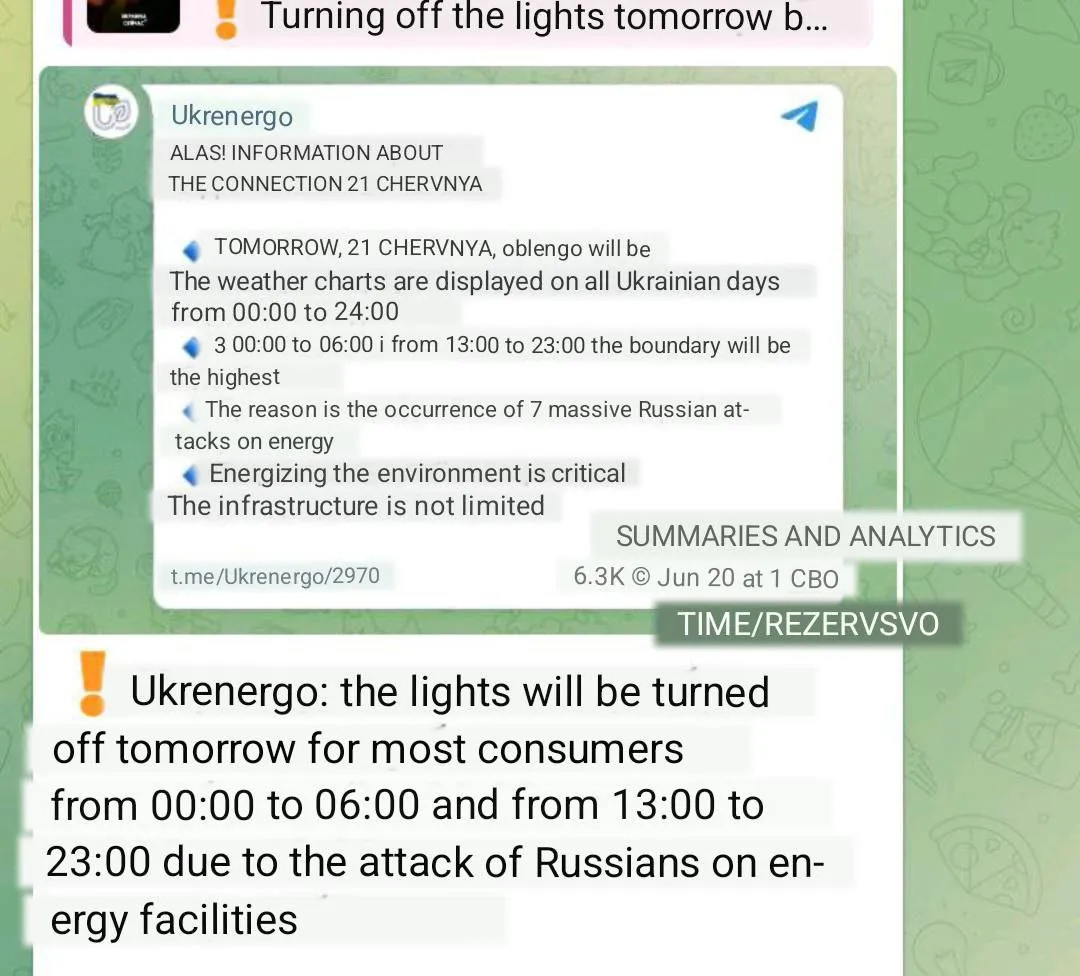
In a video that seems scripted in its perfection, the head of Ukrenergo even lost power just seconds after boasting that everything was under control: (Video at link.)
CNN was forced to cover the developing energy grid situation:

https://edition.cnn.com/2024/06/22/euro ... index.html
The article states that Spring and Summer have been the periods with least power demand, yet now for the first time in the war they are seeing daily blackouts.
“If we don’t restore the existing the damaged plants, if we don’t improve the interconnector capacity for input, if we don’t build these distributed generators, at least in some places… then people will have power for less than four hours per day,” says Dmytro Sakharuk, executive director of DTEK, Ukraine’s largest private energy company.

—[/img]
So, what’s next?
Russian forces continue making gains on nearly every front, visualized by the handy SouthFront maps below. The most significant are the central pushes toward the Toretsk axis:
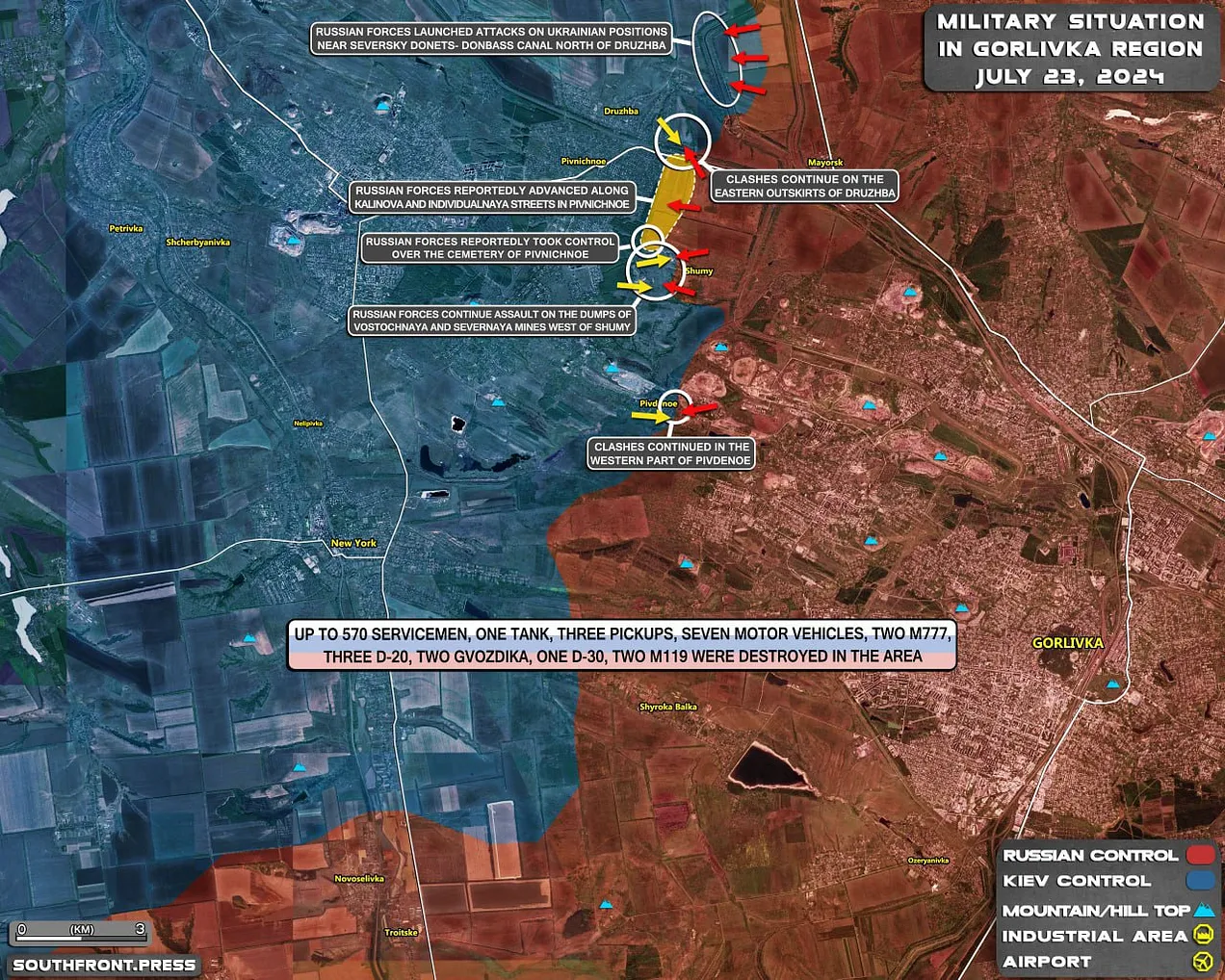
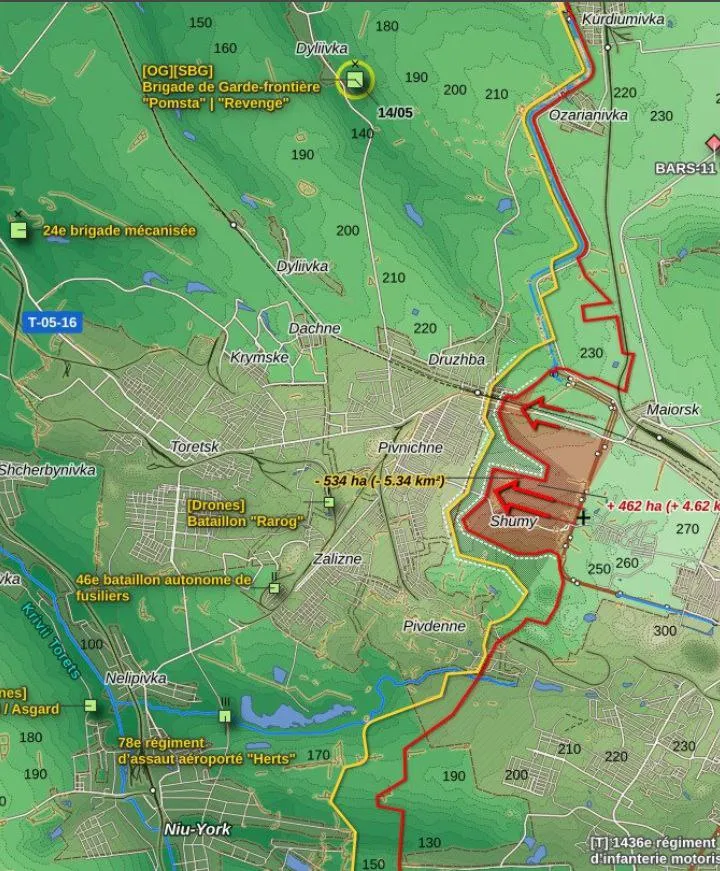
Where they captured the settlement of Shumy:

Other directions include advancement in the following areas:
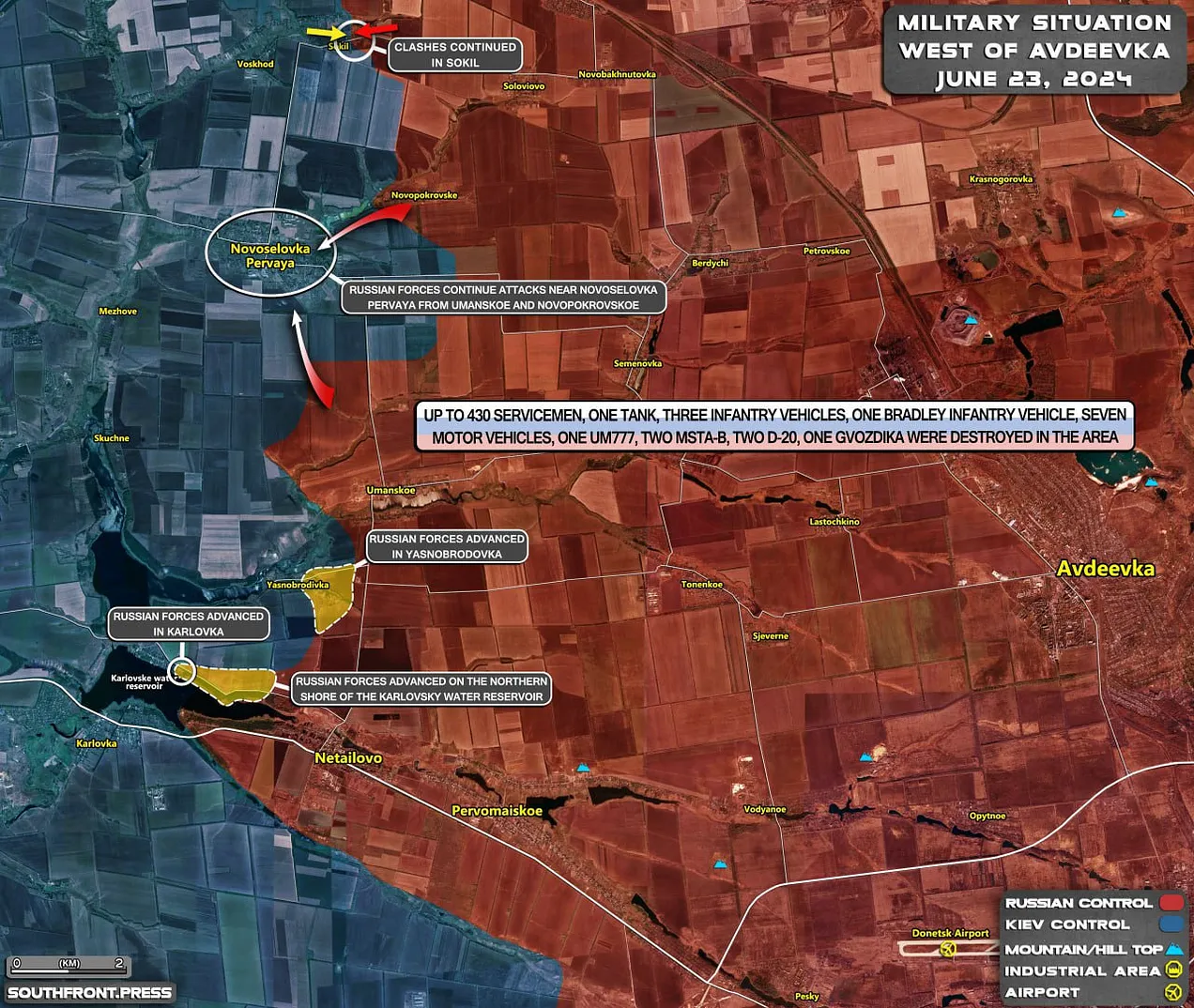
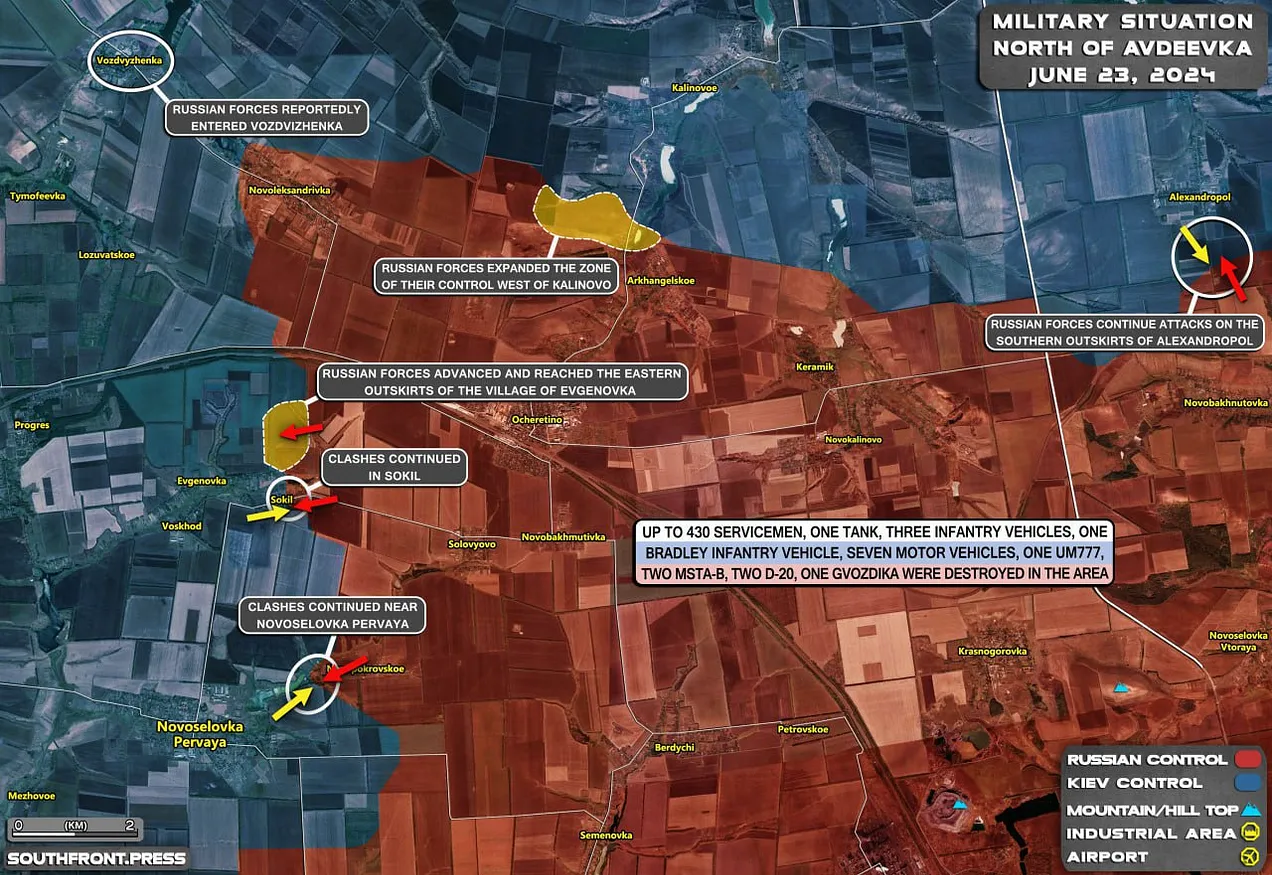

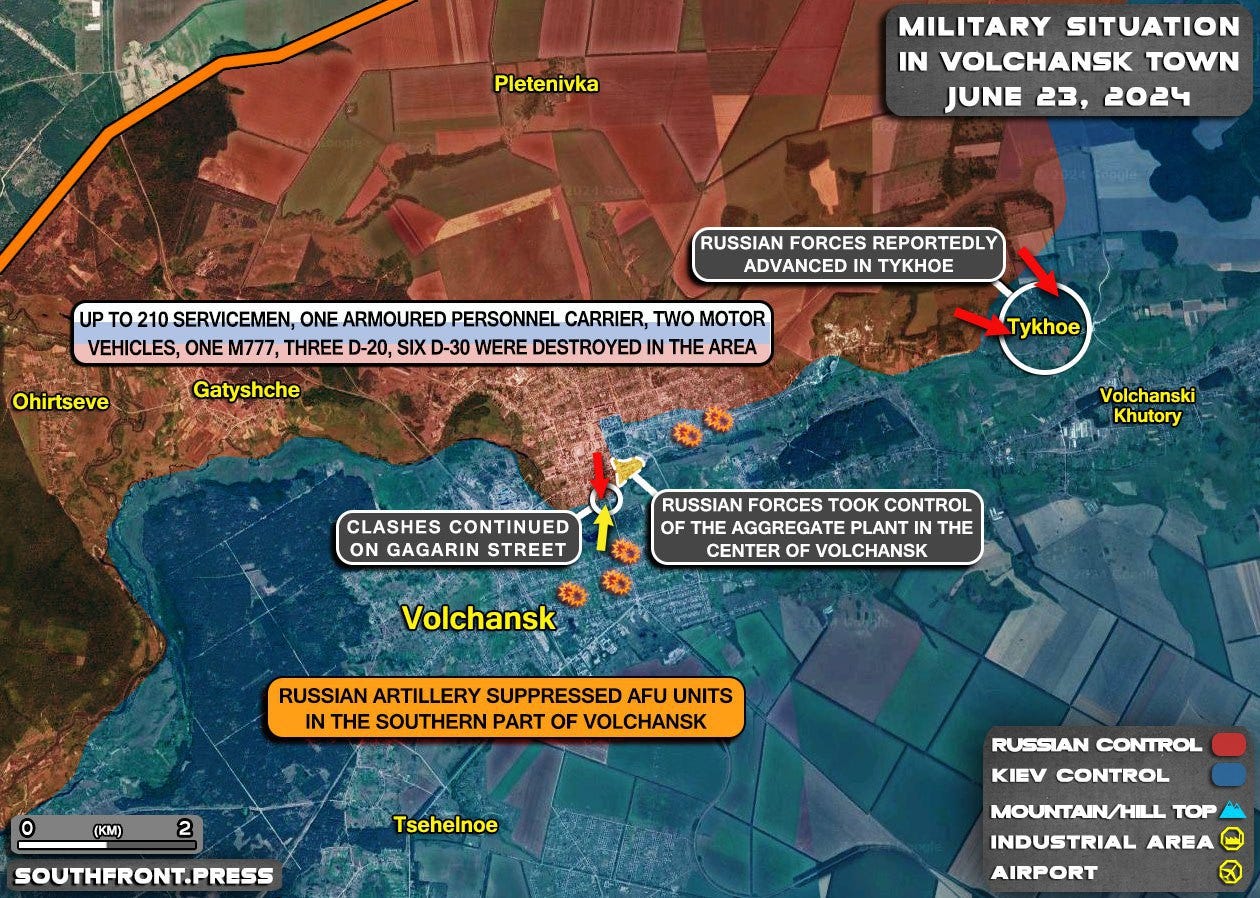
Not seen above are incremental advancements in Krasnogorovka, which as you can see is more than half captured:
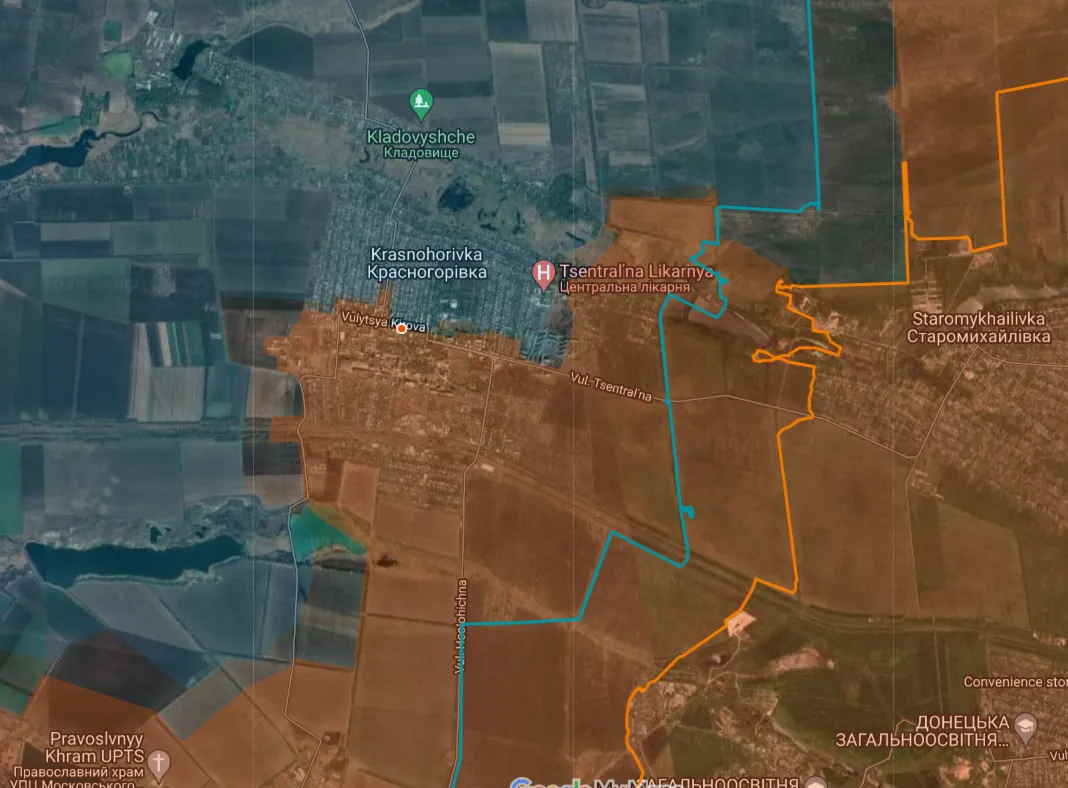
As well as Razdolovka, which is slowly being taken north of Bakhmut:
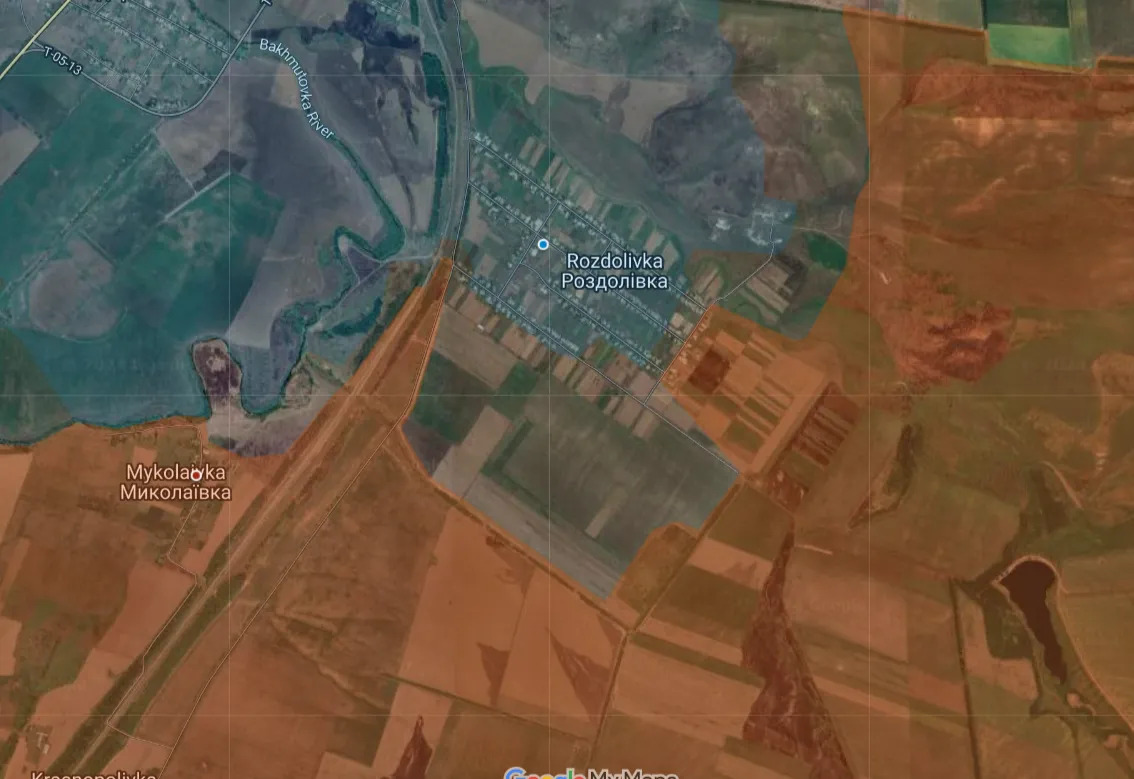
—
To look briefly further ahead, we’ve had some interesting developments.
Almost as if the Russian leadership ‘knows something we don’t’, they’ve made a series of statements in the past few days that seem to point to an early conclusion to the conflict.
First, Putin again reiterated that he believes Zelensky will be ‘replaced’ in early 2025:
One scenario some analysts have hypothesized is the following:
Right now there are rumors that Syrsky is being forced to put together another “offensive” for this fall, and channels like Rezident claim sources indicate reserves are being built up for this. The reasons are several-fold, but they include the U.S. mandate to launch a successful offensive right in time for the U.S. election to give Biden a final propaganda boost.
Our source in the General Staff reported that the Commander-in-Chief has started forming reserves for a future counteroffensive, which must take into account the failures of 2023. The command has conditioned retaining Syrsky in his position on the effectiveness of the new campaign, which needs to demonstrate the Ukrainian Armed Forces' ability to conduct offensive operations and must occur before the U.S. elections.
#Inside
Our source in the General Staff said that the new law on mobilization now covers 60% of the plans from the Armed Forces. This situation does not suit Syrsky, who promised Zelensky to start a new counterattack in late August for elections in the United States, which is why mobilization methods will be tightened from July.
So the theory goes, once that offensive is spectacularly quashed by Russian forces, it will be the final blow to Zelensky’s image. He will be totally tarnished and the West will have no further use for him, with rumors indicating Zaluzhny will be brought back into the fold.
Not surprisingly, Arestovich appears aware of this current as he’s suddenly offered himself up for the Ukrainian presidency in the latest video, even extending an olive branch to Putin with the claim that he’s ready to shake Putin’s hand: (Video at link.)
So according to that scheme, Ukraine will give one final gasping hurrah, then Zelensky will be packaged up and sent off to the farm.
Now, in an incident that’s generated a swell of chatter among the Russian punditry, Belousov, while visiting the 155th Marines barracks, made a very odd statement. First, he sternly threatened the commanding officers with ‘criminal’ charges if their construction job is not complete on time—a sight to behold of its own. But then, more interestingly, the reason he gave for such impatience is because: “the guys will start coming back soon”:
This has led to raging debate as to what he means. The pro-UA crowd claims he’s implying the coming peace negotiations will end the war; while the Russian side naturally interprets his remark as meaning the war will end soon with a massive victory and de-mobilization of troops. For the hell of it, I’ll take the middle ground and say it could simply be referring to the rotation of troops—but who knows?
If that wasn’t enough, Apti Alaudinov in a new interview stated that the “war will be over by the end of this year”:


I have great respect for Apti, but he very often hypes things up baselessly—so personally, I don’t put too much stock into the statement. Nevertheless, the overall accumulation of such seeming sentiments is interesting.
It should be also noted that the Russian SVR—via their official Kremlin site—even issued a statement in support of Putin’s words above, titled as follows:

http://svr.gov.ru/smi/2024/06/zapad-got ... nskogo.htm
Read the bolded portion very carefully:
20.06.2024
The press bureau of the Foreign Intelligence Service of the Russian Federation reports that, according to information received by the SVR, Washington and its satellites are satisfied with the situation that has developed since May 20 this year, in which Zelensky's legitimacy completely depends on Western support. The Ukrainian "president" has lost all independence. He is already completely on a " short leash "in the hands of curators from the Washington regional committee and will not be able to avoid responsibility for unleashing a" large-scale war " in Europe. Its Western masters will easily sacrifice it when Russia has consolidated its gains on the battlefield, and the exhausted and demoralized Ukrainian troops find themselves in a hopeless situation.
Having exhausted such" usefulness "of Zelensky and realizing the futility of hopes for a" strategic defeat of Russia", the White House will not hesitate to throw him on the dustbin of history, replace him with one of the Ukrainian politicians who will be acceptable for negotiating a peaceful settlement of the conflict with Moscow. The most suitable candidate in Washington is considered to be the former commander-in-Chief of the Armed Forces of Ukraine V. Zaluzhny.
In such circumstances, Zelensky's hysterical statements about his intention to "bring Russia to its knees" sound especially comical. Wandering around Western capitals, the self-proclaimed "president" is trying to create the impression of a boisterous activity and at least somehow justify the usurpation of power. However, it is becoming increasingly clear that the" Zelensky project " will soon be closed by the White House.
SVR Press Office of Russia
Well, there you have it: the entire script for the next 9 months or so is generously provided us. And it’s one I myself have been writing since nearly the beginning. My earliest readers here will recall from the very first reports, my main prediction was that Zelensky will be overthrown in a military coup by generals amenable to making peace with Moscow in order to save the remainder of their soldiers’ lives. We’ll see how it plays out, but for now I still maintain this the likeliest outcome, though it can of course be attenuated by the cunning Yermak and co. with their purge of all top military leadership who may be suspected of harboring such inconveniently unbecoming ‘sympathy’ for the cannon fodders’ lives.
Also, the French thinktank Stratpol released a new report with a not altogether different conclusion:

https://stratpol.com/la-situation-catas ... tats-unis/
Some excerpts (mind the slightly wonky auto-translation):
Describing the current situation within Ukraine itself, the colonel Galactéros described as “catastrophic”. Kiev does not have the resources needed to continue the war, but it does not negotiate. This stalemate threatens not only the Ukrainian people, but the whole of Europe.
“Ukraine is in a military situation catastrophic. It lacks of the men, weapons, ammunition. Lack of everything. Today, Ukraine needs of 500,000 people to contain the Russian offensive. But where will she these 500 000? It is a question of engagement, because Europe will not send its population. Russia has explained very clearly what will happen with the armed forces of the european countries on the territory of Ukraine. It is time to negotiate, but the West does not want to. Because the situation on the front has not been developed in favour of the West. Moscow does not need to negotiations, because she is now in a position of strength. I hear the position of Russia, which is the surrender of Ukraine. I think the continuation of the conflict is extremely dangerous for Ukraine and Ukrainians, as well as for Europe as a whole.”
And:
“In any case, the negotiations will be held between Moscow and Washington. Because in the case of the Ukraine, there are a lot of questions. Zelensky, is it legitimate? Was there a real support among the people? That may be a negotiator in such a case? Zaluzhny? Arestovich? Ukrainian politicians, who have already moved to London? I am sure that, given the military situation, economic and social situation in Ukraine, the popularity of the current authorities in the people is extremely low. If the only solution that the current government can offer is to send everyone to the front, then it is absurd. This is horrible and inhuman.”
Finally, we have a new interview with Ukrainian philosopher and Maidan activist Sergei Datsyuk, with the Kiev journalist Alexander Shelest. Datsyuk states “Ukraine has one year left, then a heroic death”.
The video’s AI translation is a bit wonky, but I’ve copied the paraphrase below: (Video at link.)
Ukraine has one year left, then a heroic death. Ukraine needs a major shock with mass casualties to bring to its senses the jingoistic patriots who silence any leader who tries to hint at a compromise in the conflict
Ukrainian philosopher-Maidan activist Sergei Datsyuk stated this on the channel of Kiev journalist Alexander Shelest.
We would have to live until next summer. Without further changes, Ukraine will simply end. It will not exist as an economic unit. I don’t know how it is in politics, in culture, in the civil structure, but economically without changes beyond the summer of next year it simply will not exist, – says Datsyuk.
“In this sense, the question of political leadership is very important, and it sounds like this: is there a political leader in Ukraine who can offer a compromise? I maintain that there is no such leader. Whoever proposes it today will not receive the support of the majority. We need even more sacrifices for this understanding to come.
He brings up economics, which dovetails with a new series of interesting graphs reportedly released by the Ukrainian Ministry of Finance:
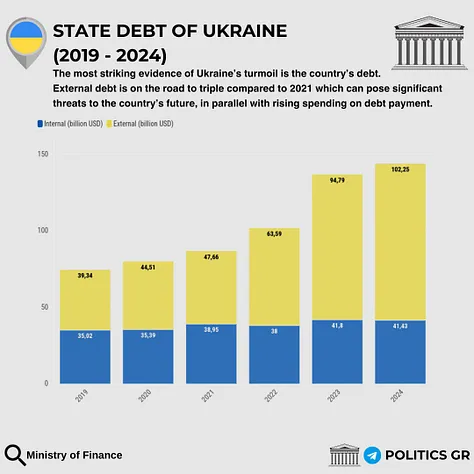
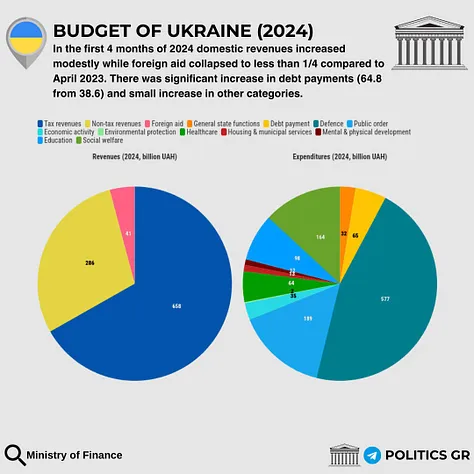
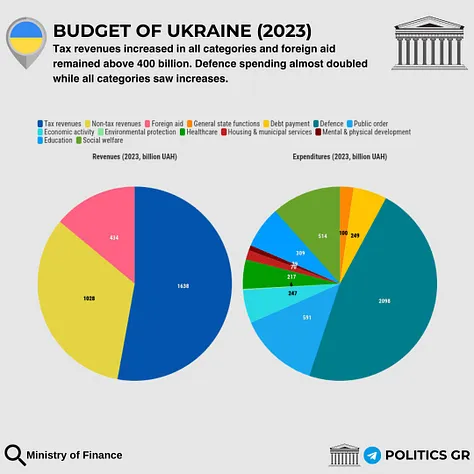
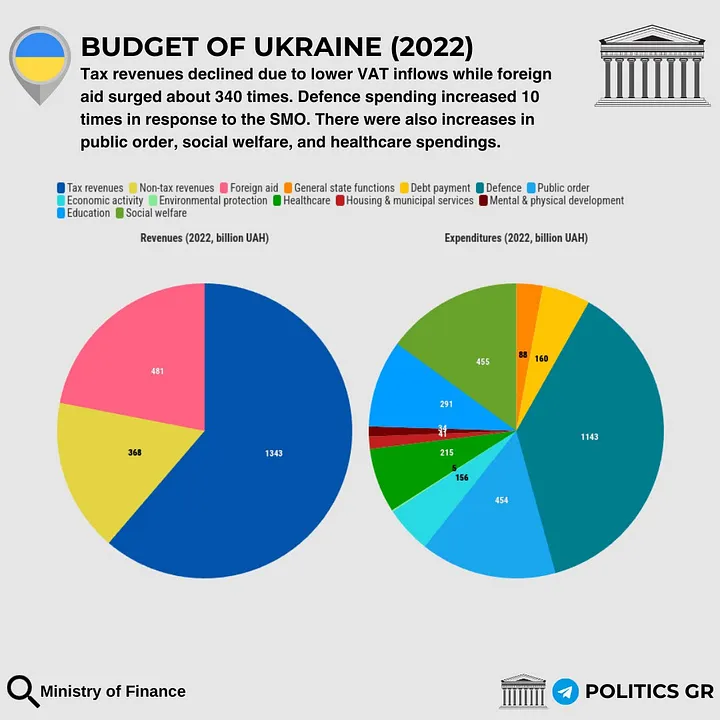
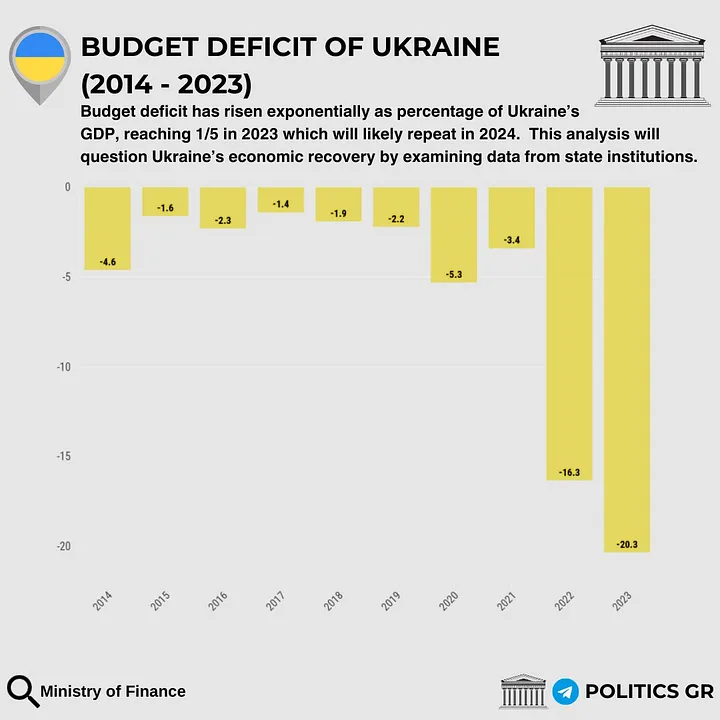
Ukraine is being forced to sell off almost everything in order to continue financing the war. On that count, former French intelligence director, Alain Juillet states all Ukraine agriculture now belongs to U.S. companies as Zelensky was forced to hand everything over to BlackRock: (Video at link.)
Ukrainian grain belongs to US companies, said Alain Juillet, the former head of France's economic intelligence service. He recalled the Kiev regime's complaints that Russia was supposedly starving the world because Ukraine was unable to export grain. "This was a lie, because the grain no longer belonged to Ukraine, but to American companies," Juillet said in an interview with the Club des Vigilants portal. Ukraine does not have the means to pay for arms deliveries, and the Americans do not give anything for free, the expert stressed. "What guarantee did Zelensky give the Americans? He promised that an American investment fund would be responsible for the reconstruction of Ukraine," Juillet added.
I suppose it’s only fitting, then, that I saw this meme today:
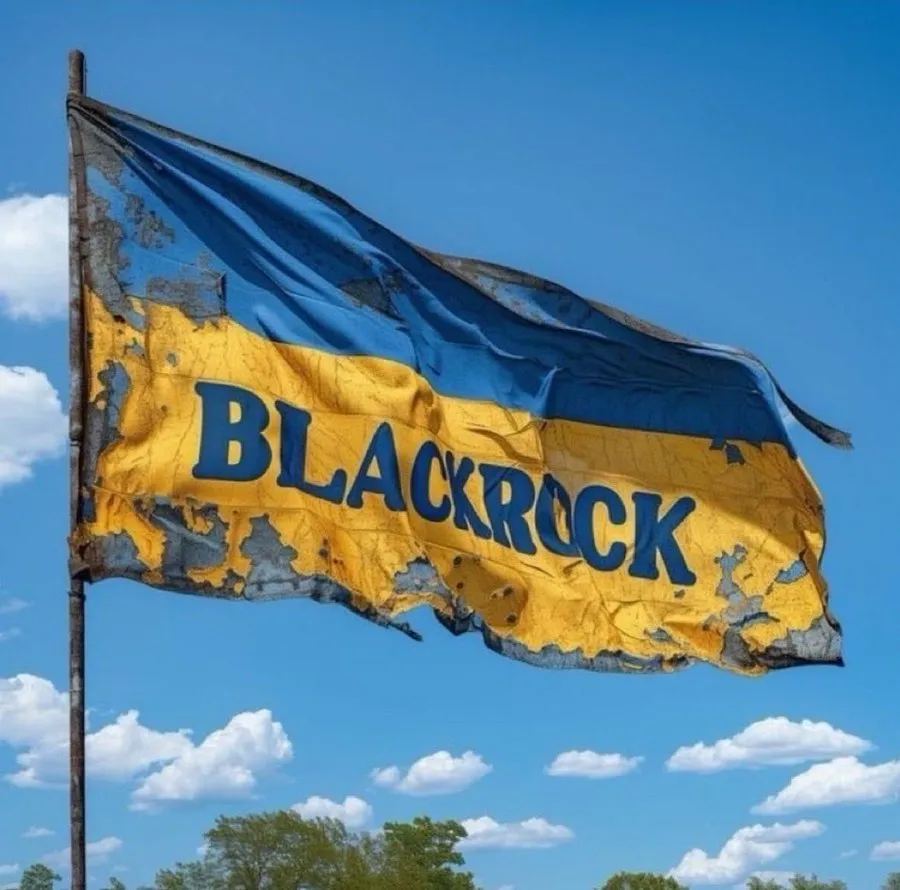
(Much more at link.)
https://simplicius76.substack.com/p/sit ... or-attacks
******
Larry Provides A Good Summary...
In his latest on cluster munitions on Sevastopol's beaches.
Imagine the reaction in the United States if Russia detonated cluster munitions over Miami Beach, killing and wounding more than one hundred, including children. The American people would demand a strong response. Well, that is exactly what is happening now in Russia:
The intended target, most likely, was Belbek air field which part of the aviation of the Black Sera Fleet is based on. The part of package of one of the shot ATACAMS still managed to dispense and that's what have created the killing field with 5 people killed and 125 wounded, many children among them. ATACMS is American system and flight data was entered by the US personnel. US doesn't allow khokhol nowhere near US systems (ATACMS, Patriot PAC3, NASAMS et al) operating in 404.
Dmitry Orlov wrote a brilliant piece on:
"War and Punishment" is not just a great novel by a great Russian author Tolstoyevsky; it is also Russia's foreign policy. Suppose you ignite a war on Russia's border with the hopes of destroying Russia — and lose it. What do you suppose will happen to you next? Peace? No, you will be punished. Your punishment, for didactic purposes, could be separated into five categories: financial, economic, political, social and cultural:
He elaborates well on what War and Punishment (a combination of War and Peace and Crime and Punishment) are, so if you don't have Dmitry's Boosty subscription--get it.
http://smoothiex12.blogspot.com/2024/06 ... mmary.html
*******
How are the US-made ATACMS missiles being used by Ukrainian forces?
Yesterday, in Sevastopol, Crimea we saw how Kiev is using the Wunderwaffen tactical, ground-to-ground 300-km range ballistic missiles known by the acronym ATACMS which the United States has been delivering to them.
In the past week, Washington lifted all restrictions on how the Ukrainians use these weapons, although that is a bit of disinformation in itself, since the targeting is possible only with the assistance of American military experts using reconnaissance intelligence which the Ukrainians themselves do not possess.
The latter point is not based on my personal expertise, which is nil, but on what the Russians are saying on state television, and whether true or not, it is highly relevant to the decisions the Kremlin will now take on how to respond to what they are denouncing as ‘terrorist acts.’
Why terrorism? Because the target in yesterday’s attack on Sevastopol, which happens to be the home port of Russia’s Black Sea fleet, was not one of the many possible naval installations. No, it was the municipal beach where, on a fine summer weekend, parents and children were out in the open.
These ATACMS were configured to carry cluster bombs and are intended to be used against field soldiers in their trenches. In the given case, the Ukrainians fired 5 ATACMS at Sevastopol, of which 4 were shot down by Russian air defenses while the fifth had, as intended, overwhelmed the system and got through to target where it brought about mayhem.
Latest reports from the office of the governor in Sevastopol are that more than 150 civilians have been injured, some seriously and under treatment in intensive care, while a number of adults and several children were killed outright.
In the view of Russian news commentators, the objective of the attack was precisely to terrorize the local, regional and national population in Russia and to prompt some outsized revenge attack by Russia that then can be condemned by the world and take us all to the next level of escalation in this war. At a minimum, it was intended as a serious distraction of global attention away from the destruction of the Ukrainian army on the battlefield, where the recently introduced daily use by the Russians of several hundred 300-kg repurposed ‘dumb bombs’ into maneuverable glider bombs has been killing the equivalent of two brigades of Ukrainian infantry each day, a loss which comes on top of the devastating losses they suffer from Russian artillery.
In short, the closer we come to the utter destruction of the Ukrainian armed forces, the more frantic are U.S. and Ukrainian efforts to shift attention away from the battlefield through terror unleashed on the Russian civilian populations.
So what may we expect from the Russian side now?
This was the main topic for discussion on last night’s edition of the Vladimir Solovyov talk show.
First attention is being given to leveling the Ukrainian city of Kharkov to the ground. Why Kharkov? Because it is from that city and its environs that the Ukrainians are launching daily missile attacks on the civilian population of the neighboring Belgorod region of the Russian Federation. Per Solovyov, this should be done in a civilized manner, giving the city’s inhabitants three days to clear out before the bombs will fall.
But that is not all. Solovyov, who is widely watched in Russia, is calling for the leveling to the ground of Odessa, from where the ATACMS attack on Sevastopol may have been launched and also of Kiev, where the decisions to launch were taken.
As for retribution on the American enablers of the ATACMS attack, no word yet on what the Russians may be planning for them, but Solovyov was surely not just speaking for himself when he said it is high time for Russia to down the Global Hawk reconnaissance drones which the United States has been flying in the Black Sea to provide intelligence necessary to target the ATACMS missiles. There was also a strong hint that the newly signed mutual defense pact with North Korea will be activated so as to strike against American military assets in an asymmetric fashion.
Also under discussion were the measures to deal with earlier than expected deployment of the F-16s to the Ukrainian war, as early as this summer. First steps will include hardening of the airfields within Russia from which their attacks on Ukrainian positions are launched. This means covering the parked planes with concrete shelters. Secondly it means preparing to bomb the airbases from outside Ukraine which will be used to send F-16s on a hop, skip and jump to some Ukrainian airfield very briefly for the US to claim that the flights originated from within Ukraine. The Russians see Moldova as the most likely air base for this purpose, since it is outside of NATO but borders on Ukraine and has hardened Soviet era airfields where the F-16s can be stored under ground, seemingly safe from Russian attack.
I conclude this brief account with a Kudos to Mr. Jake Sullivan, for his fine work taking Europe a big step closer to a bloody finale by freeing Ukrainian hands to do as they will with American weapons.
©Gilbert Doctorow, 2024
https://gilbertdoctorow.com/2024/06/24/ ... an-forces/
I doubt Russia will 'level' Kharkov as they probably intend to take it(it is a Russian city) and have got plenty of rebuilding to do already.
******
BECs as mine installers - fact or fiction
June 25, 2024
Rybar

The Wall Street Journal writes that Ukrainian formations have begun to use unmanned boats to lay mines near Crimean ports and Black Sea Fleet bases.
According to WSJ, in this way the Ukrainian Armed Forces attacked the patrol ship Pavel Derzhavin, the small missile hovercraft Samum and several other boats and auxiliary vessels.
Even though The Wall Street Journal has become a tabloid of late, they haven't cheated on this issue. Indeed, there were facts of using BEC for laying mines .
Six cases were recorded with the participation of the Sea Baby drone, which laid more than ten mines 2-5 km from the entrance to Sevastopol Bay in September-October 2023.
And then both “Pavel Derzhavin” and “Samum” became the target of the attack, but to no avail, since the mines exploded either too early or too late.
Moreover, Italian Manta mines were used for the attacks , about fifty of which were donated by the Italians in one of the military aid packages.
It is worth adding that not only Sea Baby was used for this task. Another BEC of the “Mamai” type was spotted once while trying to lay mines on October 6 near Sevastopol , but without success.
And this was the only time "Mamai" was used for this. Although, to be fair, drones of this type were observed only a few times, and, apparently, they were abandoned altogether in favor of the Sea Baby.
One point is important in this whole story: BECs are no longer just kamikaze drones. They are used for reconnaissance, mining, and launching anti-aircraft missiles and missiles.
The range of capabilities has increased so much that they have essentially replaced the fleet for the so-called. Ukraine. Yes, they are not accurate, there are flaws and some nuances somewhere, but this is all a matter of time. Flying drones also seemed like something out of science fiction at first. And what do we see now?
https://rybar.ru/beki-kak-ustanovshhiki ... i-vymysel/
Google Translator













